The 1950s was a decade of American prosperity and optimism, and the Macy’s Thanksgiving Day Parade became a central part of this cultural moment. Firmly established as a national tradition, the parade’s popularity soared thanks to the new medium of television, which brought the spectacle into living rooms across the country.
A Must-See Television Event
While the first national broadcasts began in the late 1940s, the 1950s was the decade when the parade became a true television phenomenon. NBC’s annual broadcast turned the event into a holiday ritual for millions of American families. It was the first time many people outside of New York City could experience the parade’s magic.
The broadcast was hosted by popular television personalities of the era, such as Kukla, Fran and Ollie, and later, the hosts of the “Today” show. These broadcasts were in black and white for most of the decade, but the on-air announcers painted a vibrant picture of the colorful floats and giant balloons for the viewers at home.
Read more
New Characters Take to the Sky
The artistry and ambition of the parade’s famous balloons continued to grow. The 1950s saw the debut of many iconic characters that would become staples of the parade for years to come. Mighty Mouse first appeared in 1951, and a new, more dynamic Popeye the Sailor balloon, complete with a winking eye, was introduced in 1957.
Another popular balloon that reflected the era’s fascination with the Space Race was the “Spaceman.” These new balloons were more detailed and complex than their predecessors. Balloon designers developed new techniques that allowed for more intricate shapes and moving parts, making the floating characters appear more alive than ever before.
The Arrival of Hollywood and Broadway Stars
The 1950s was the decade when the parade began to heavily feature major celebrities. Stars from Hollywood films, Broadway shows, and popular television programs were invited to ride on floats and perform for the crowds. Film stars like Shirley Temple and Maureen O’Hara made appearances, waving to spectators along the route.
This addition of star power elevated the parade’s prestige and entertainment value. It was no longer just about the balloons and marching bands; it was a star-studded event that blended holiday tradition with popular culture.
Elaborate Floats and a Festive Atmosphere
The parade’s floats became more elaborate and theatrical. Many were designed to represent scenes from popular Broadway musicals or to celebrate American life. Marching bands from high schools and universities across the country were invited to participate, adding to the patriotic and festive atmosphere. For the millions watching on the streets of New York and on their televisions at home, the Macy’s parade was a grand and joyful kickoff to the holiday season.


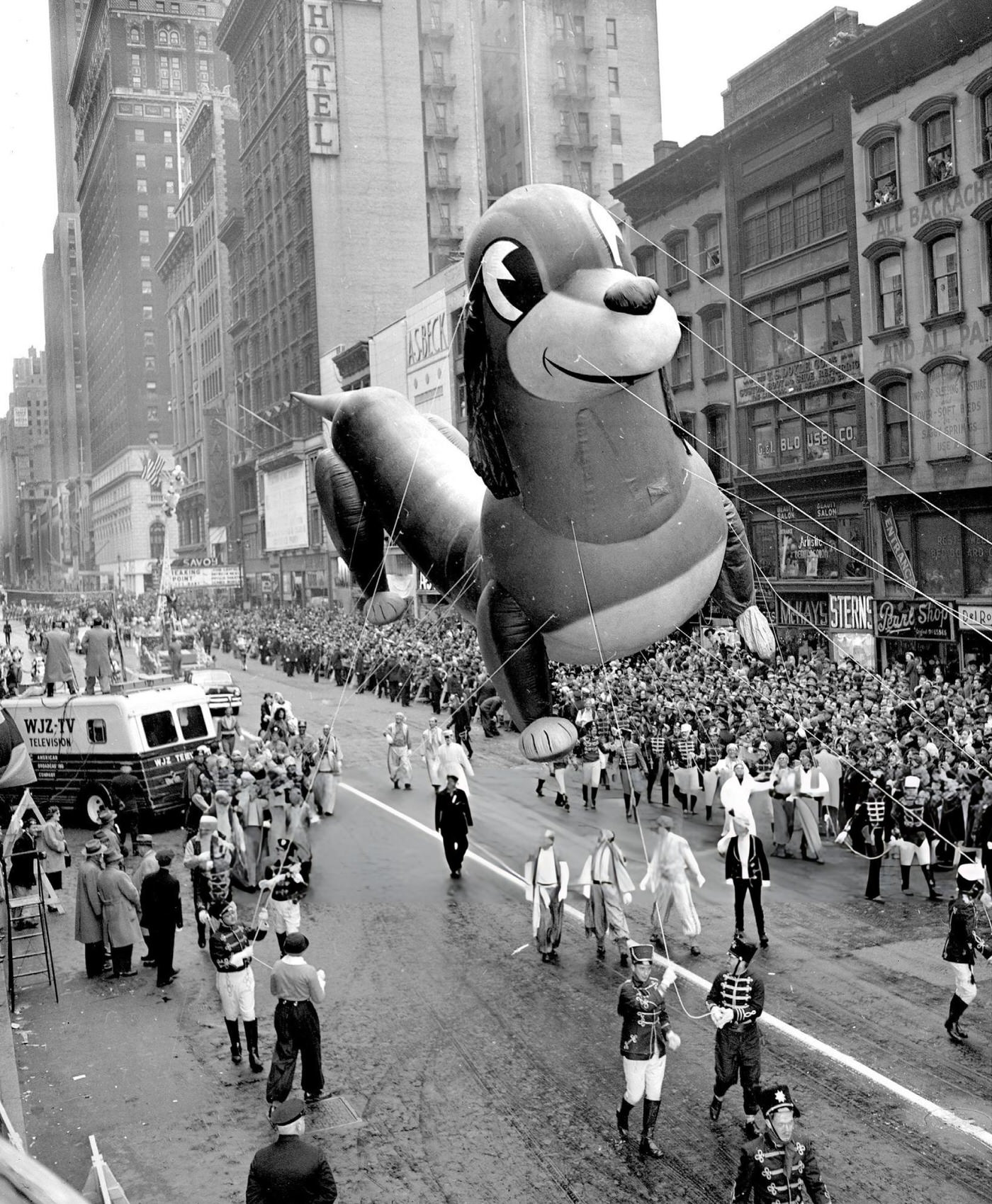
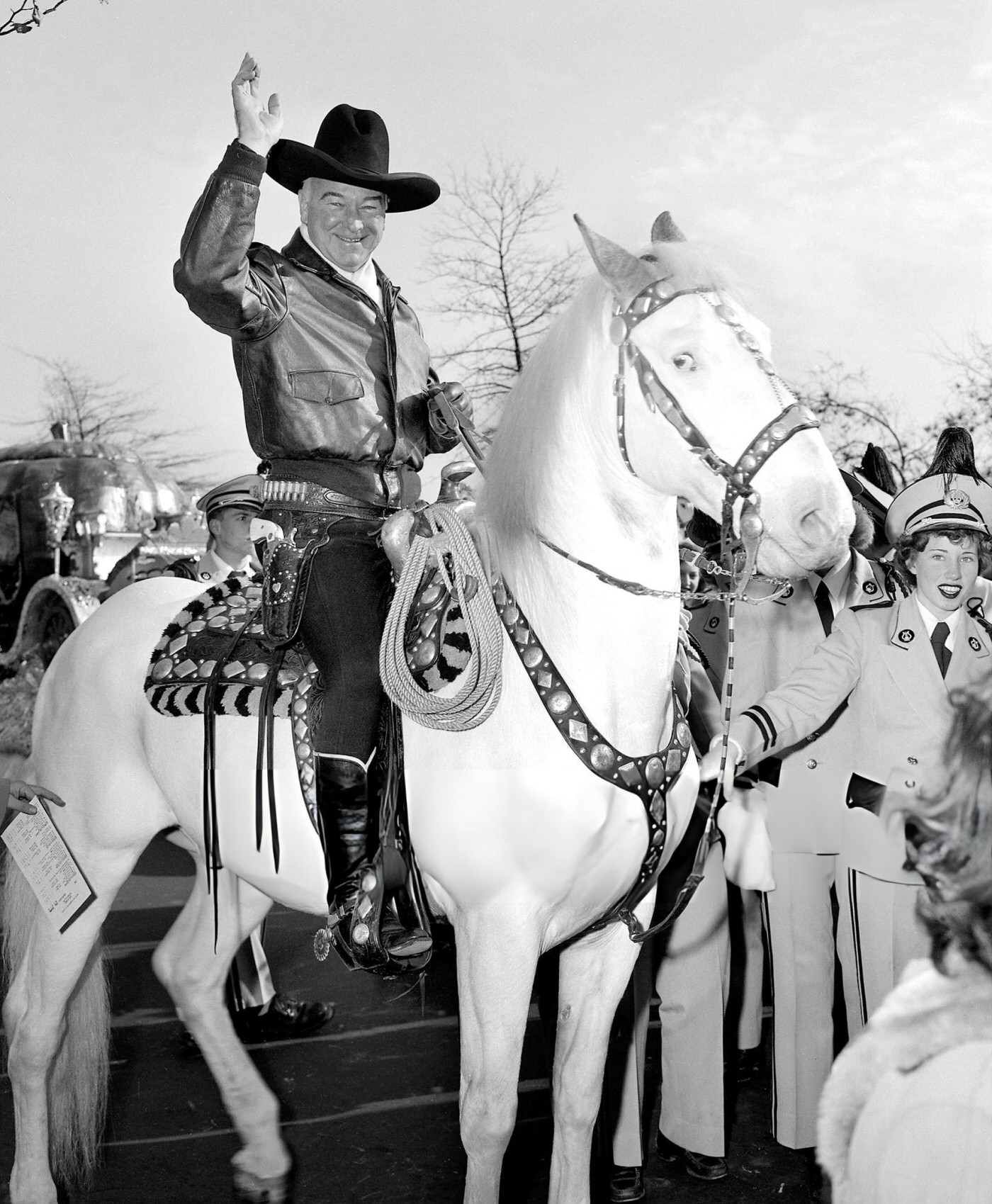
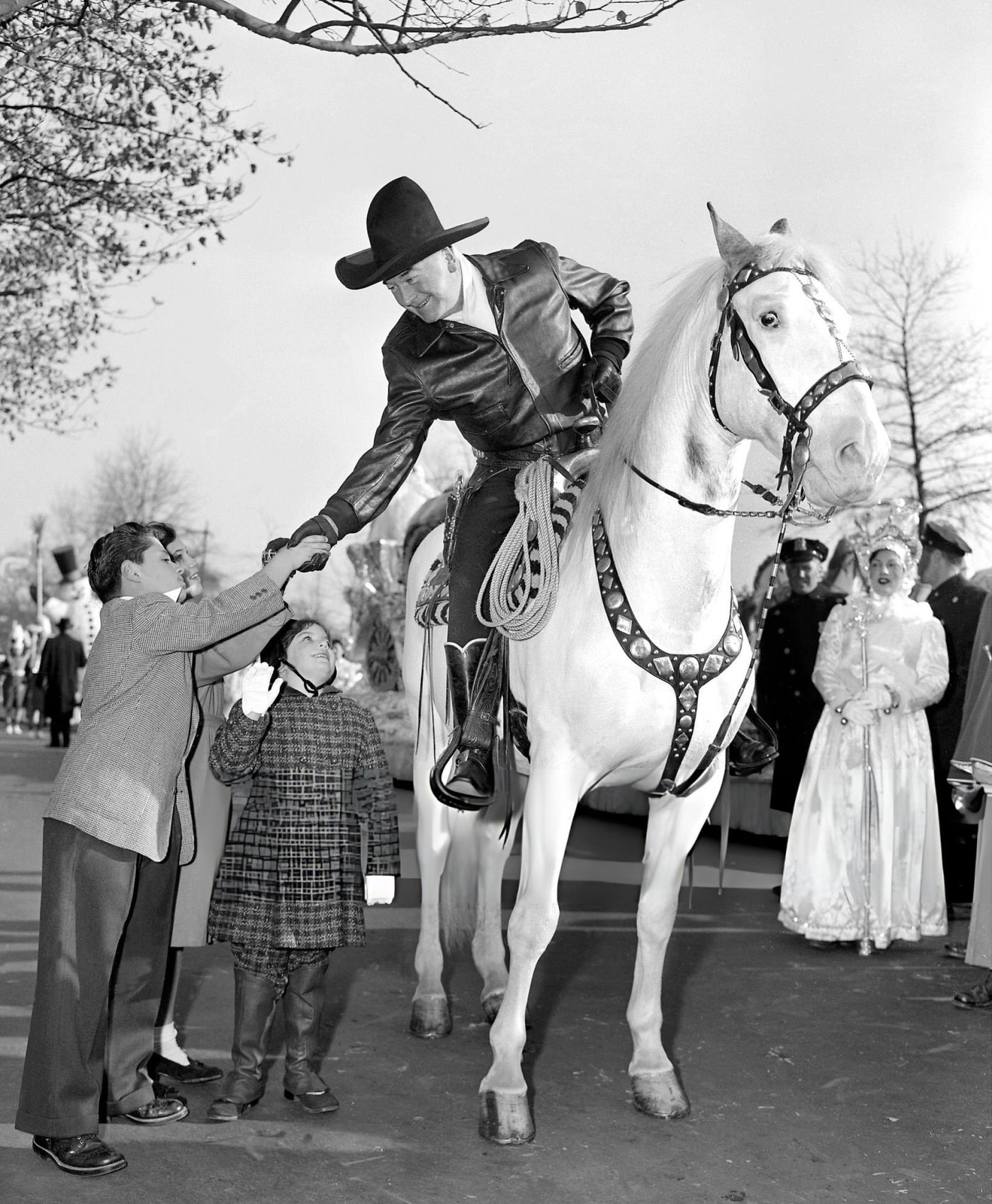
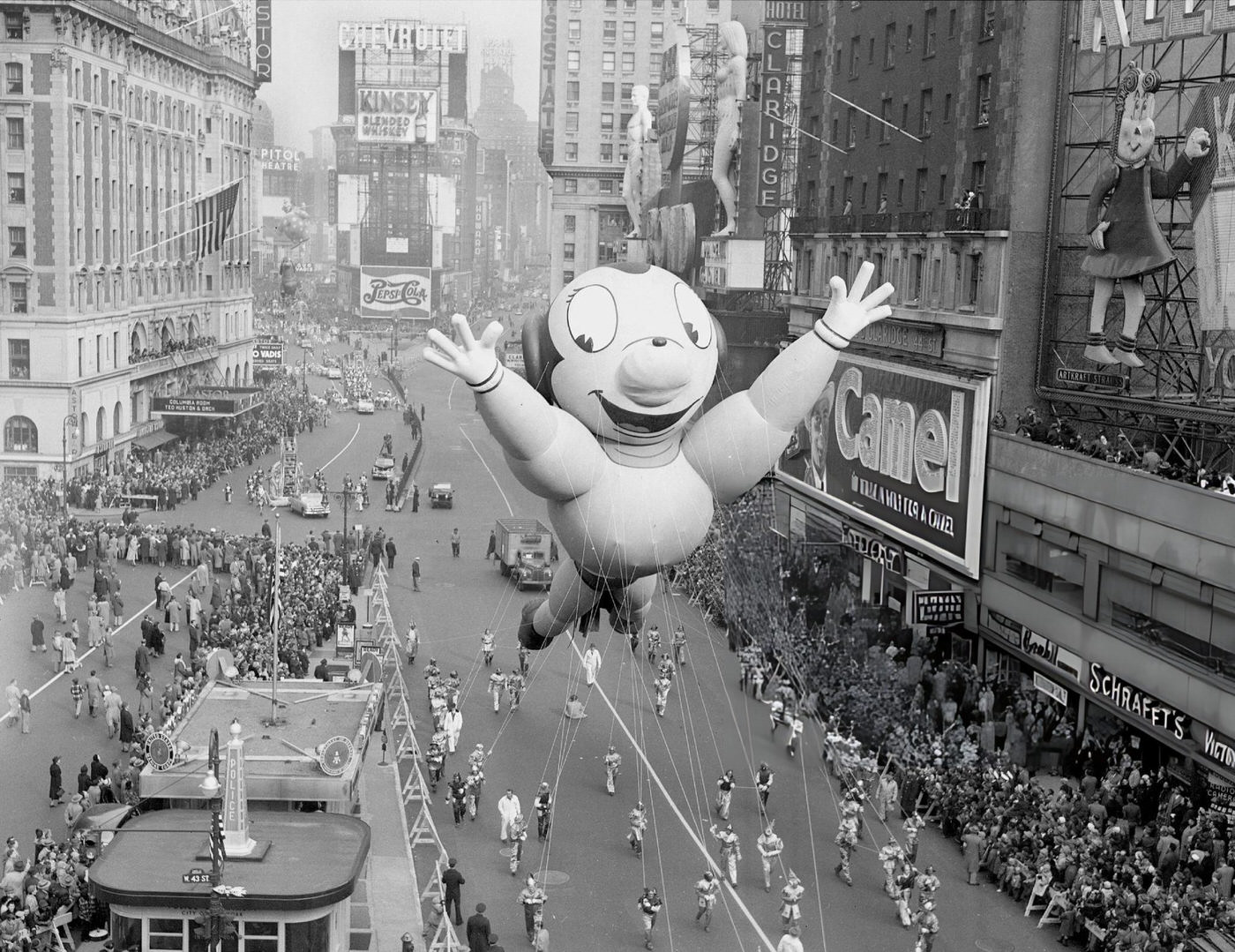
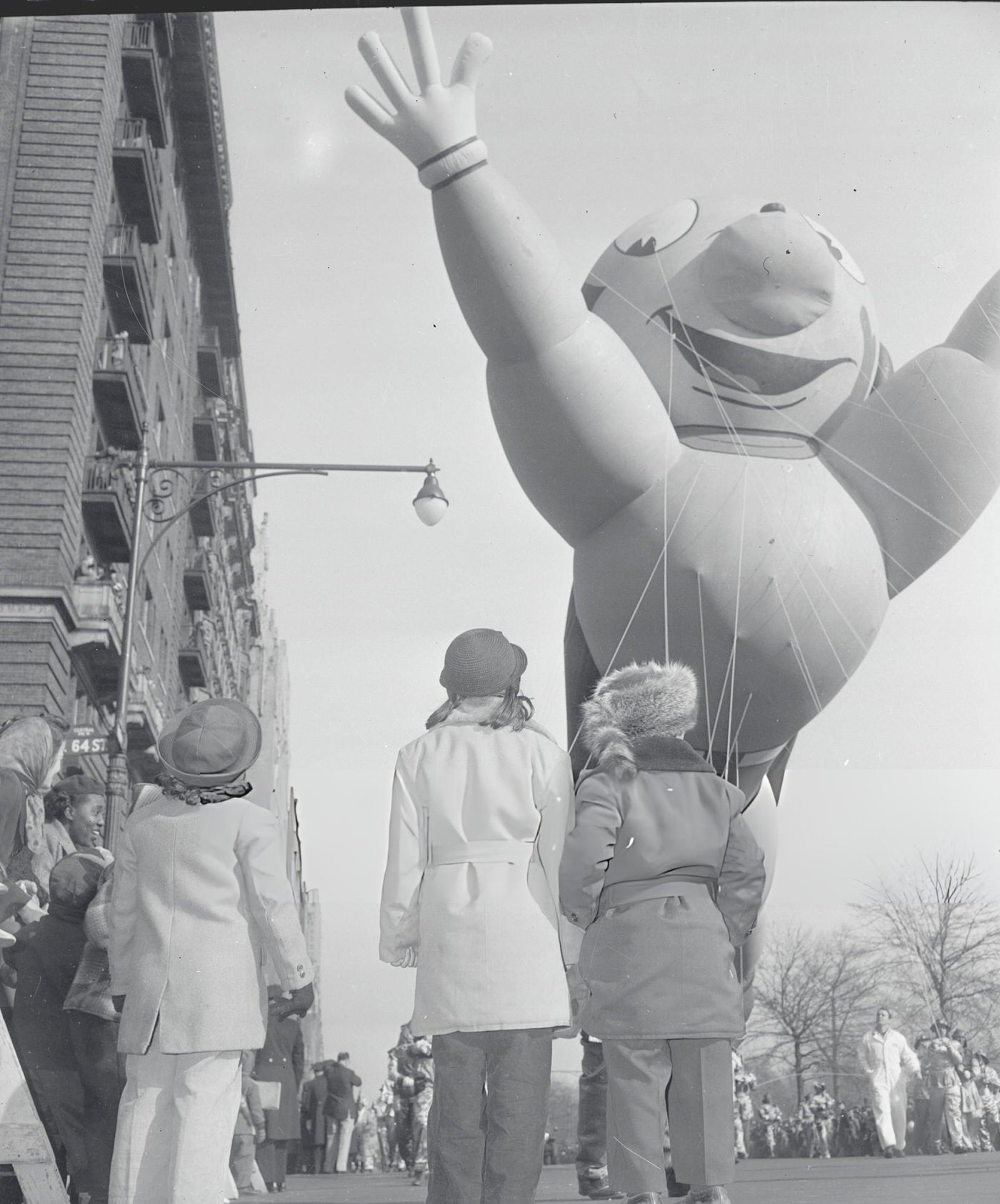
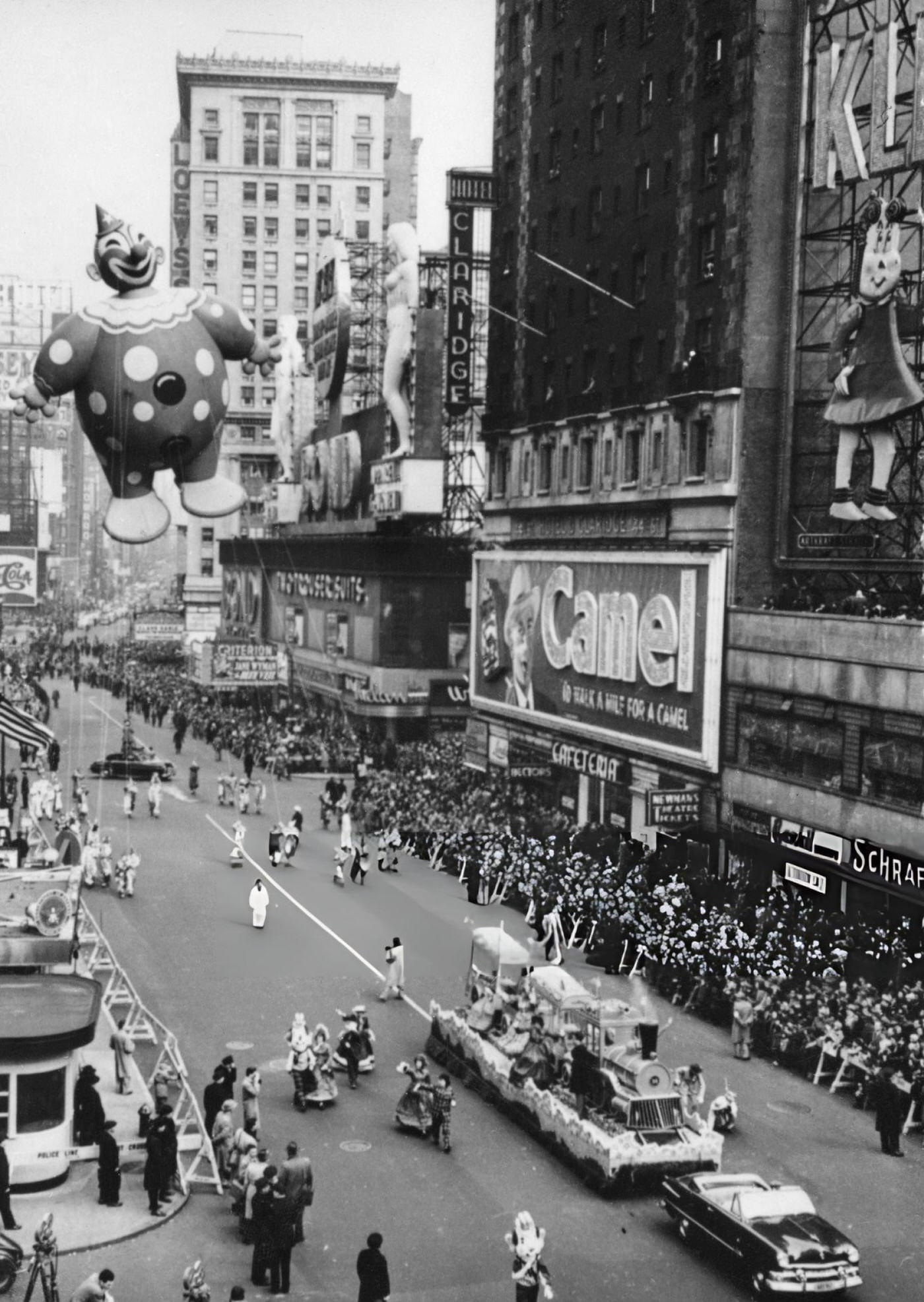
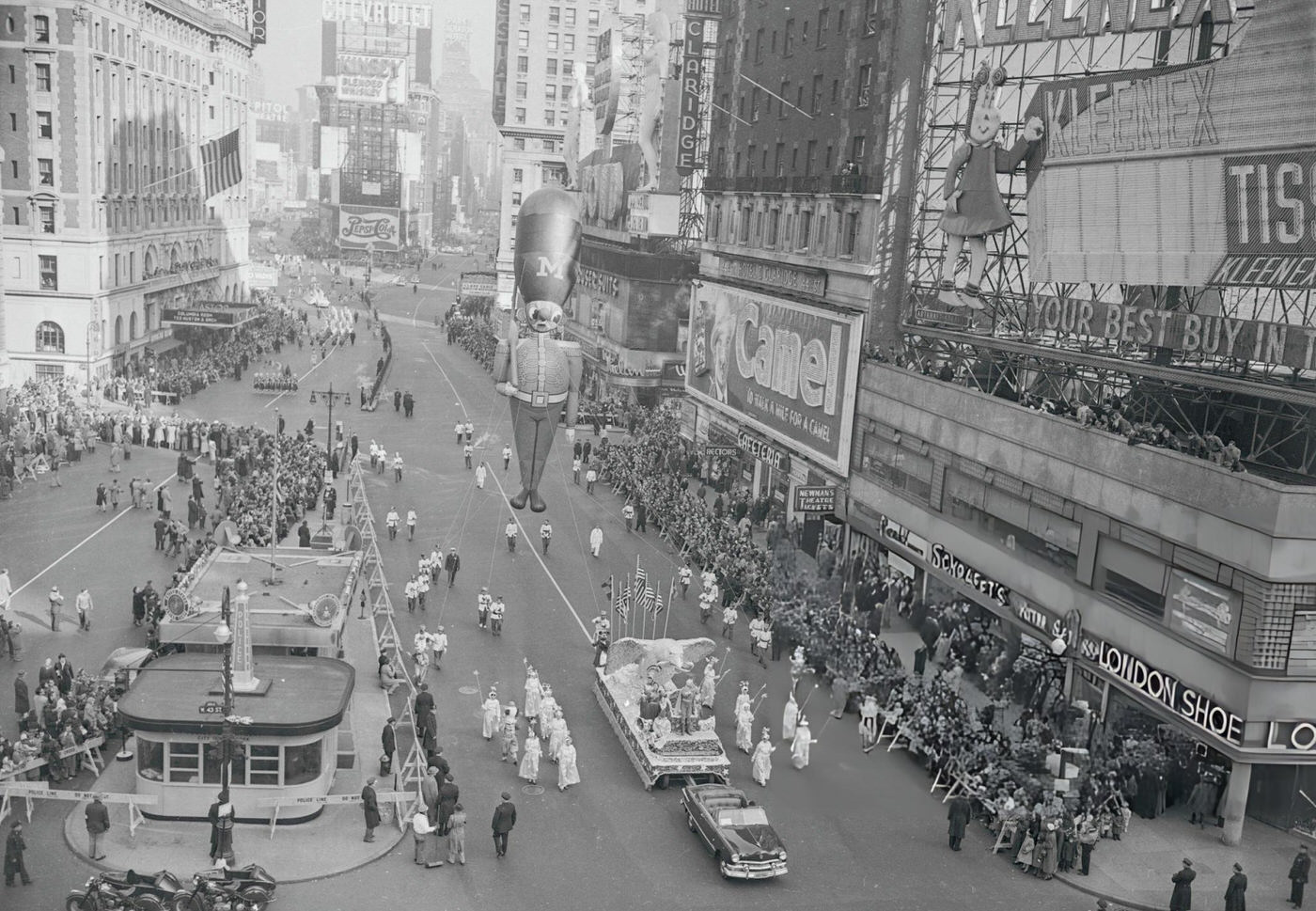
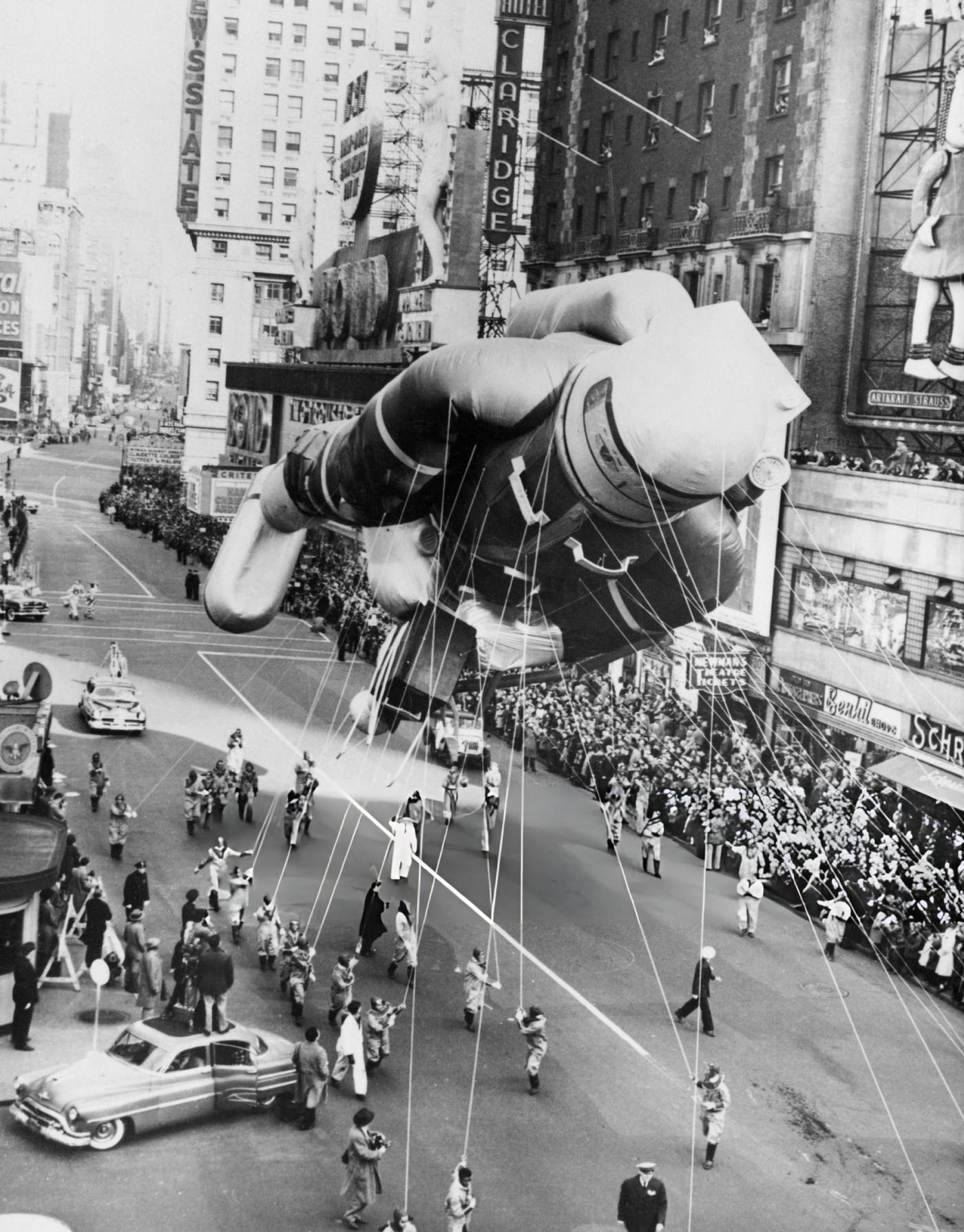

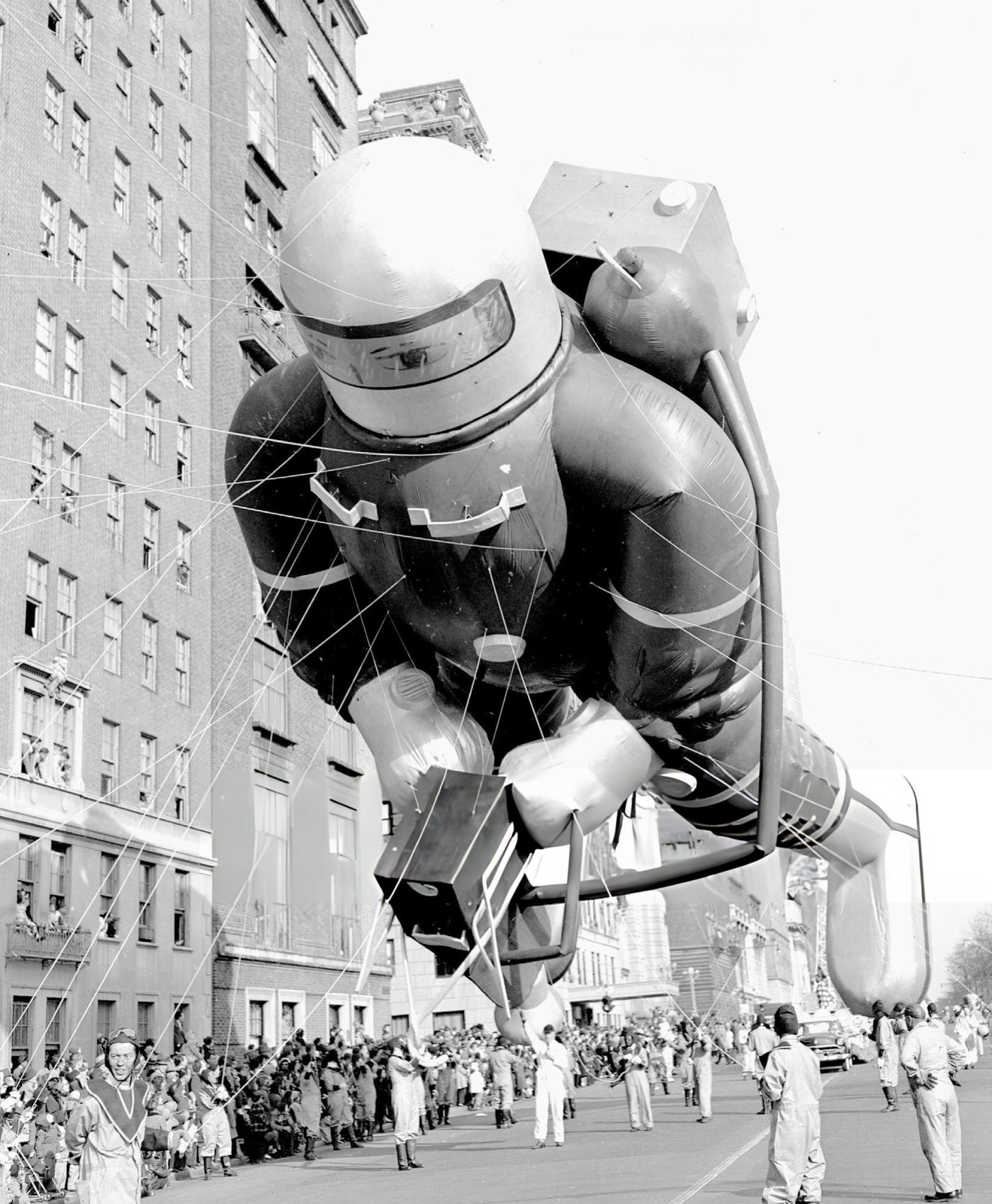

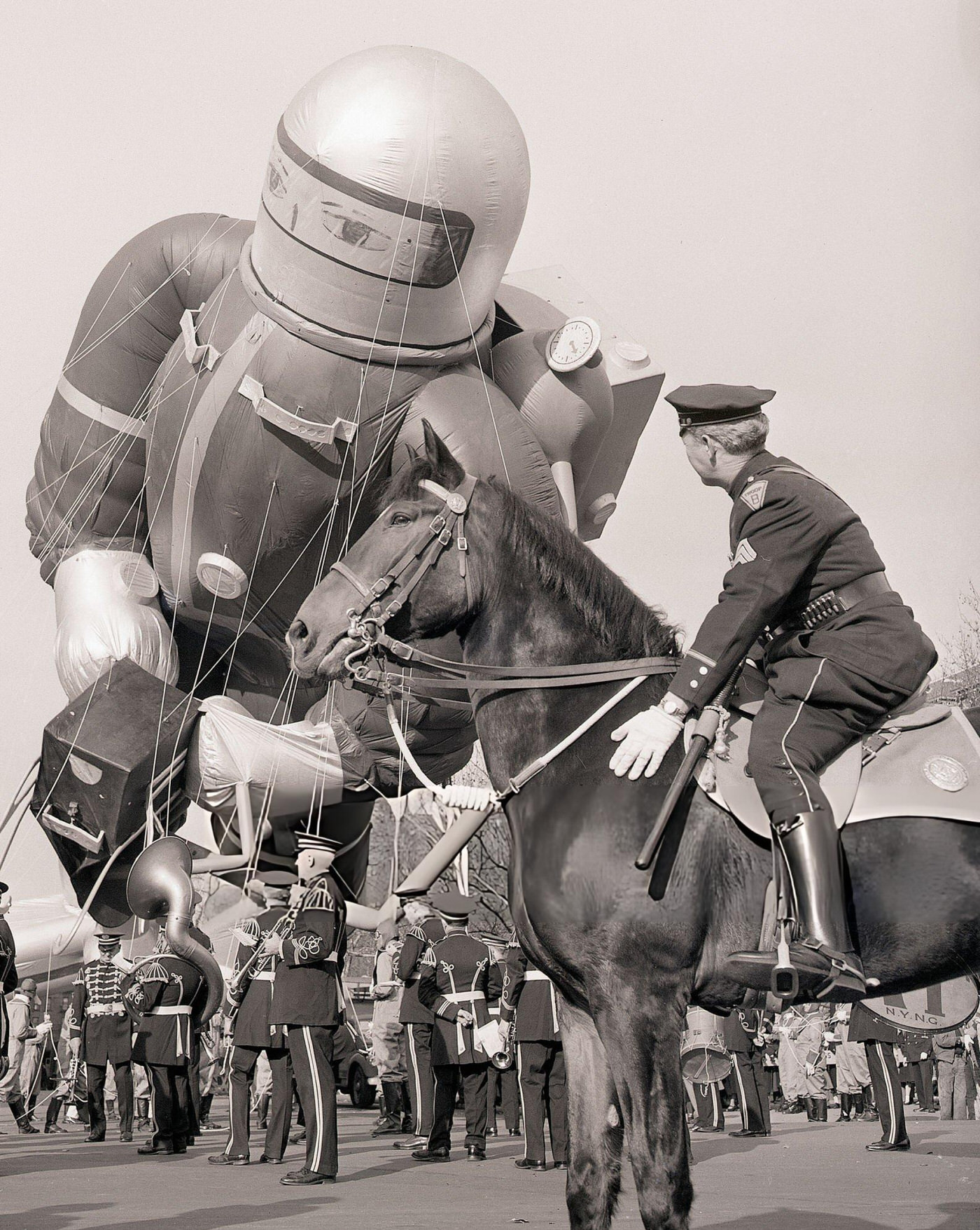
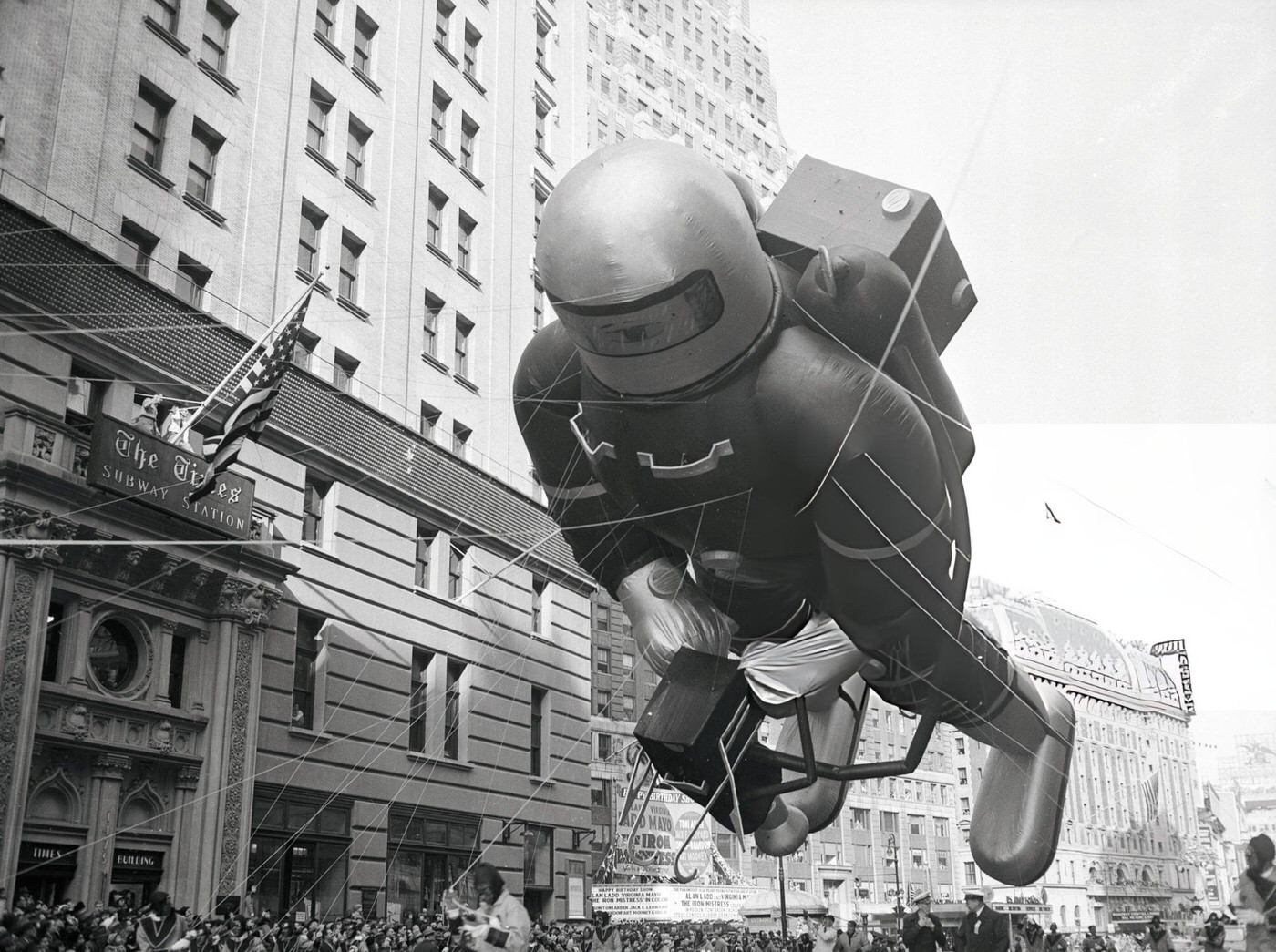
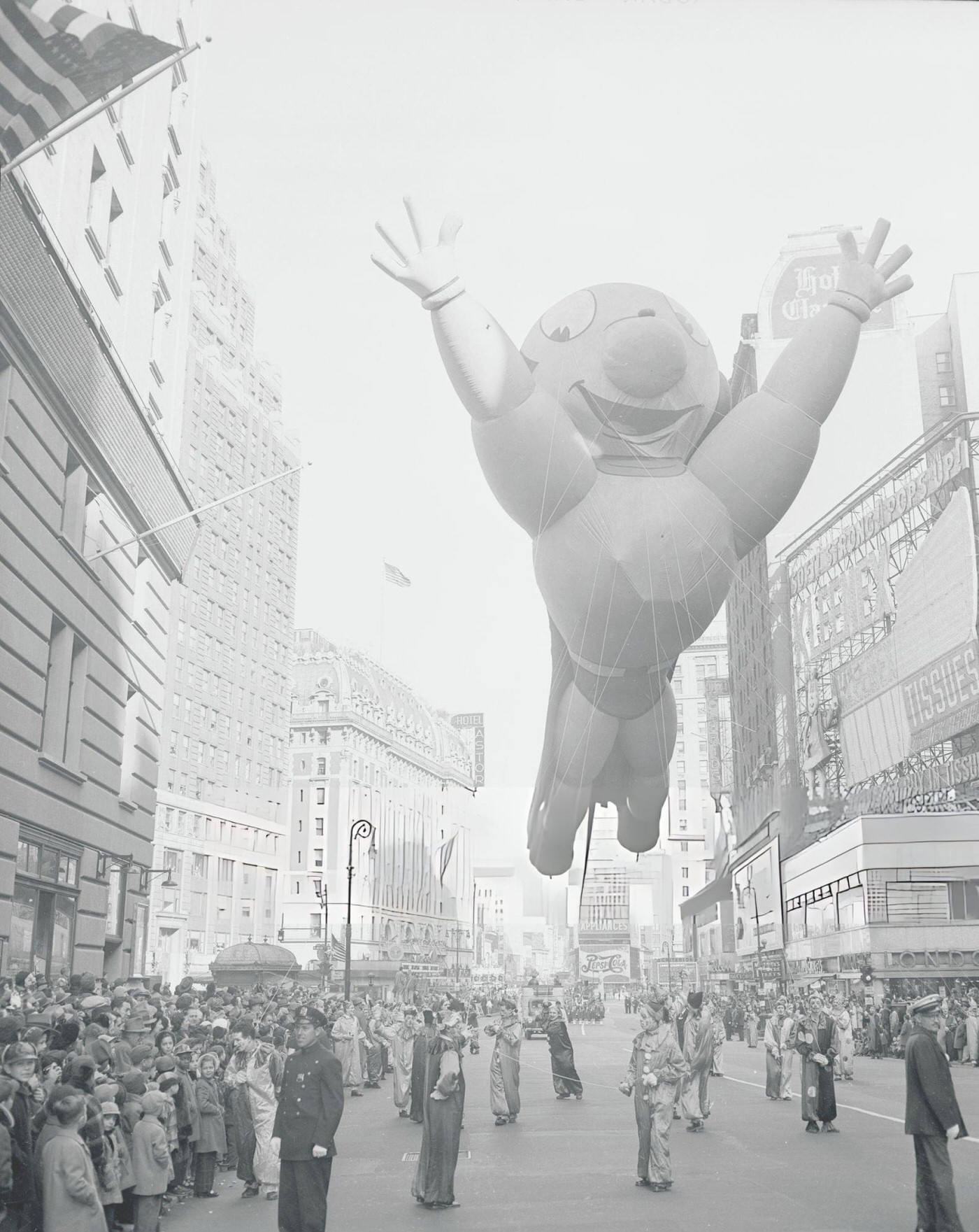
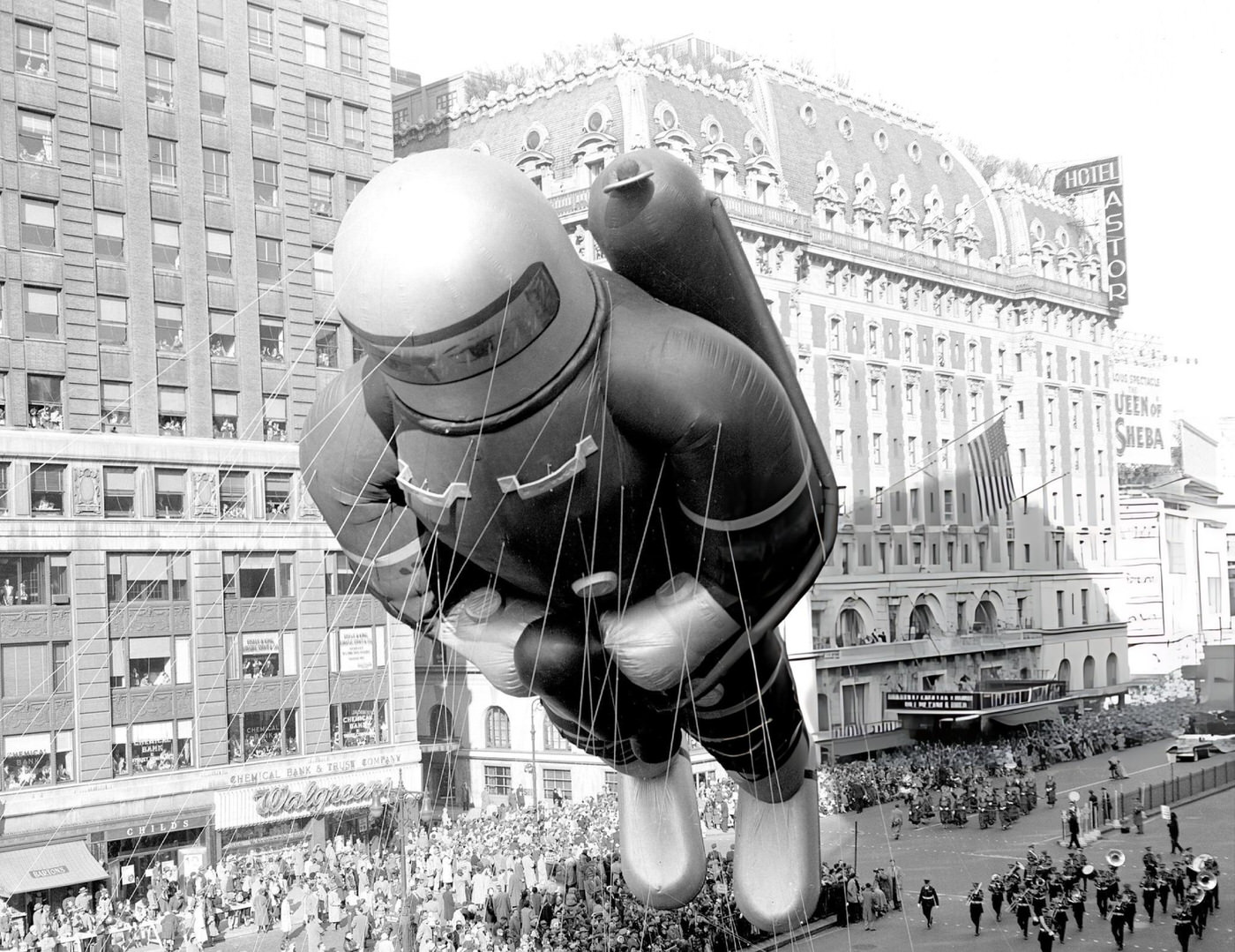


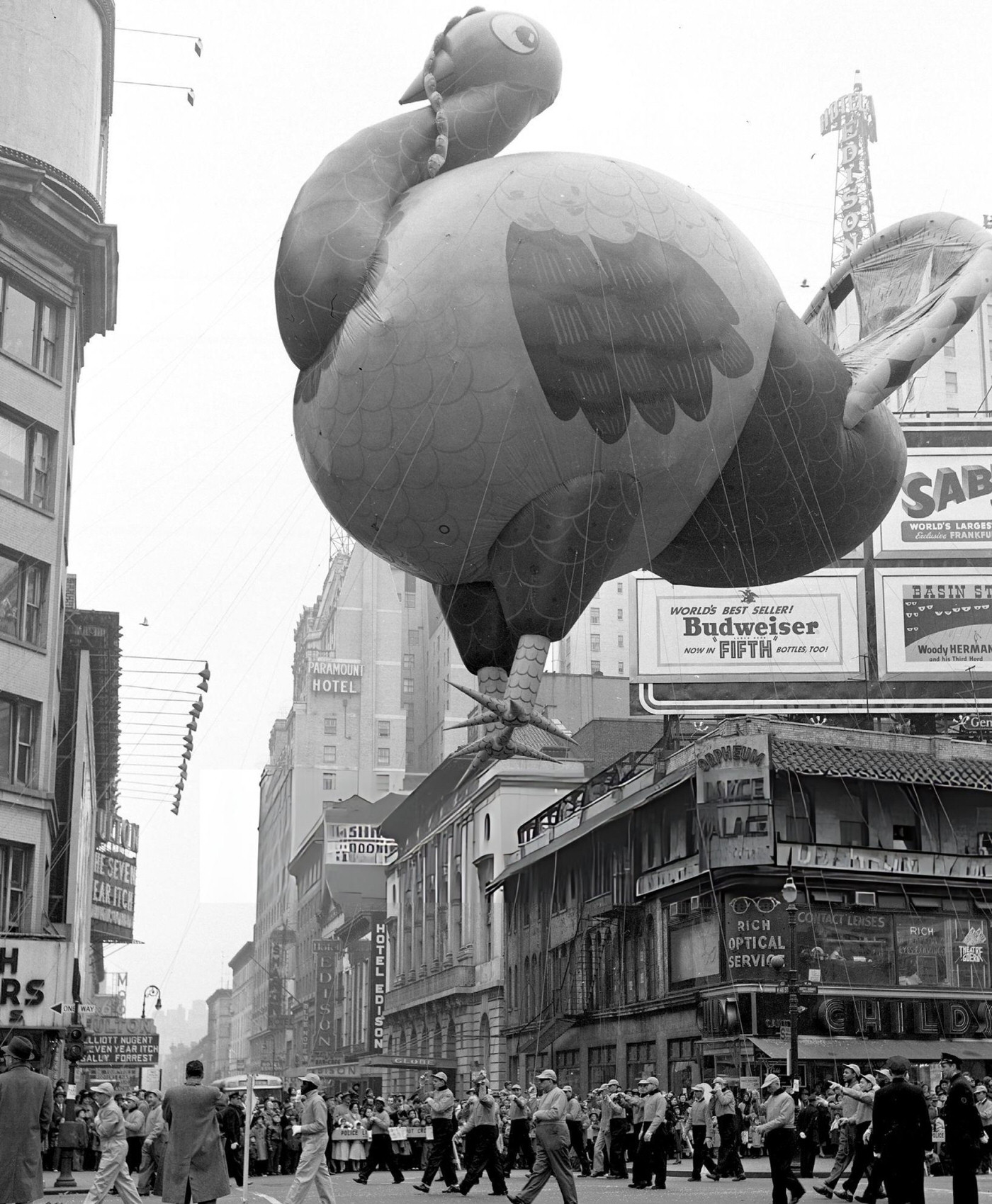

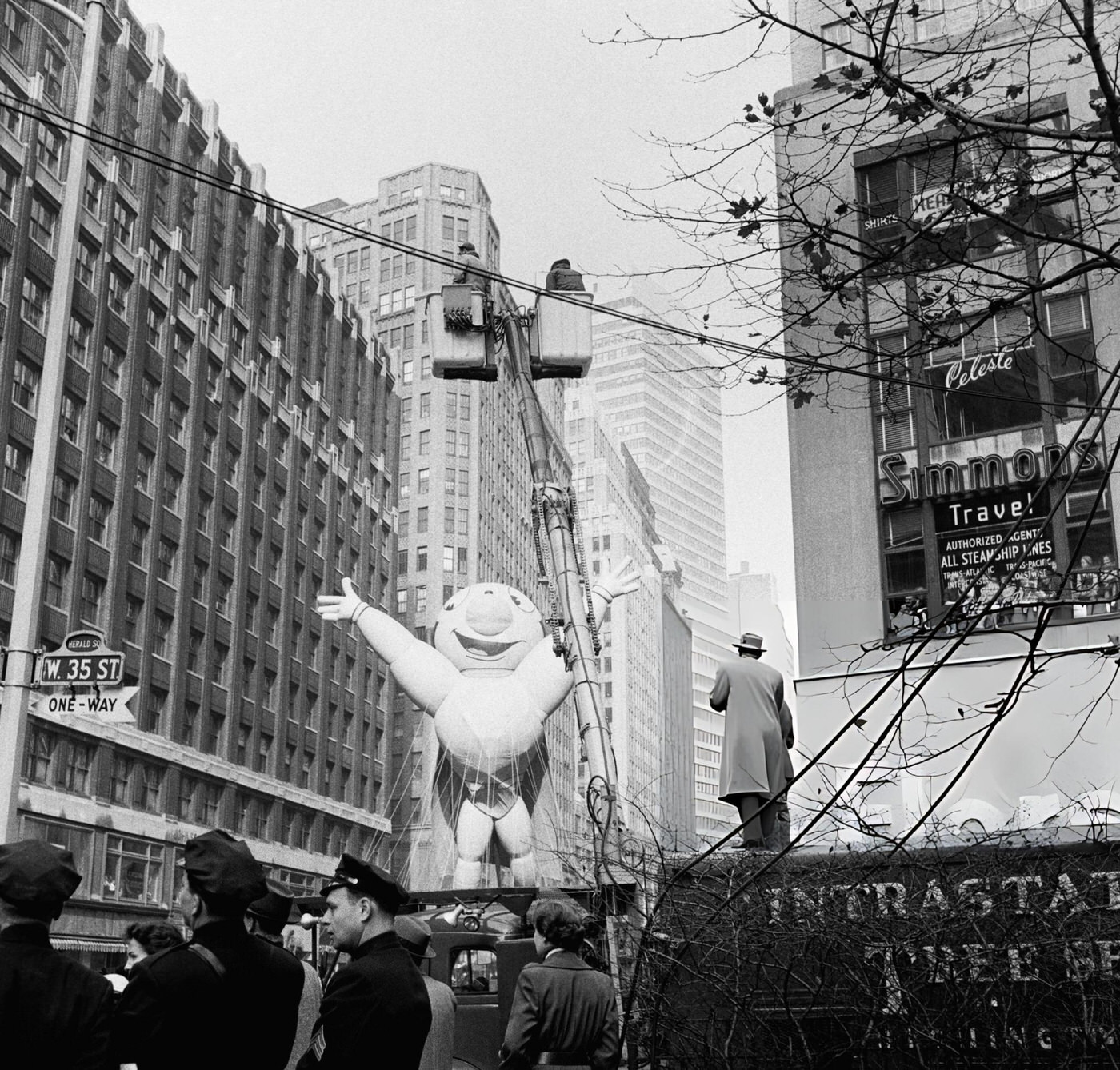
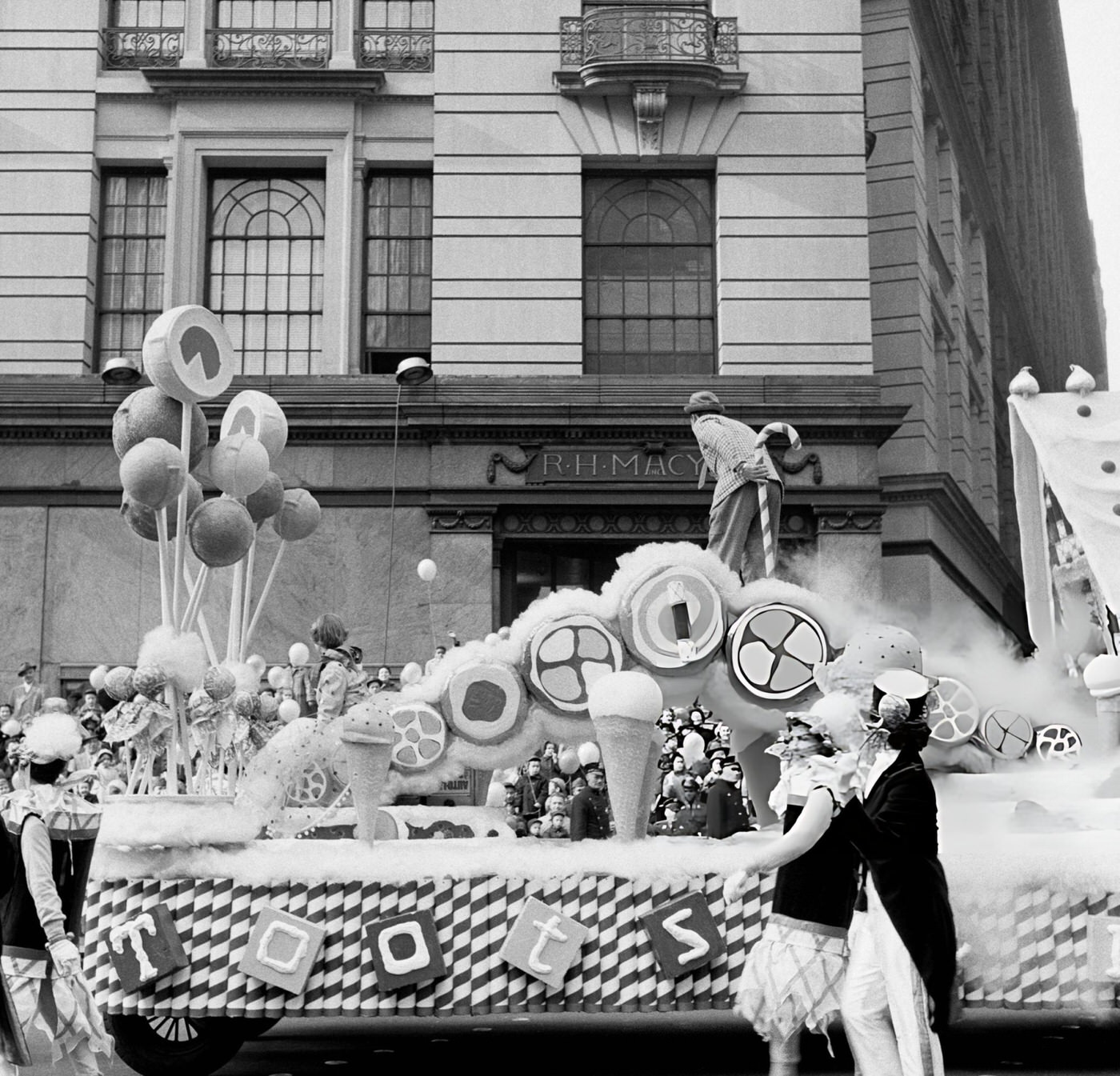

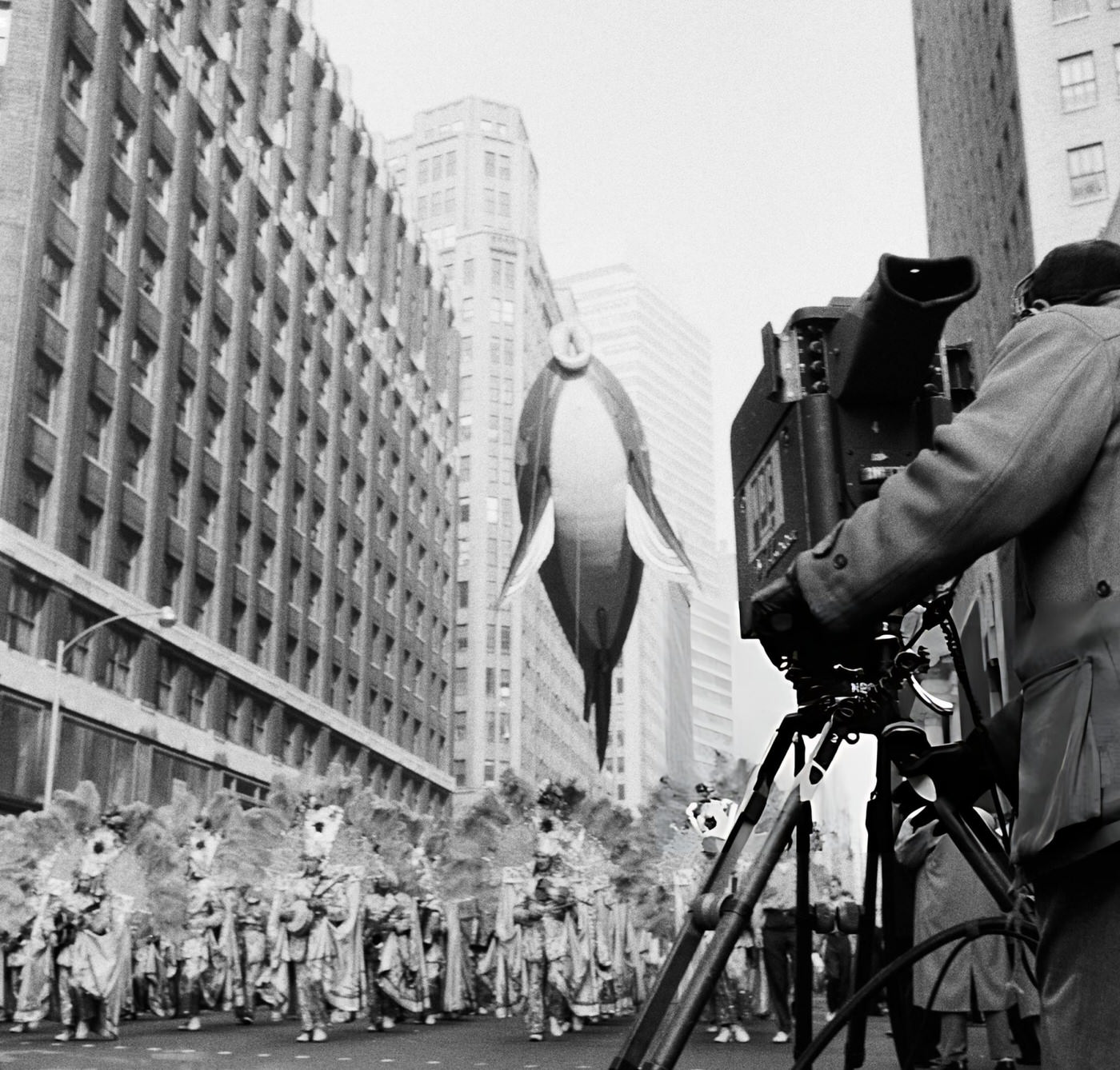
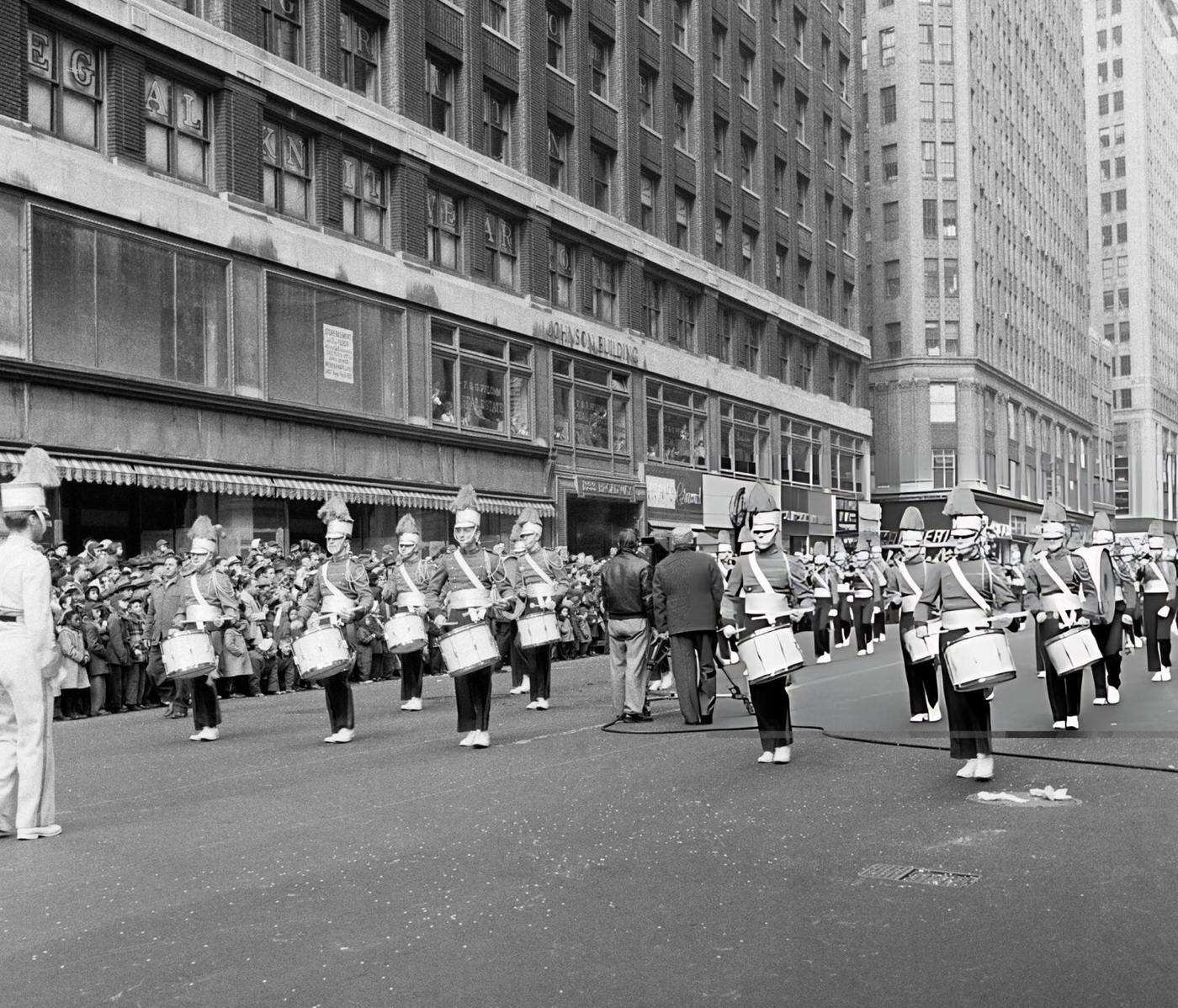

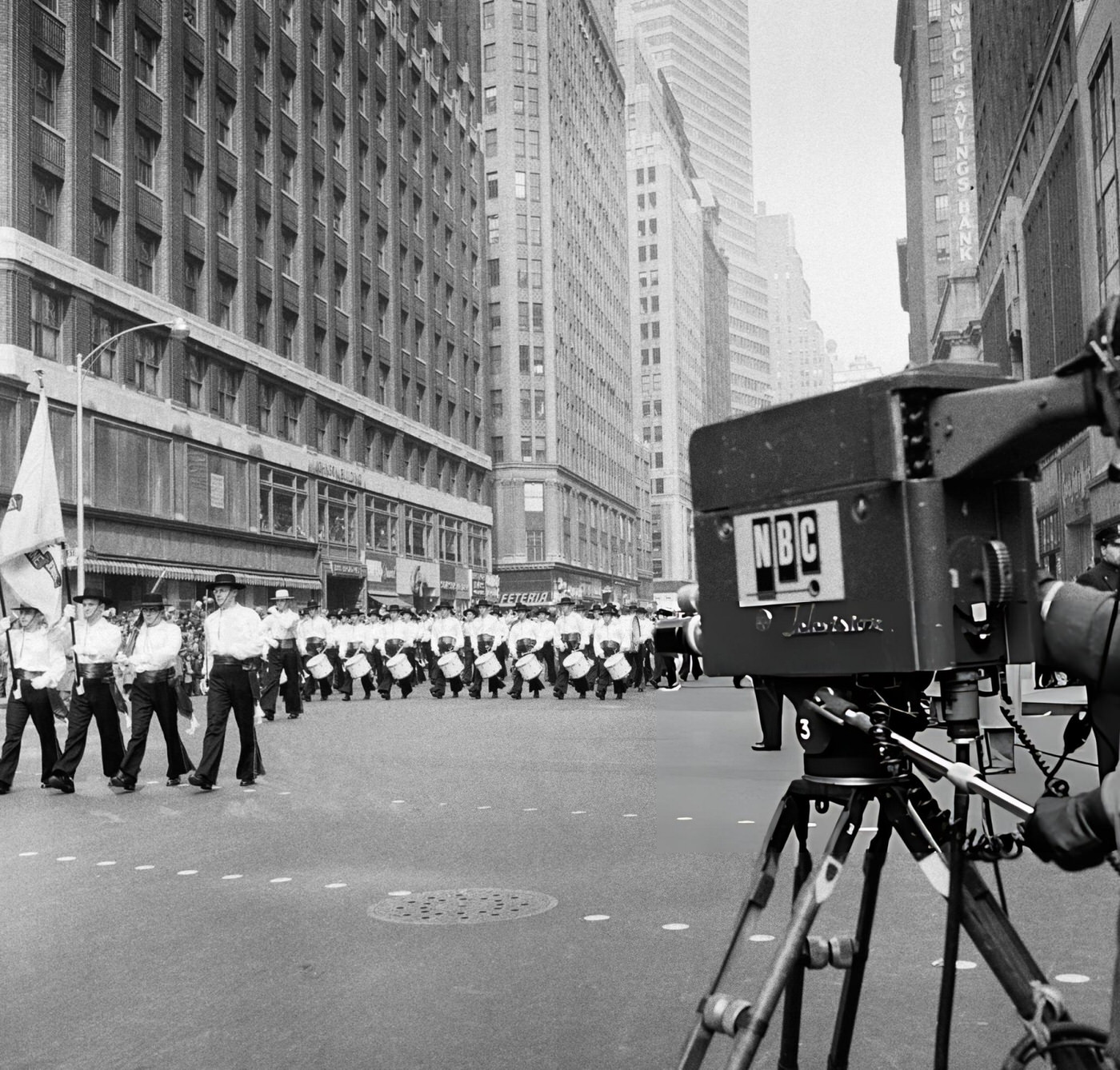

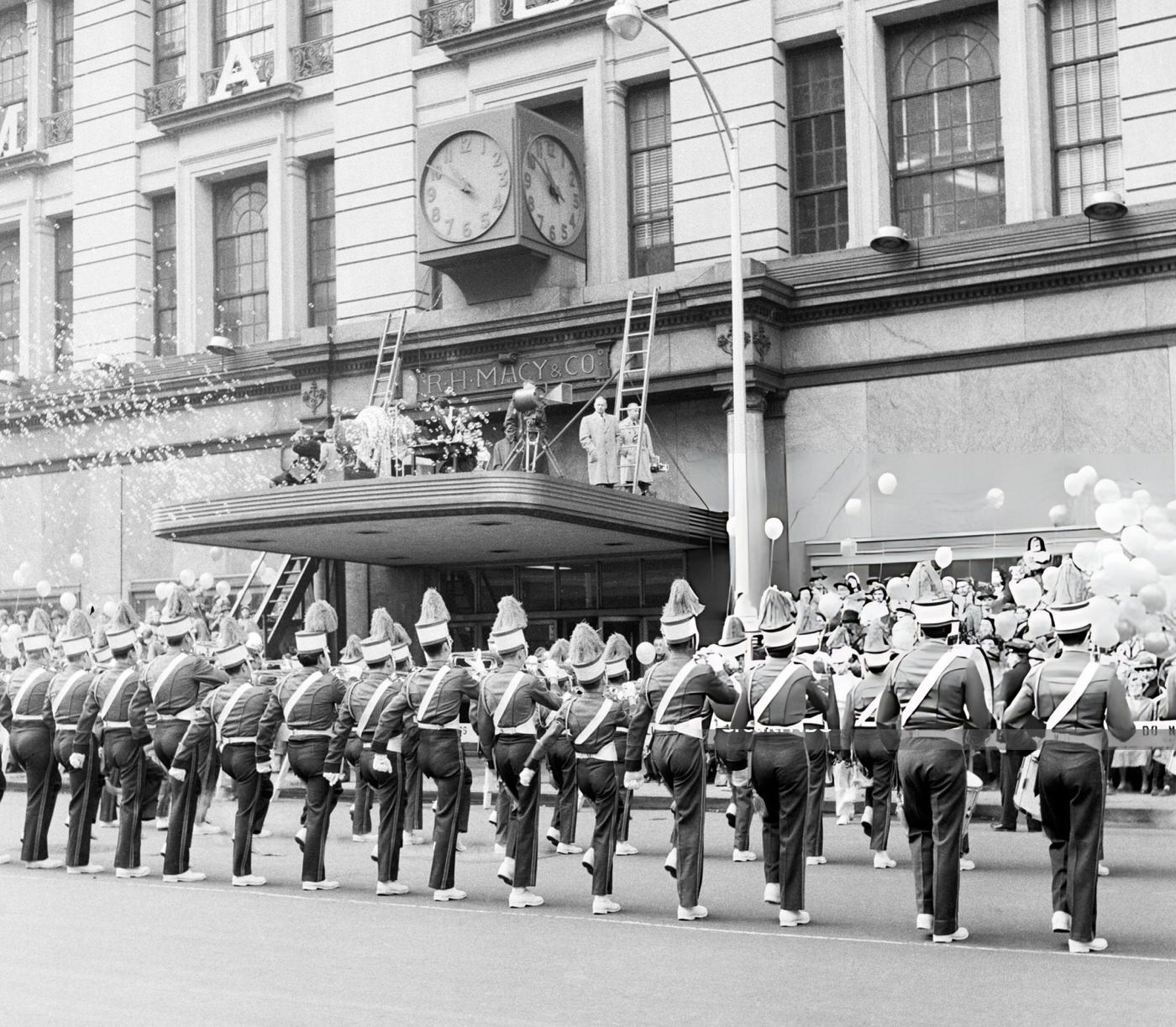

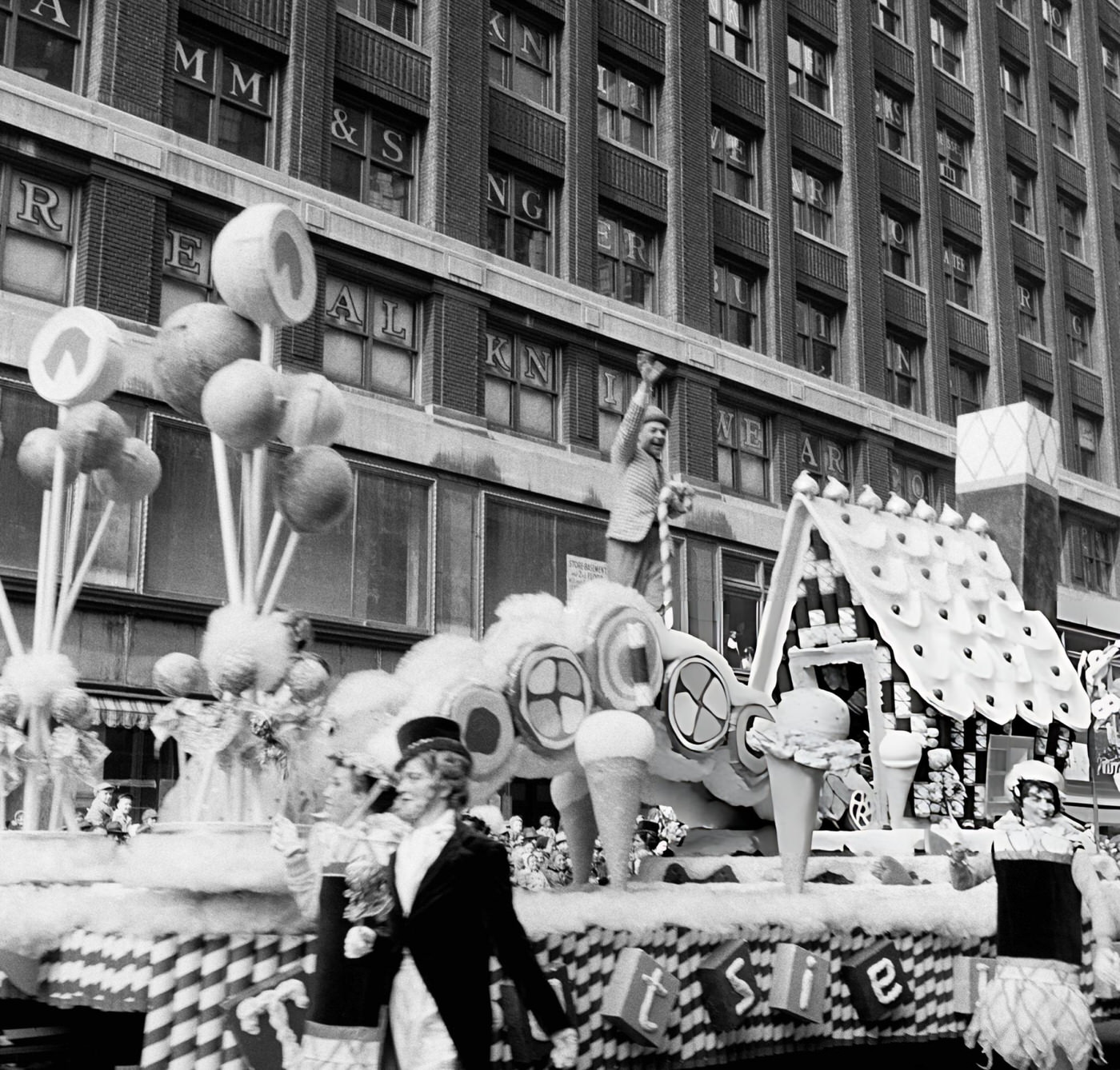
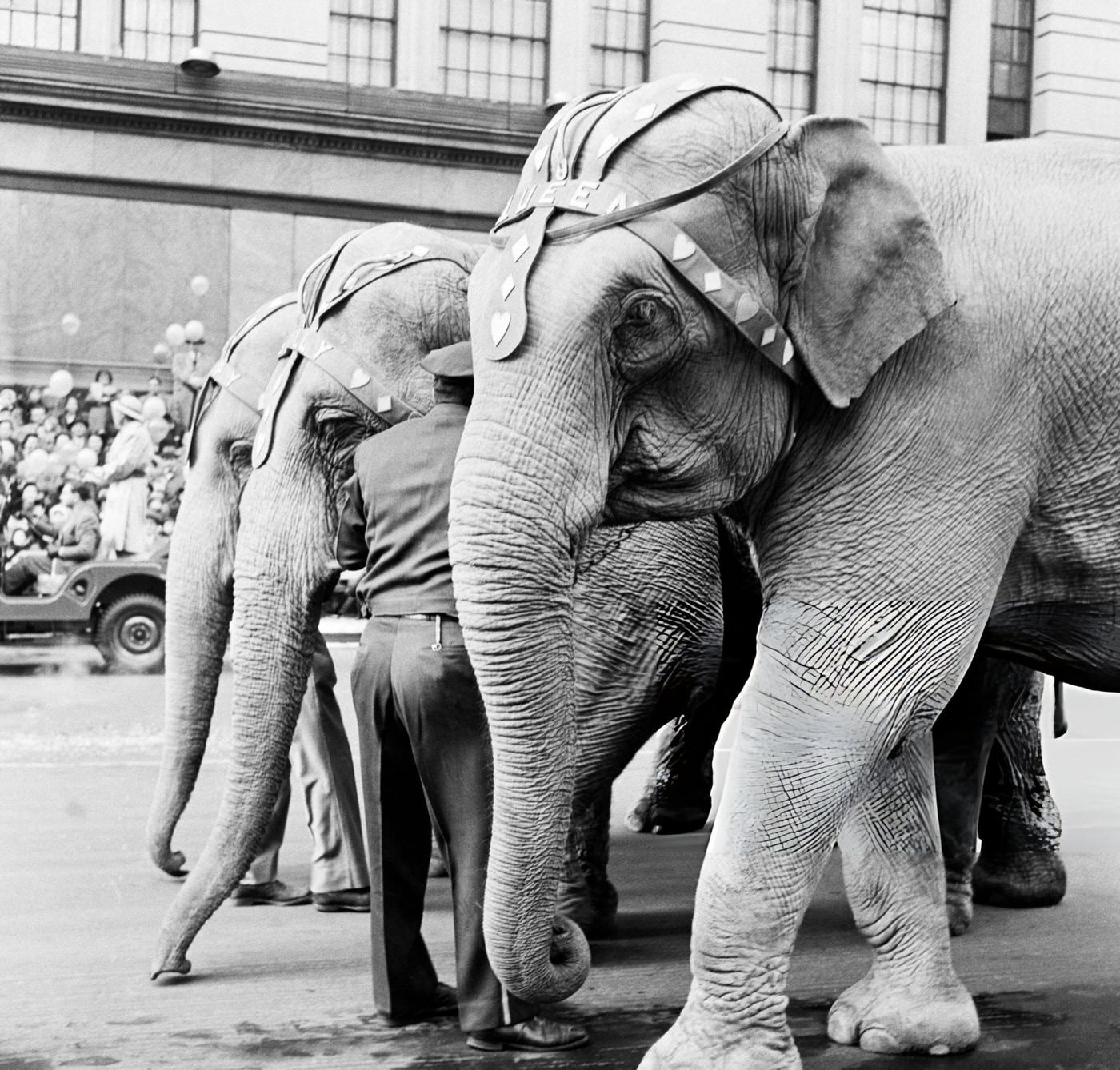
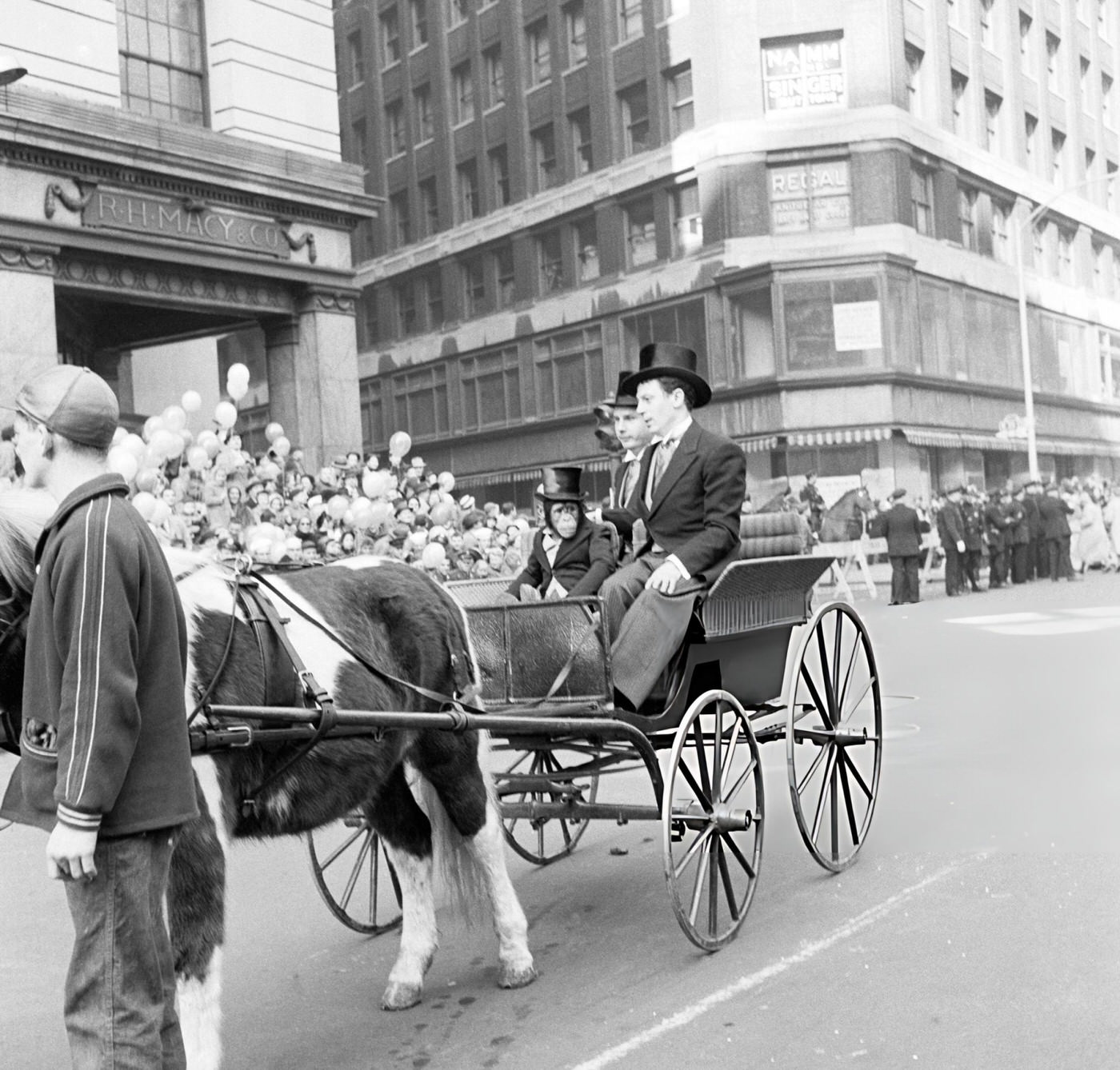
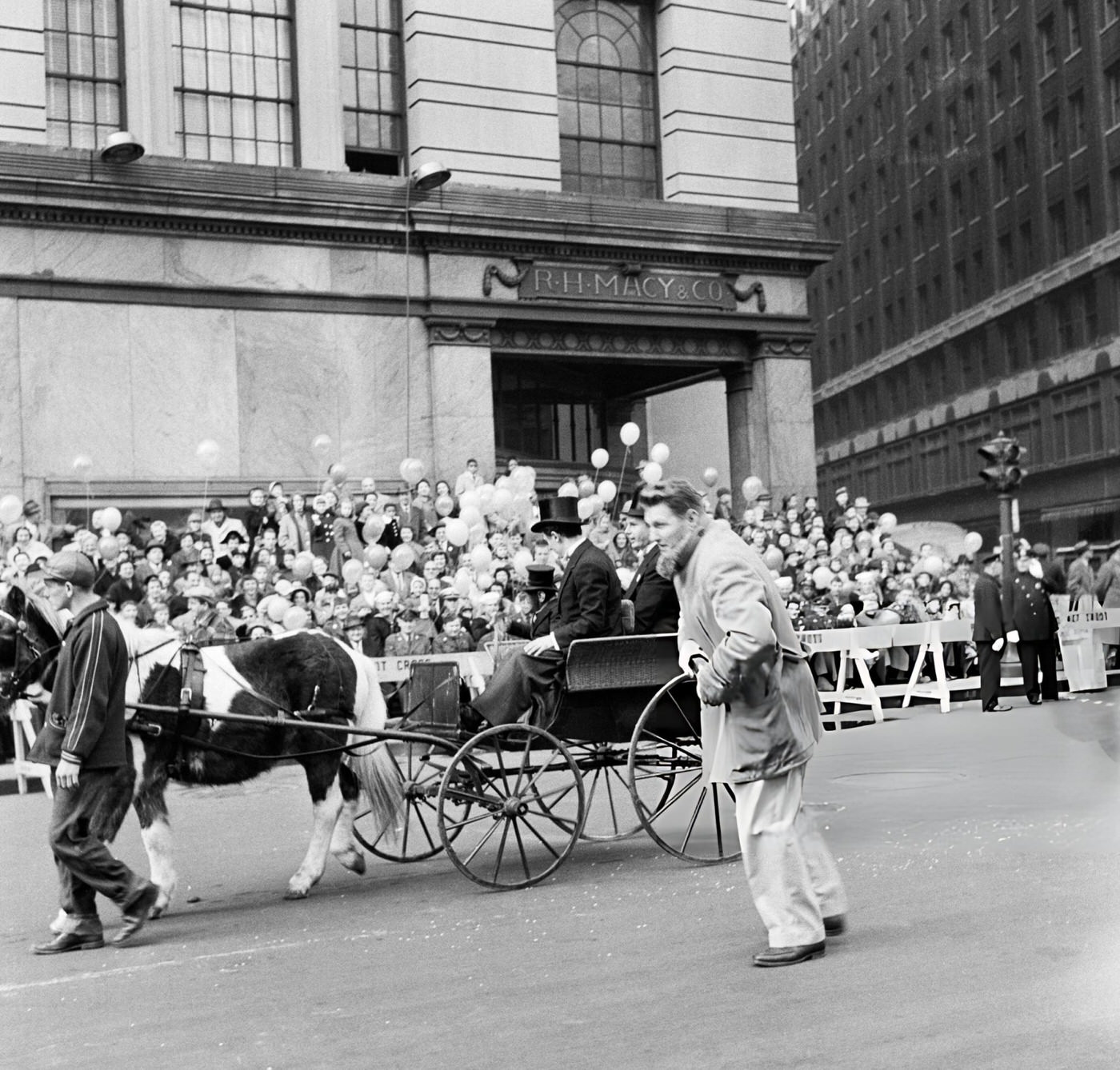

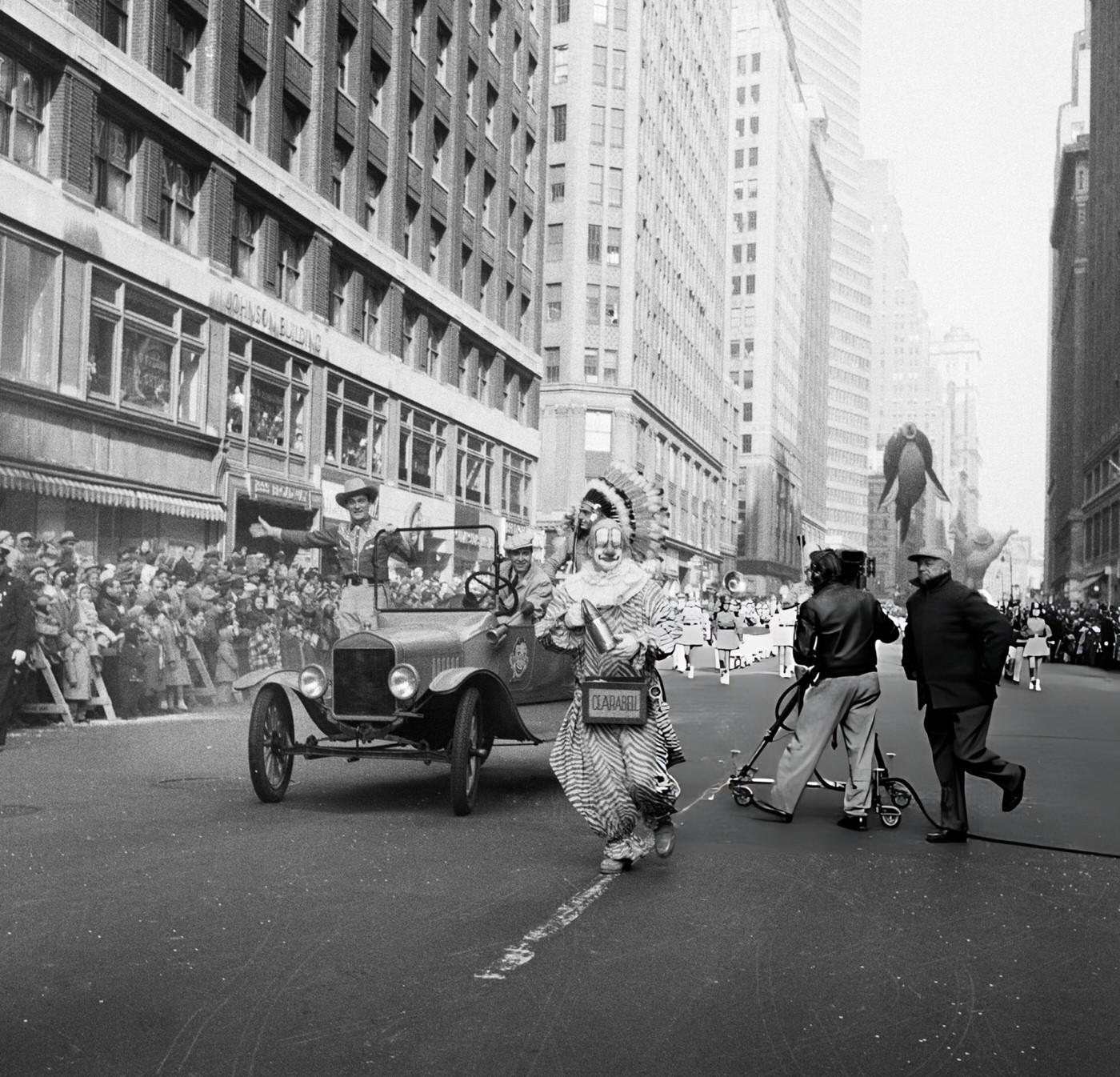
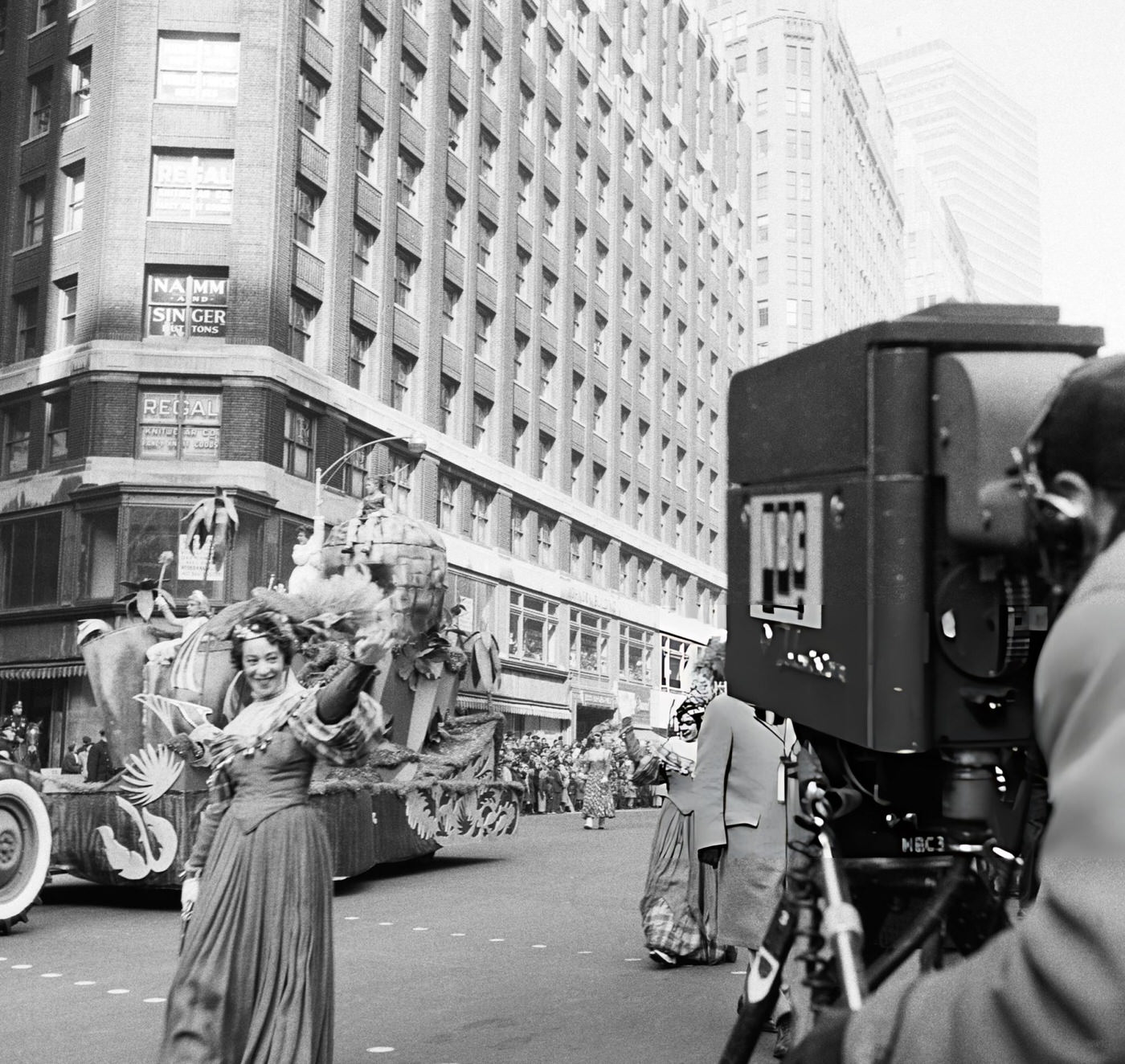
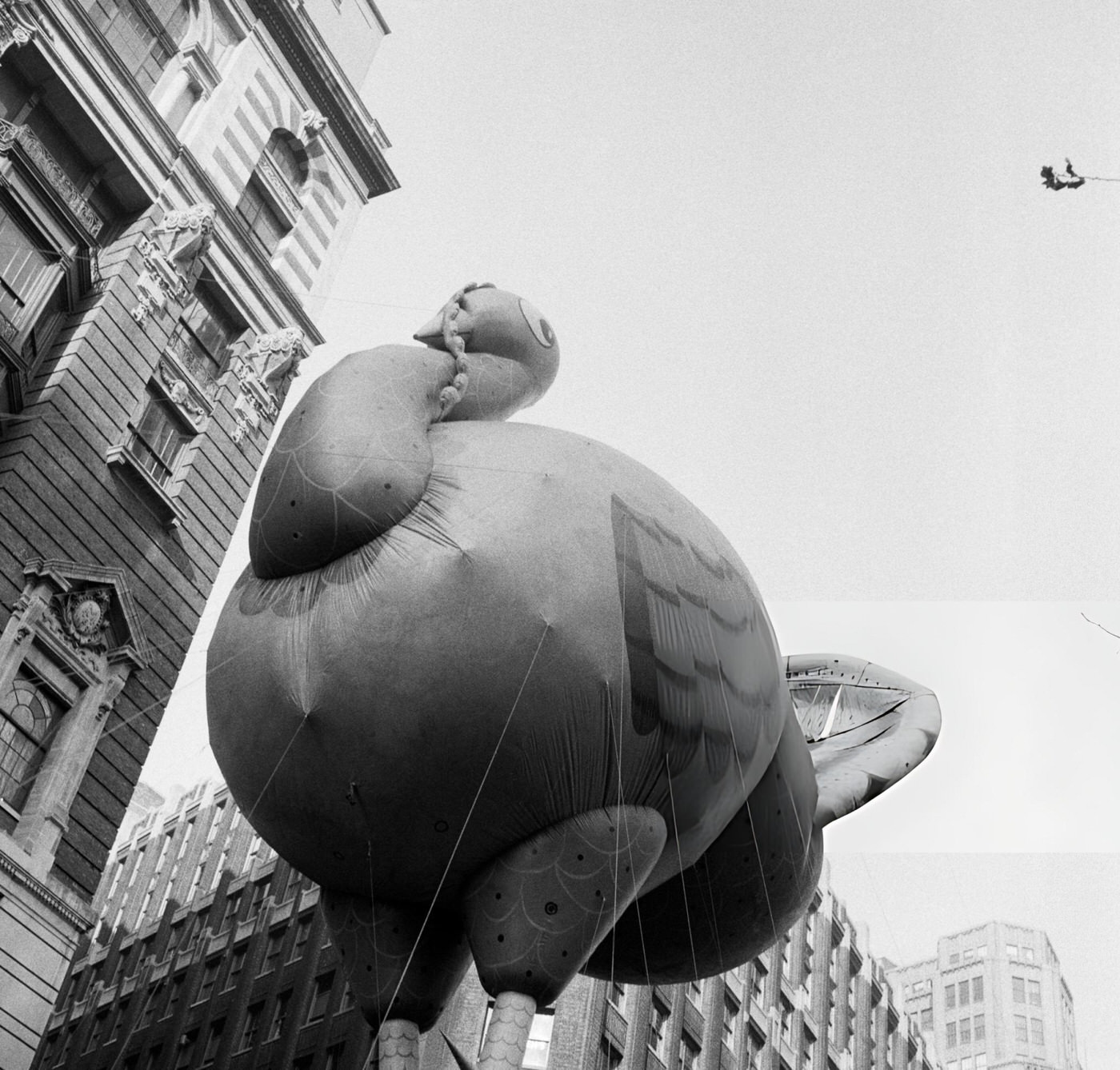
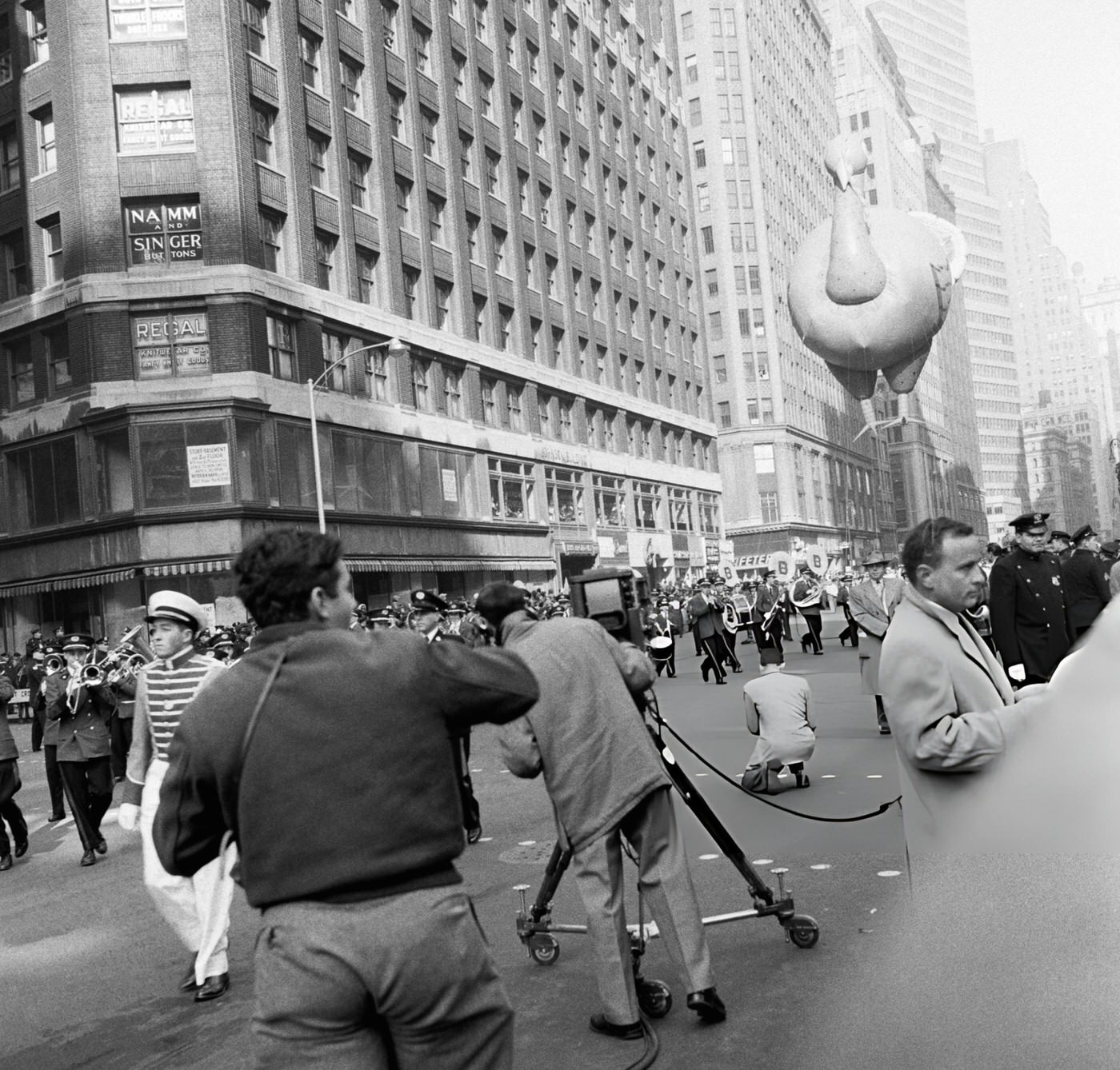
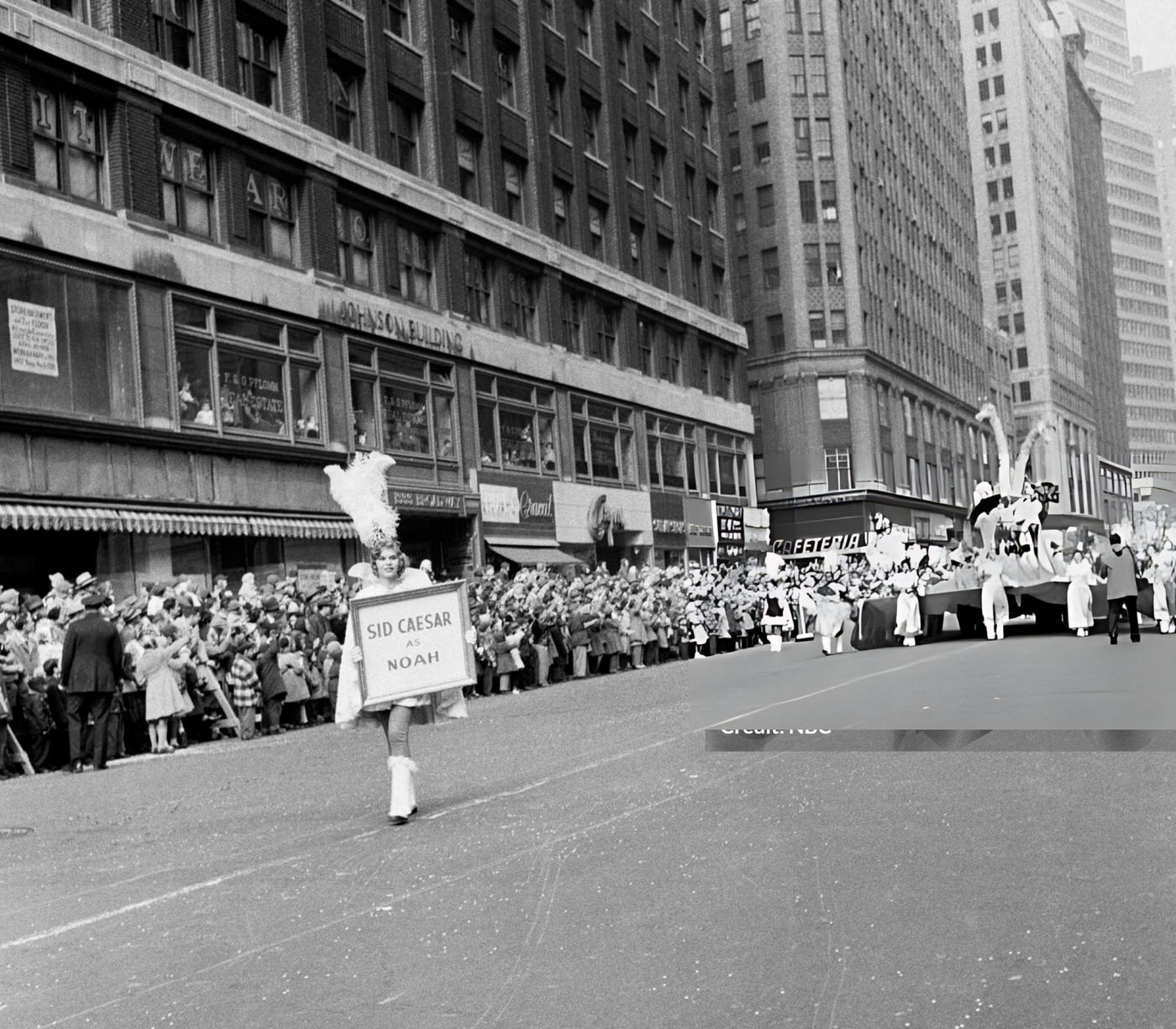
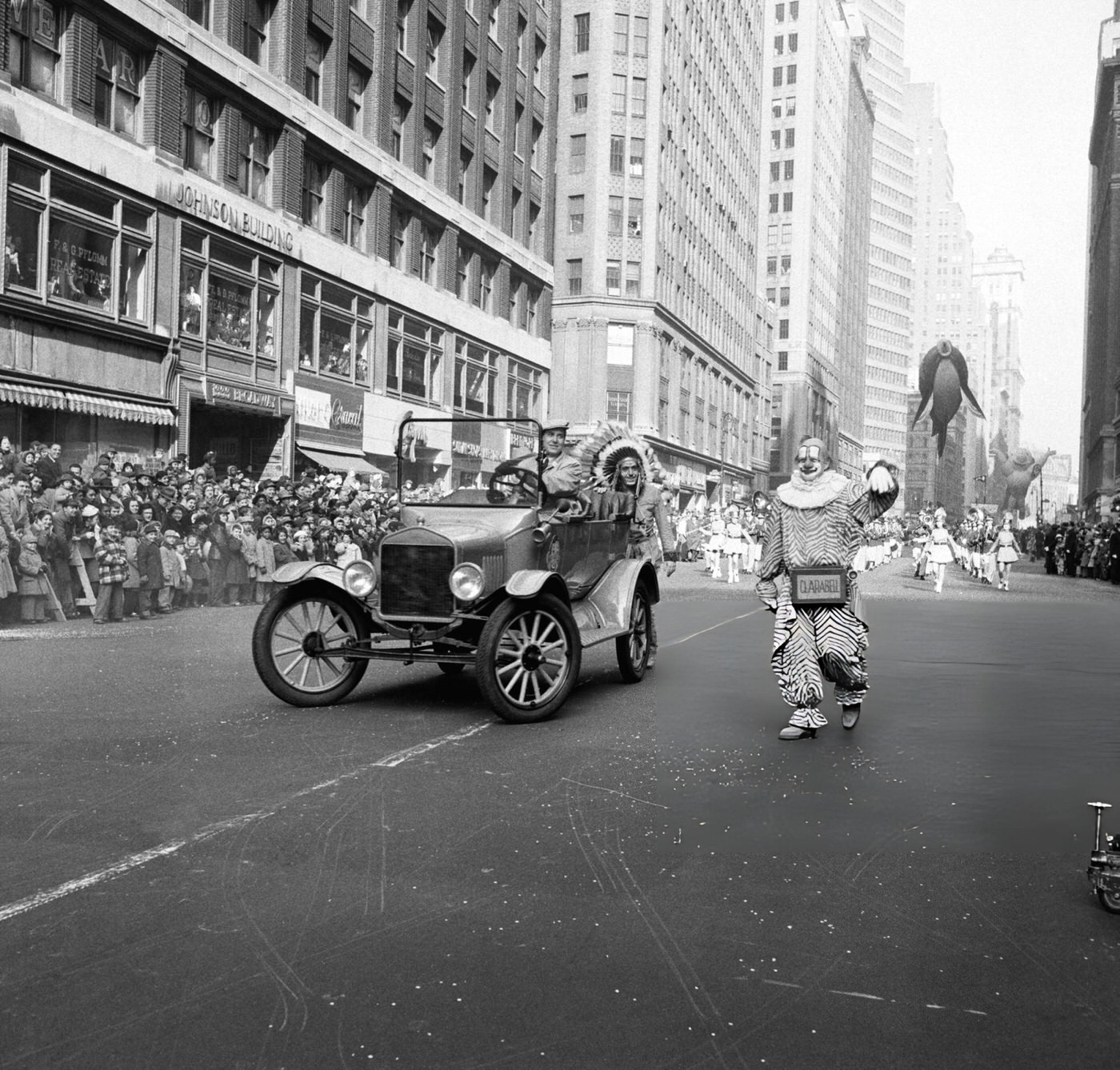
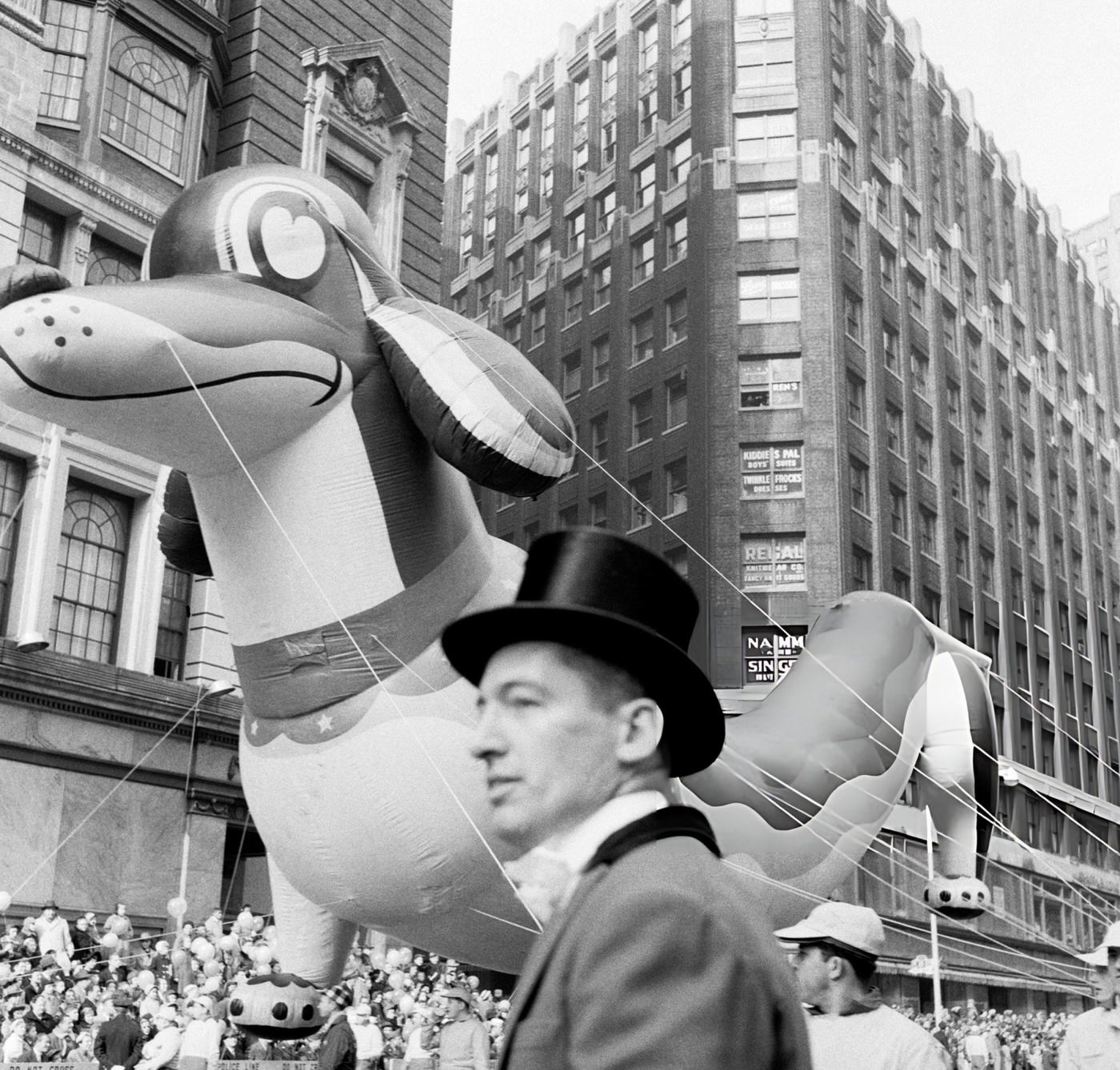
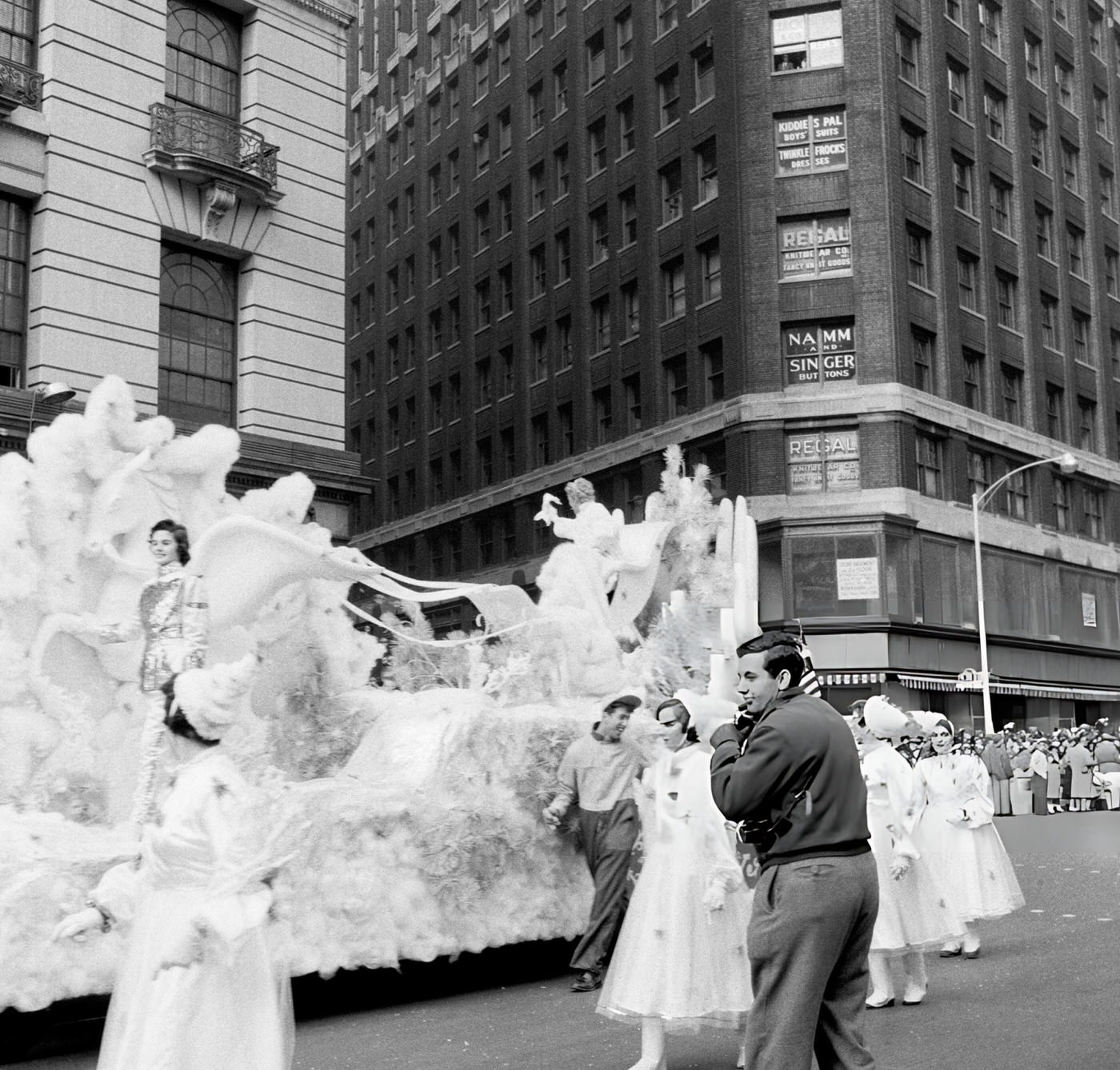
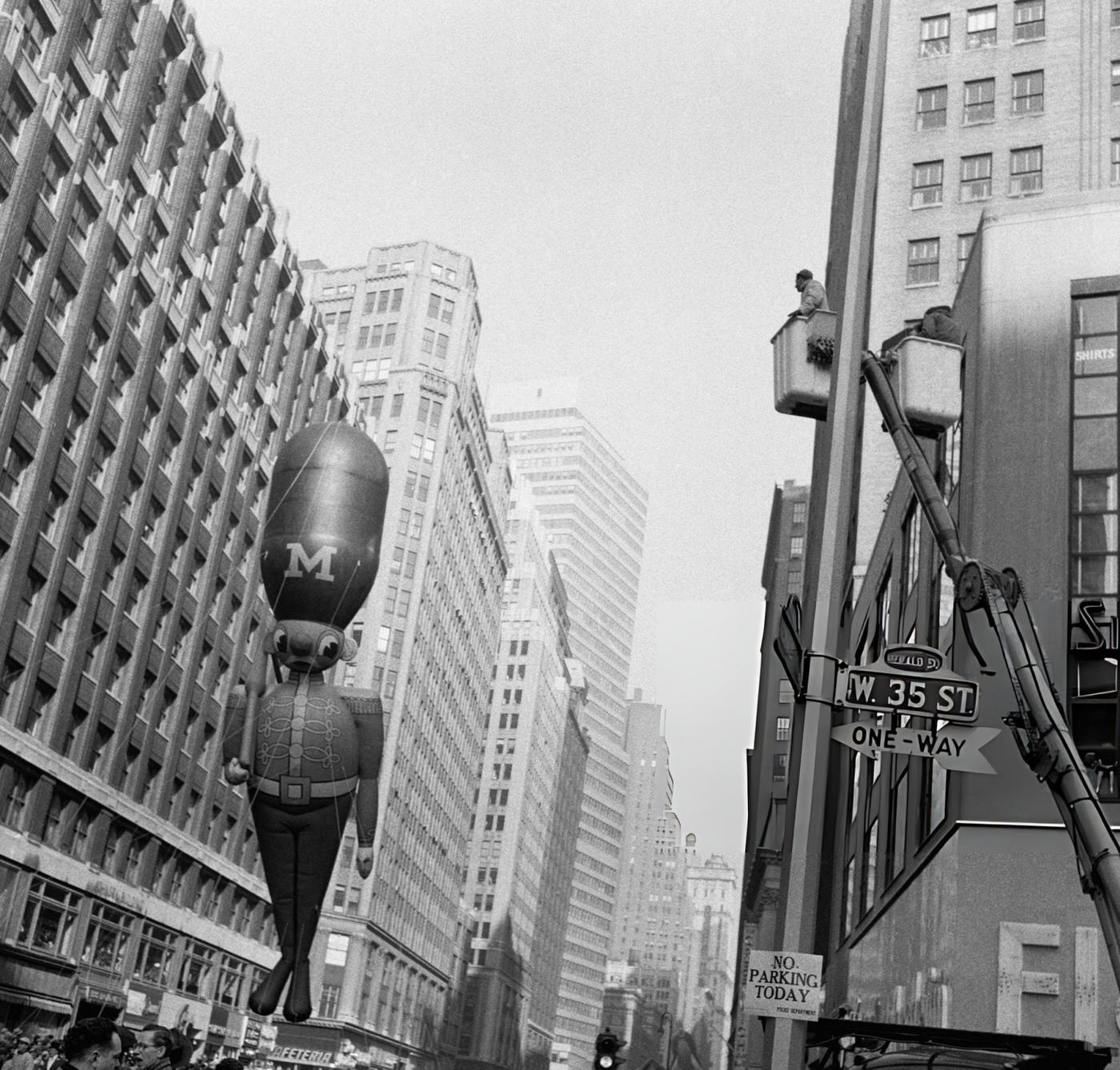
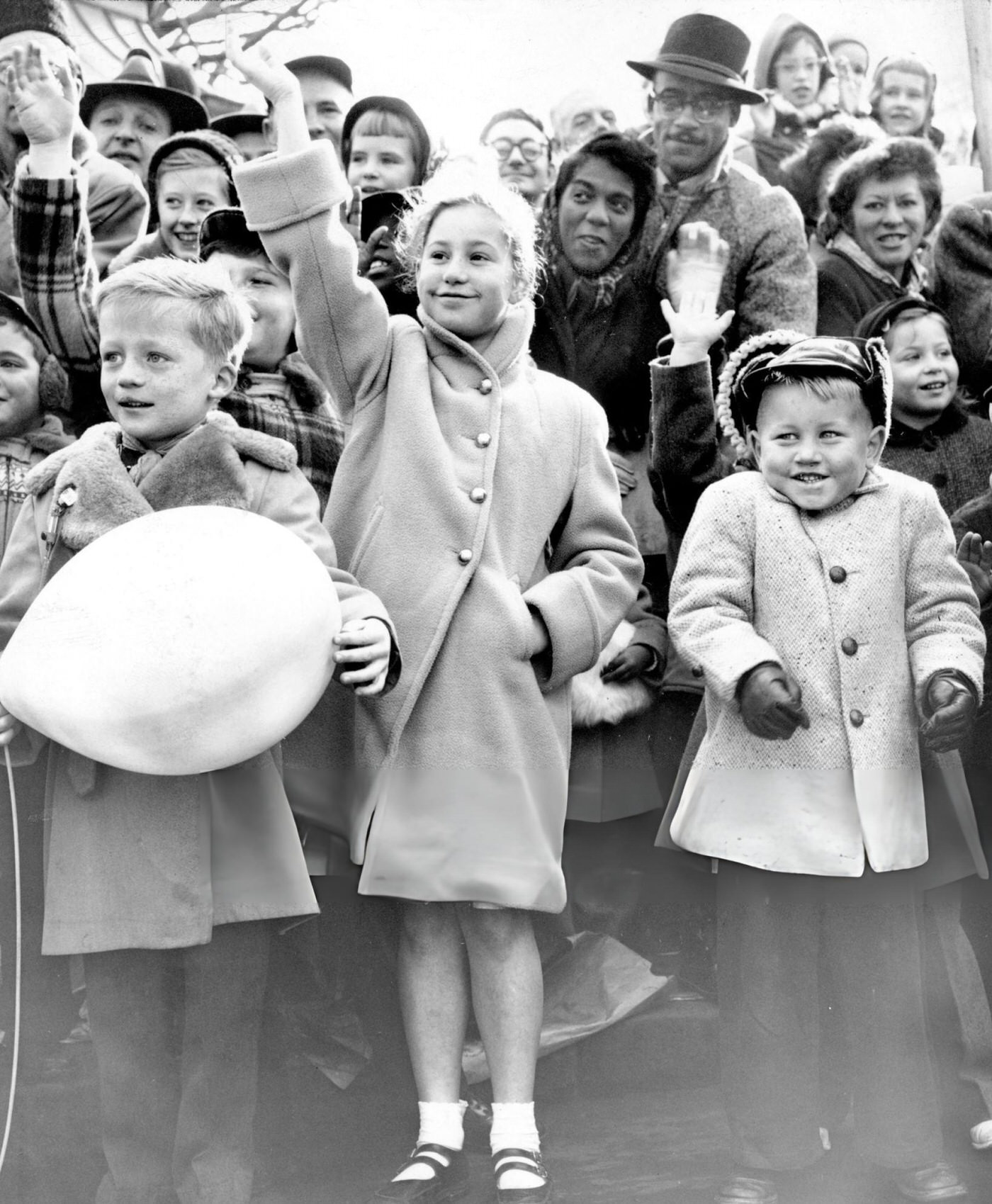
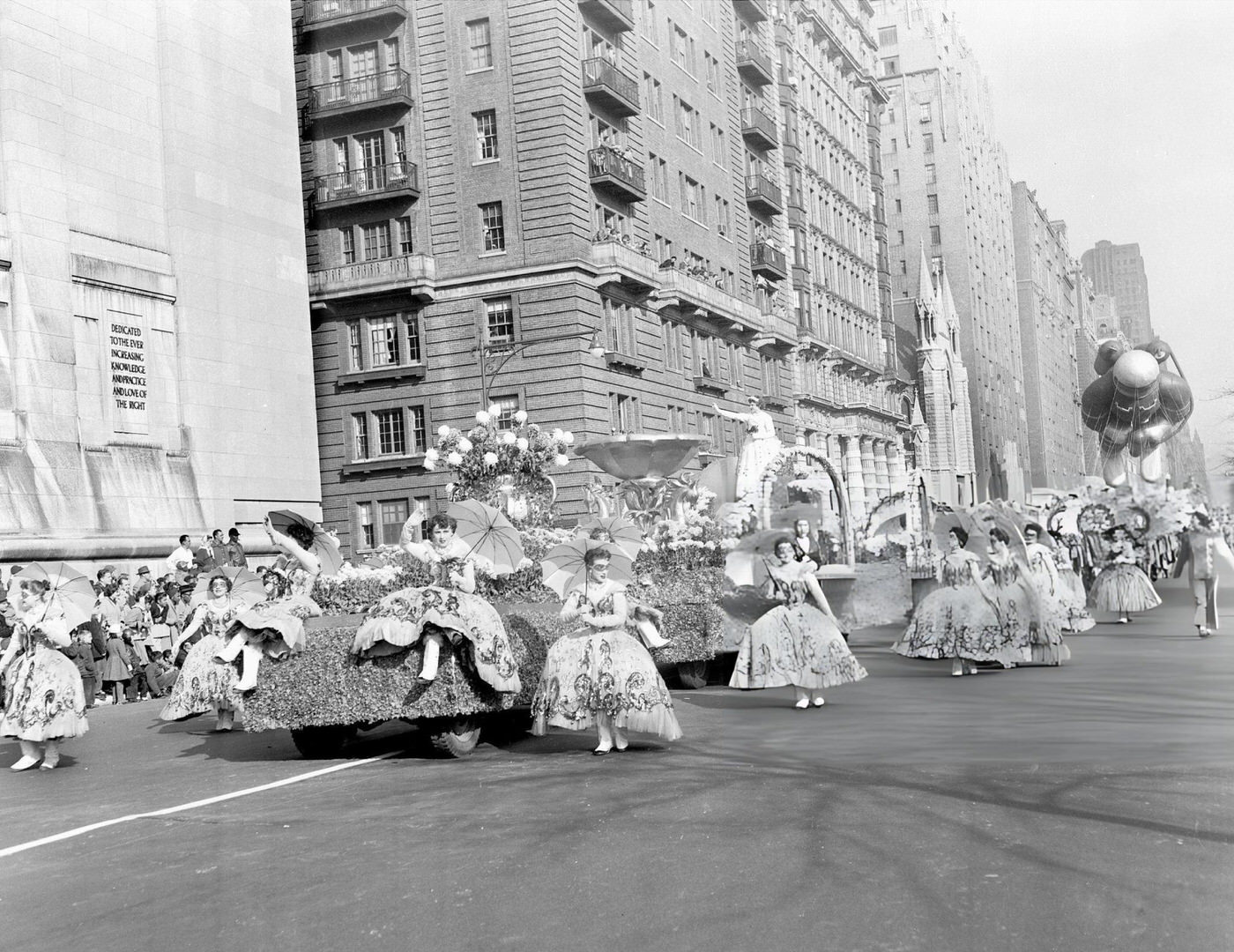
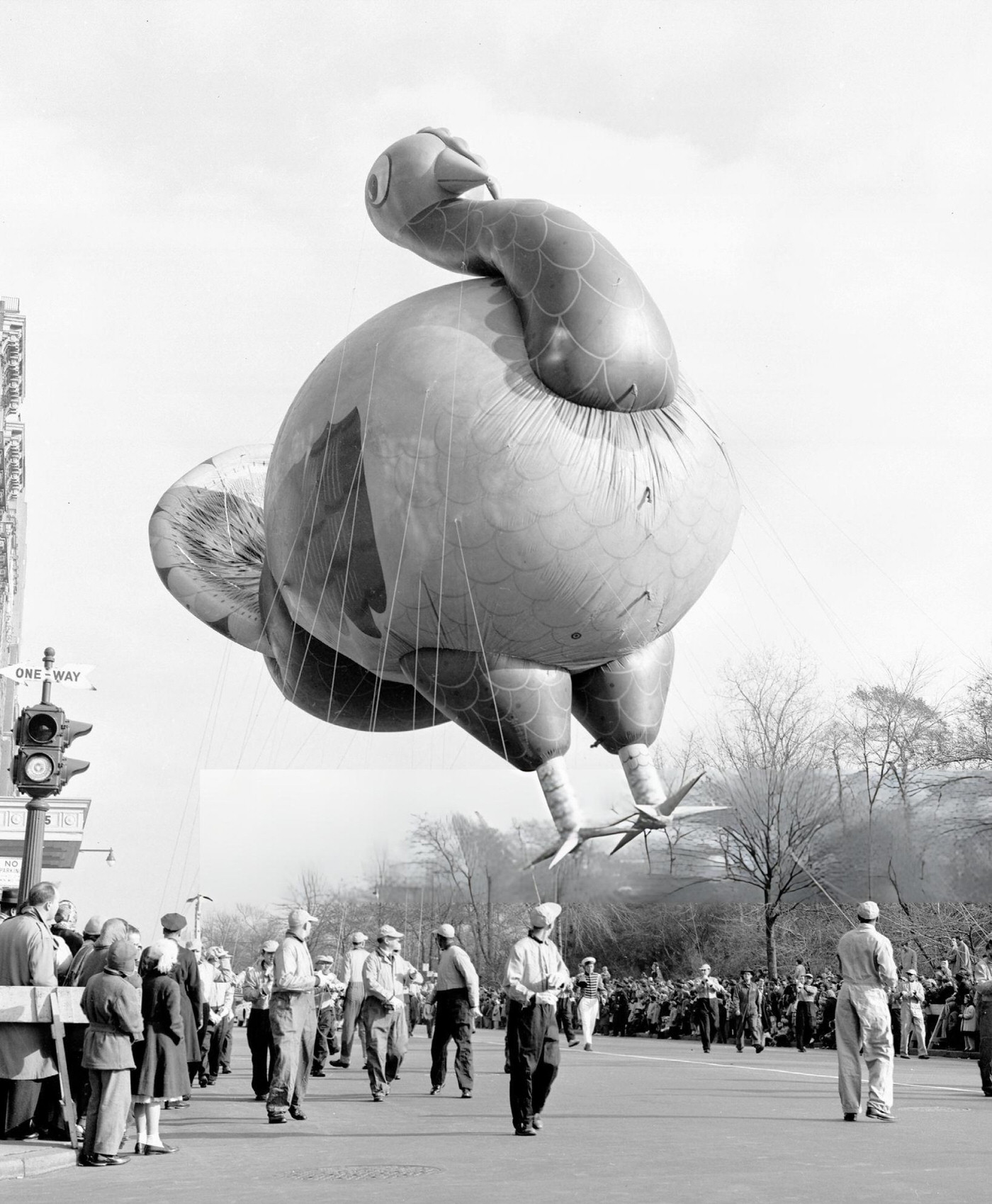
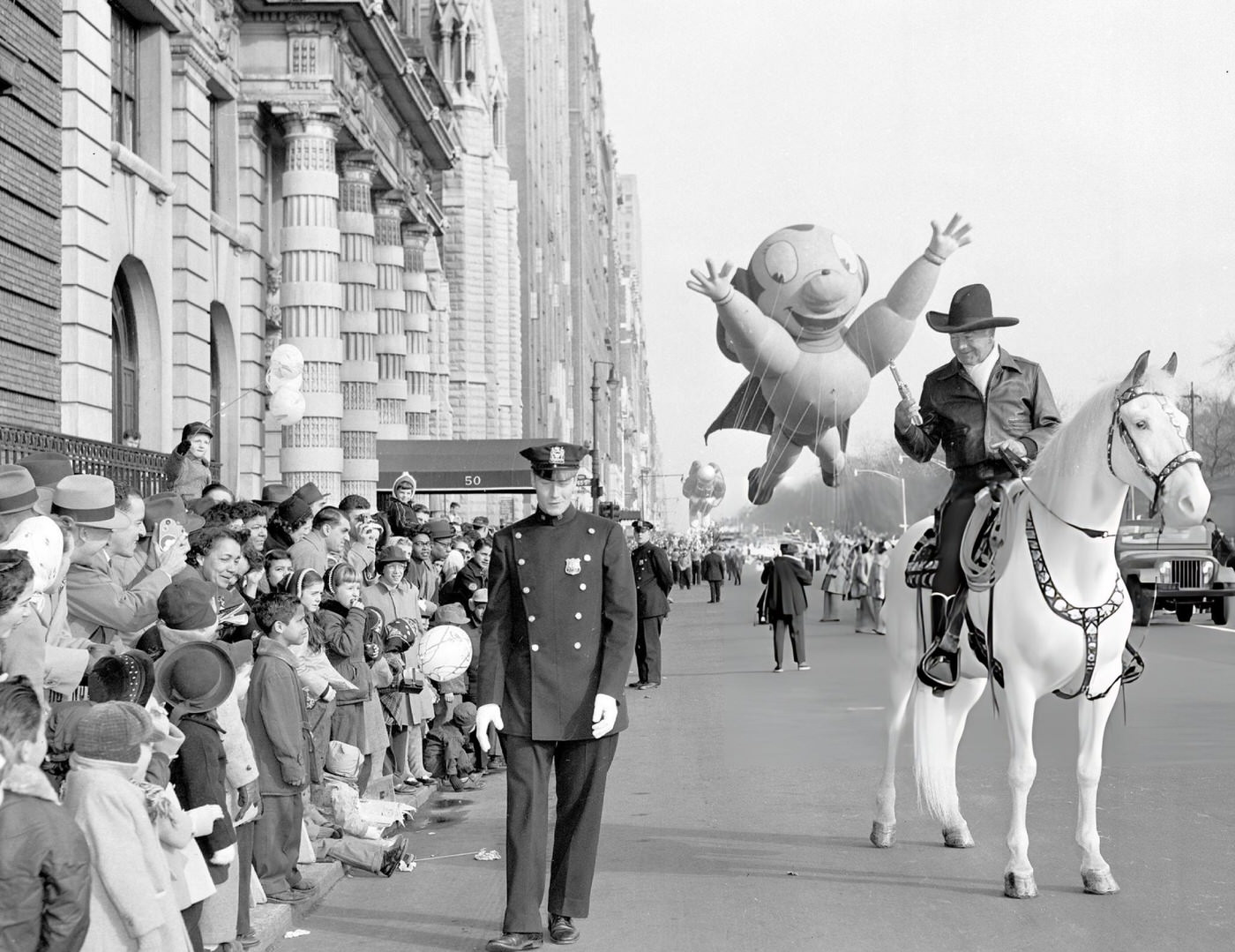
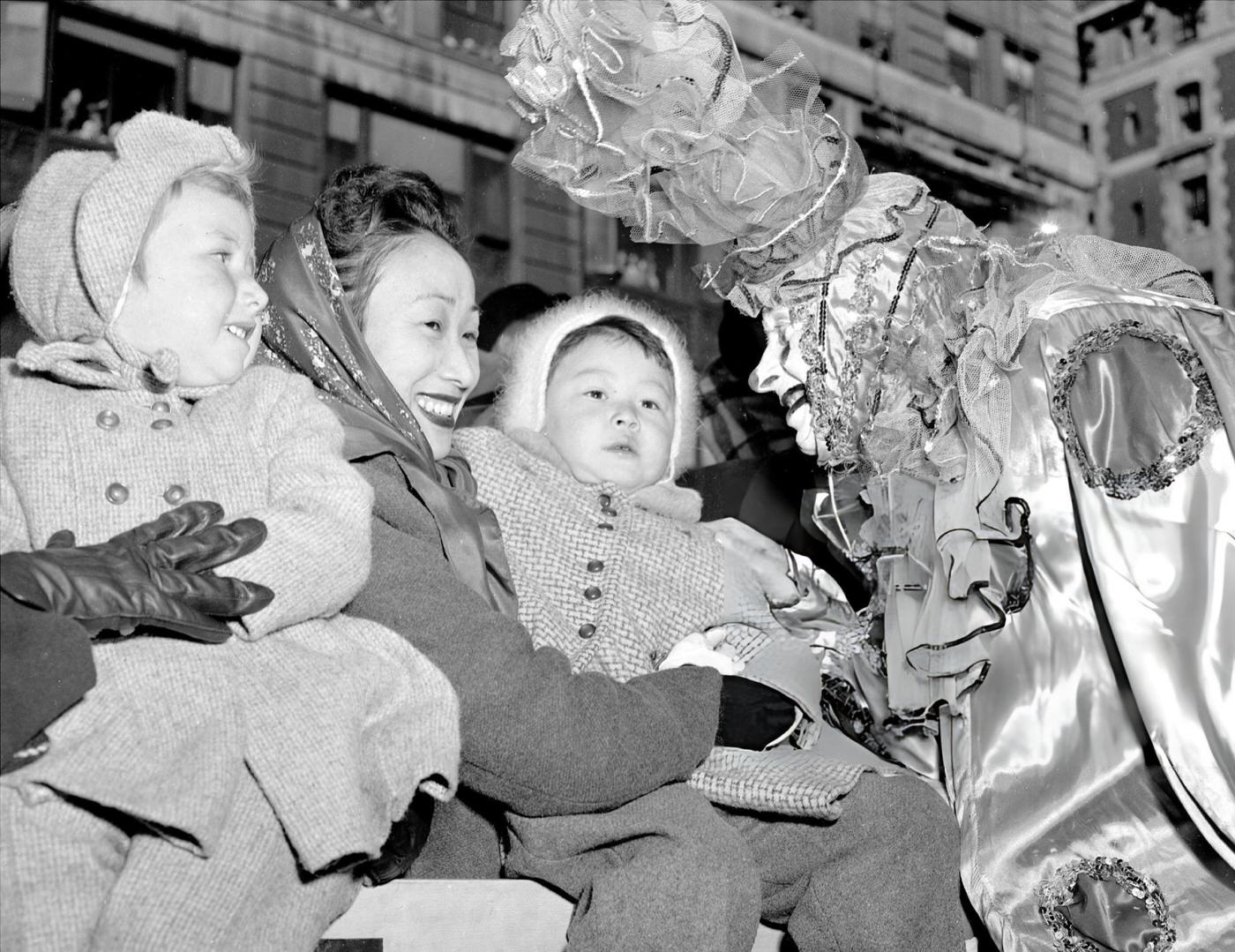
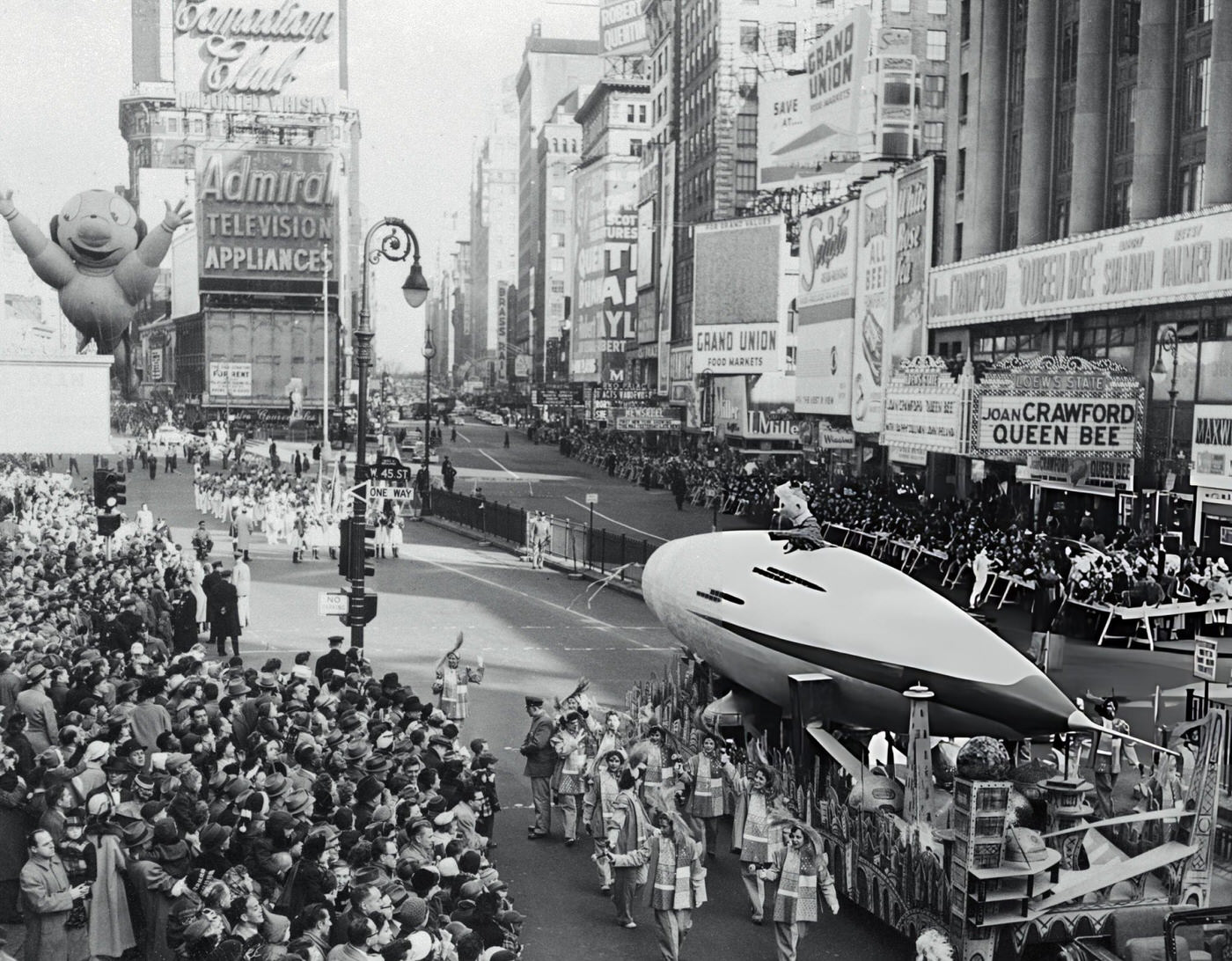
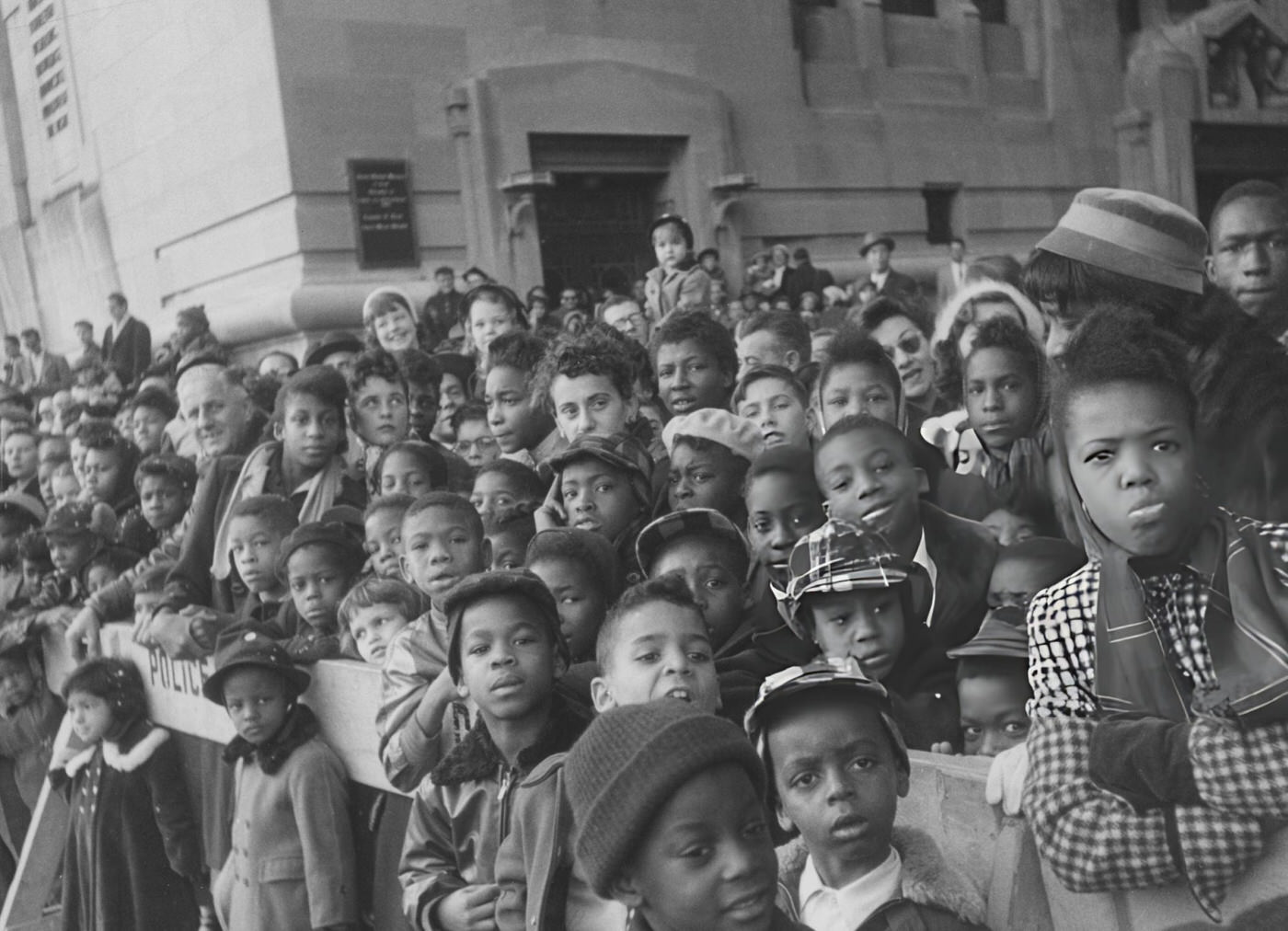
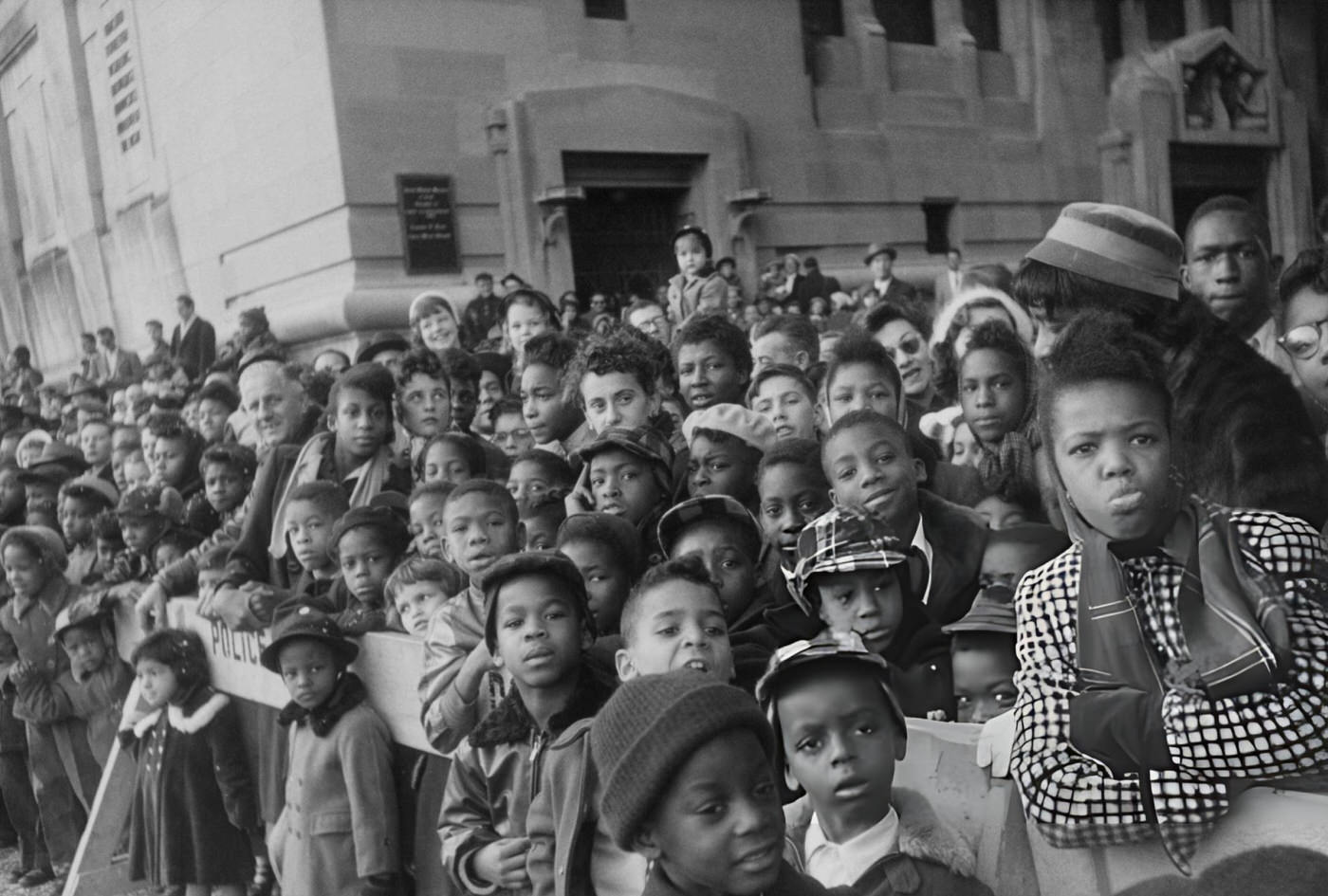
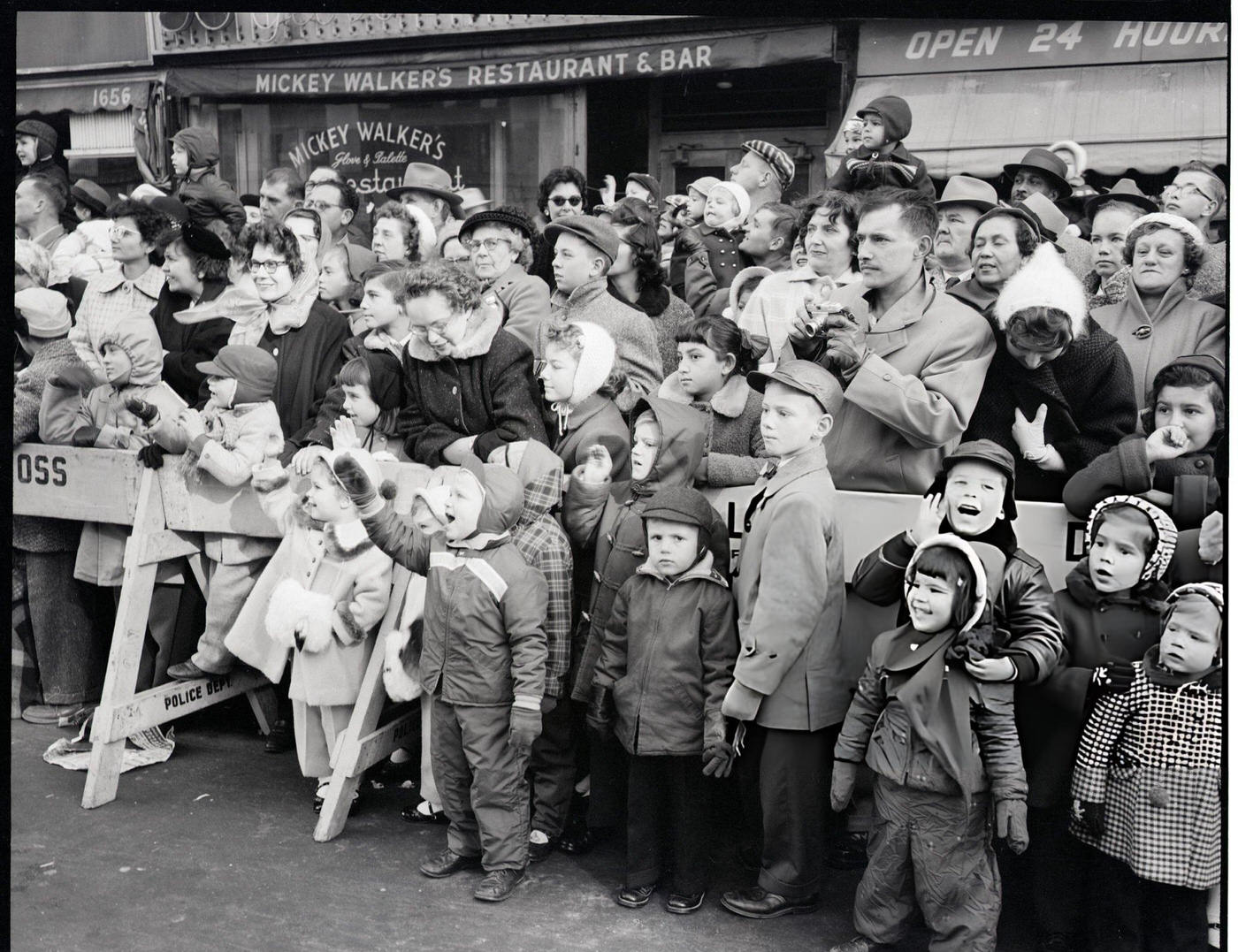

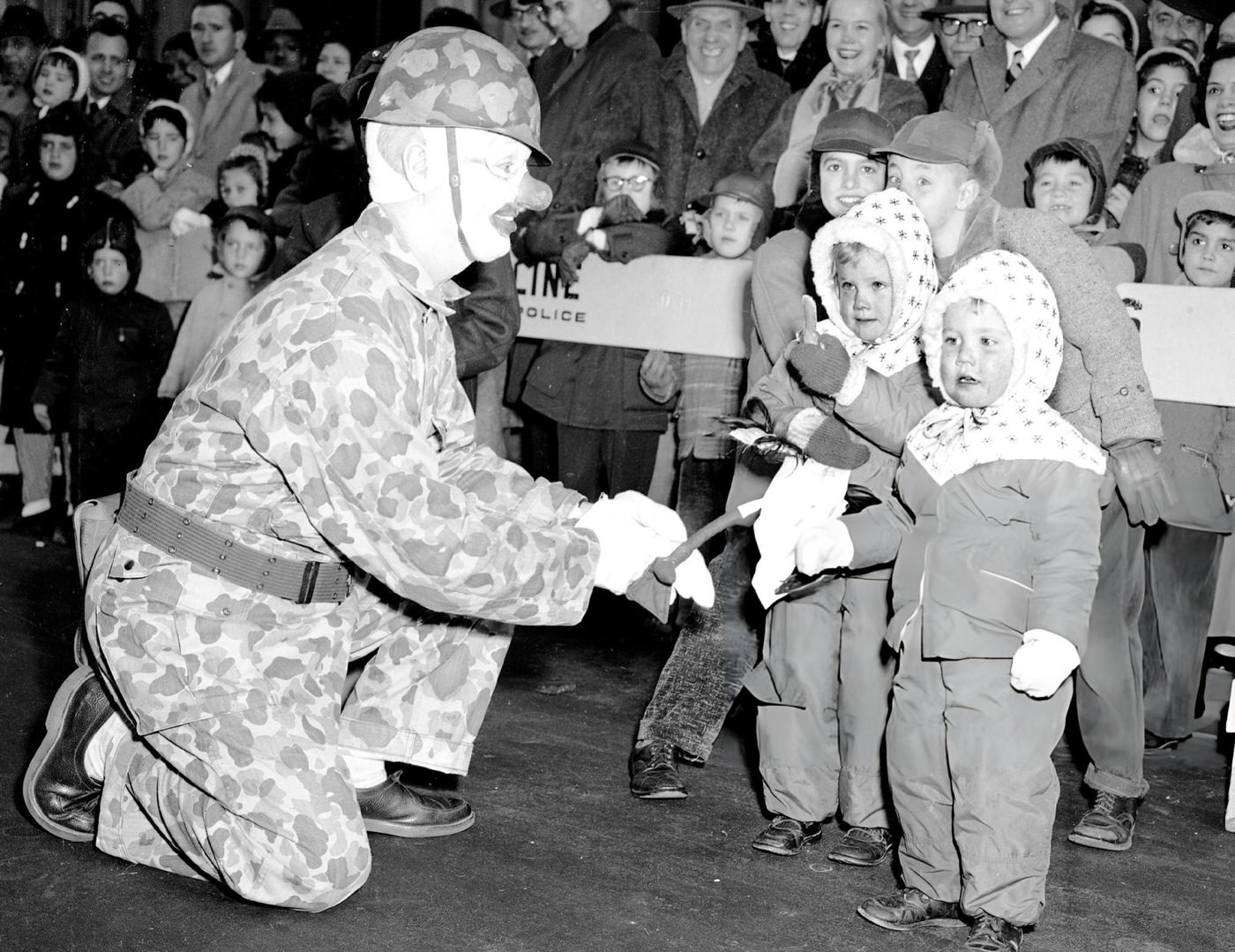
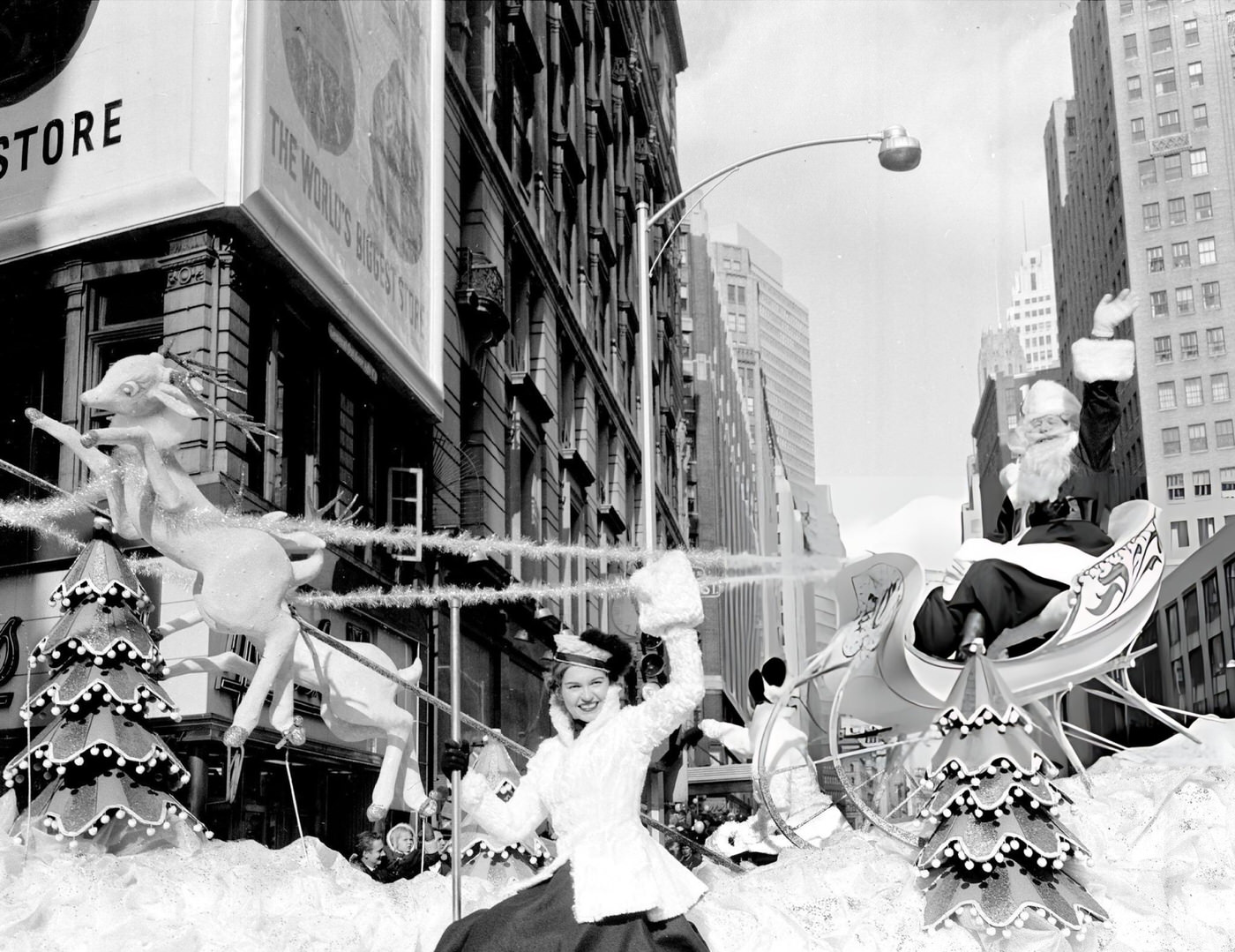
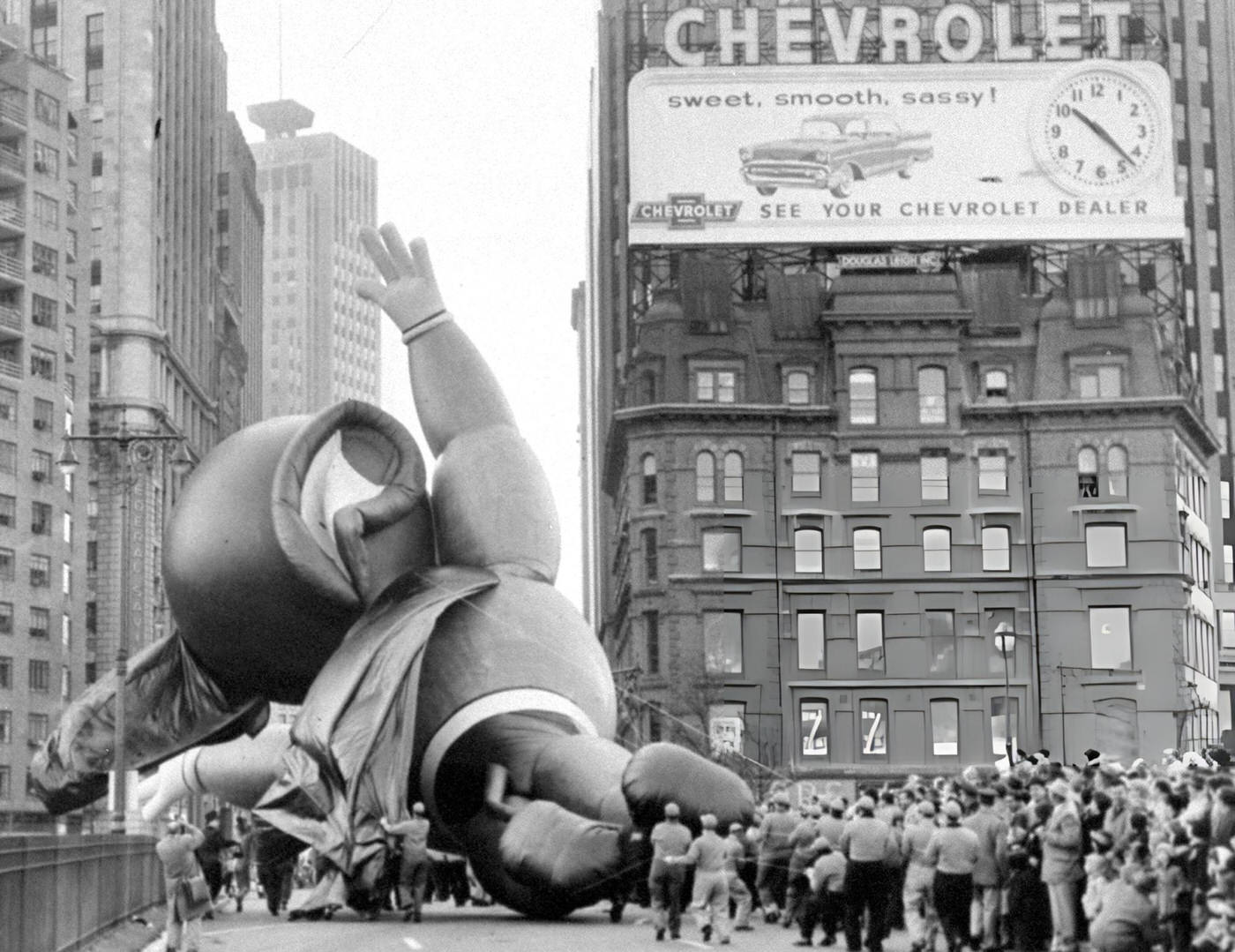
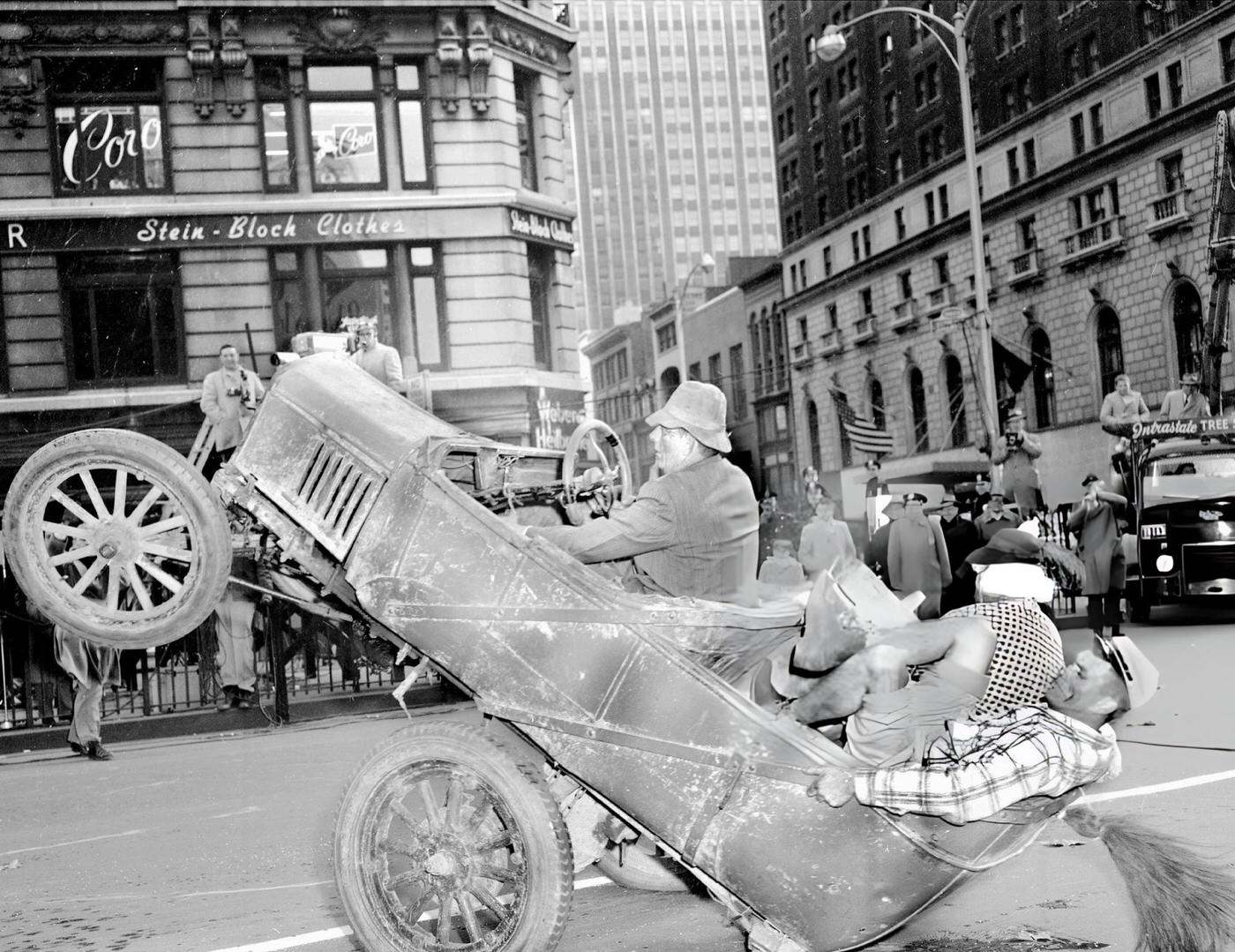
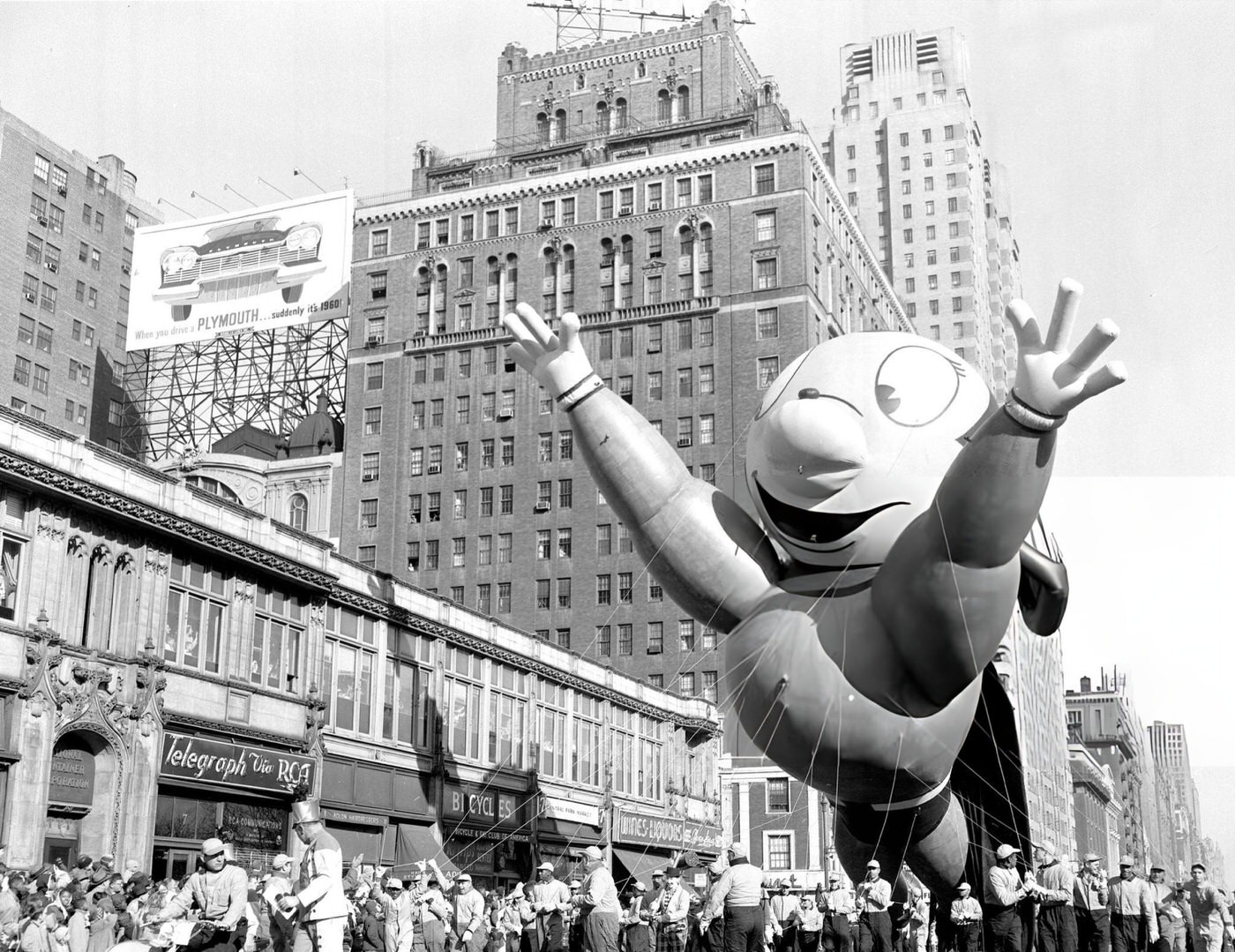
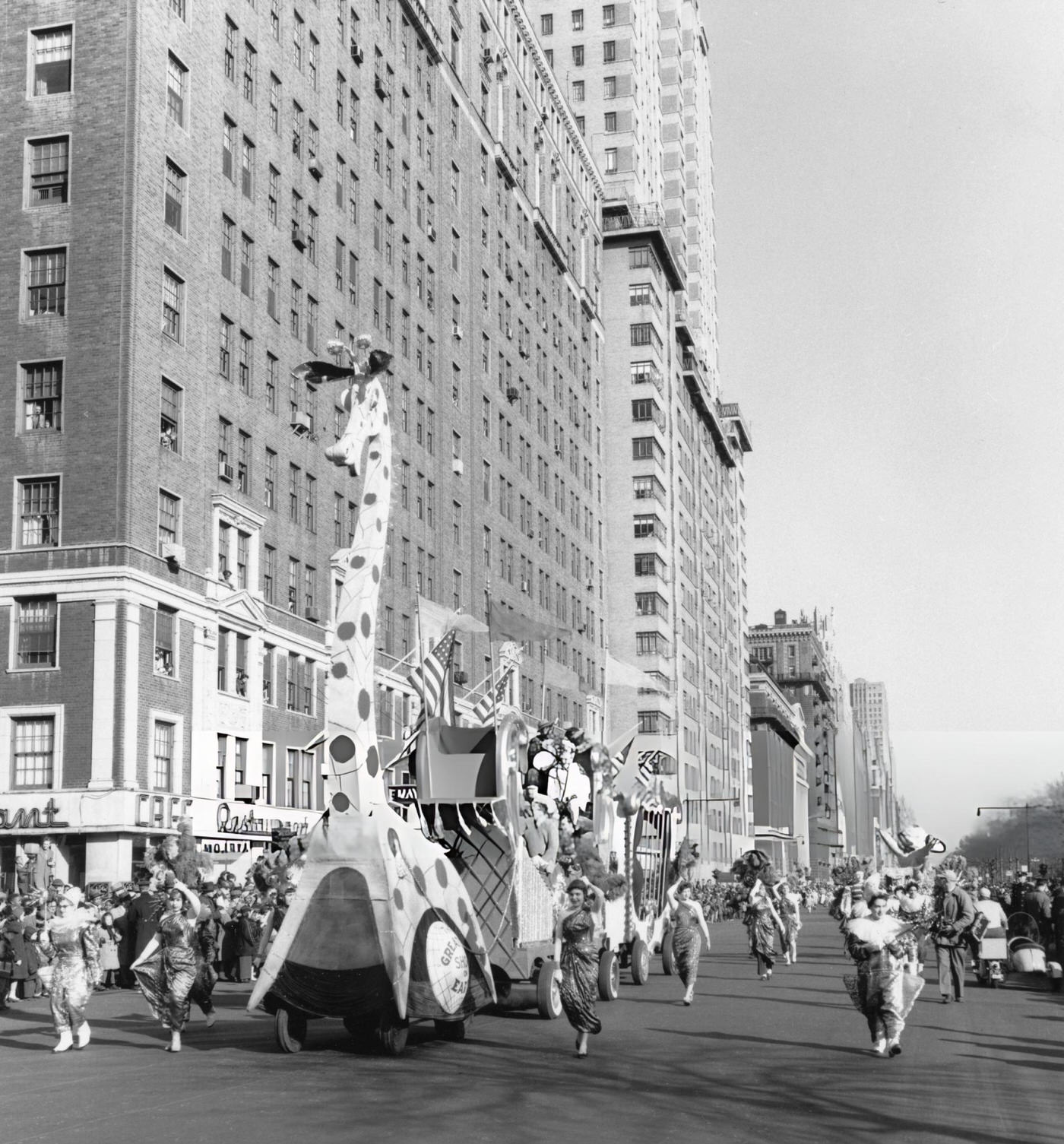
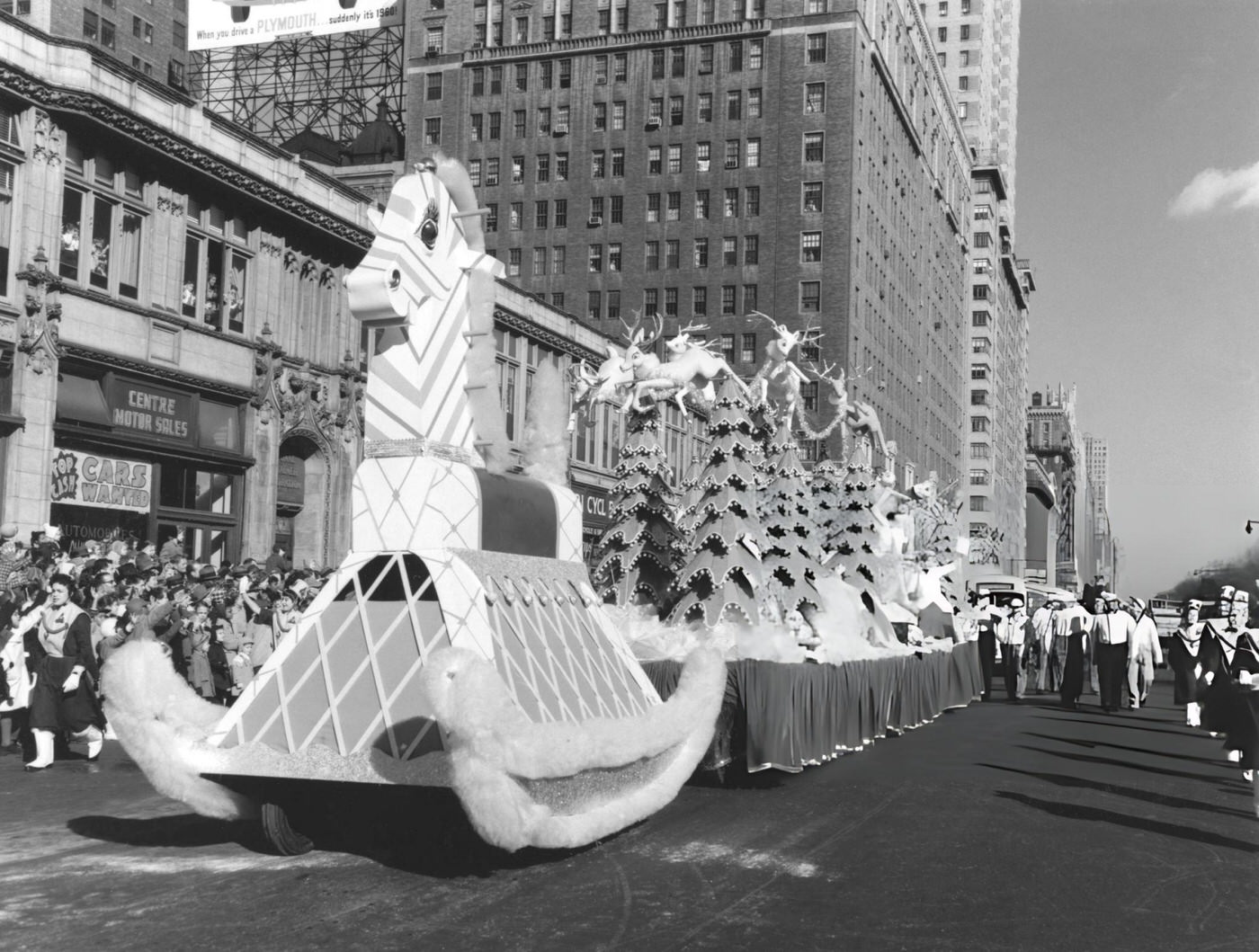
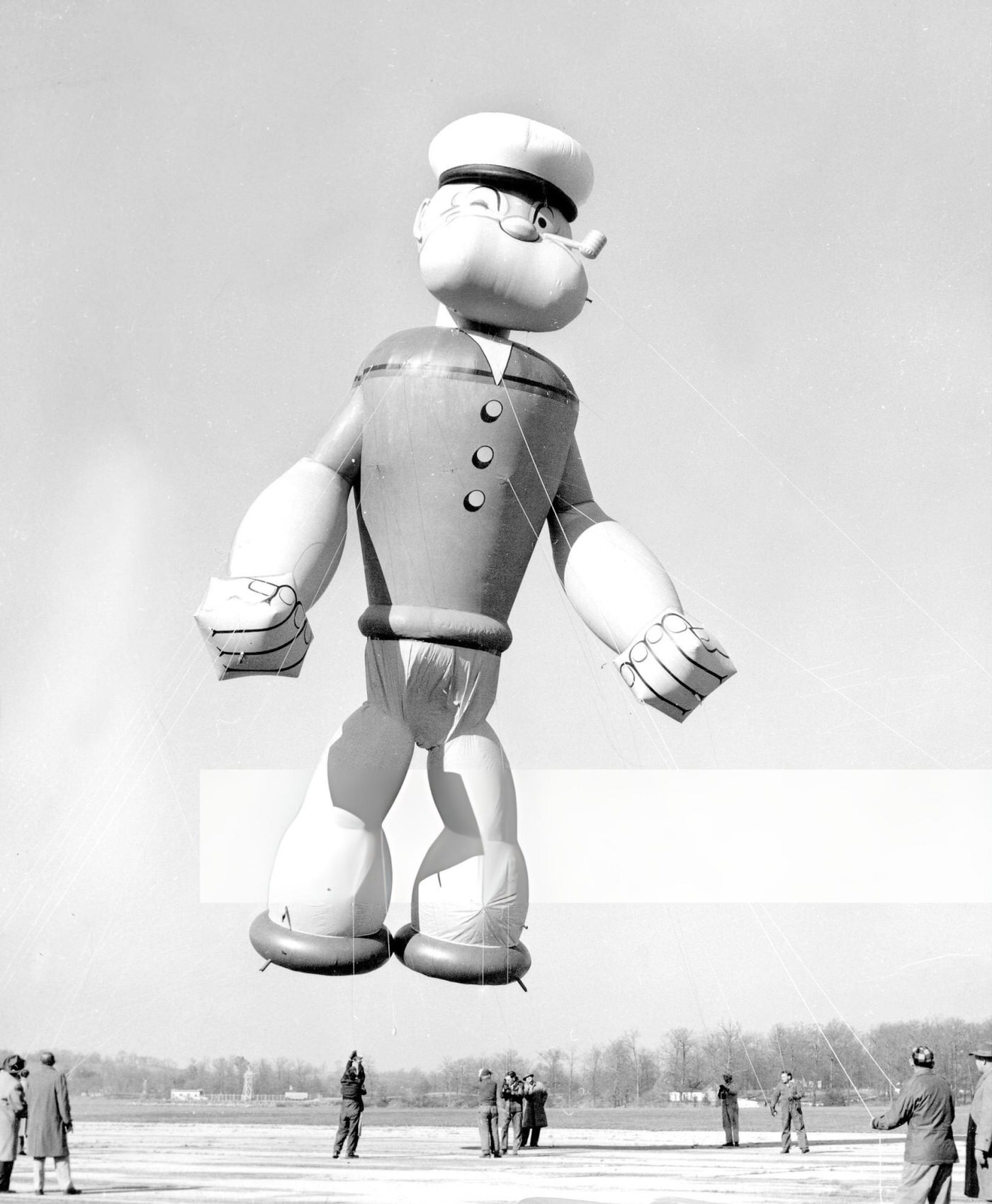
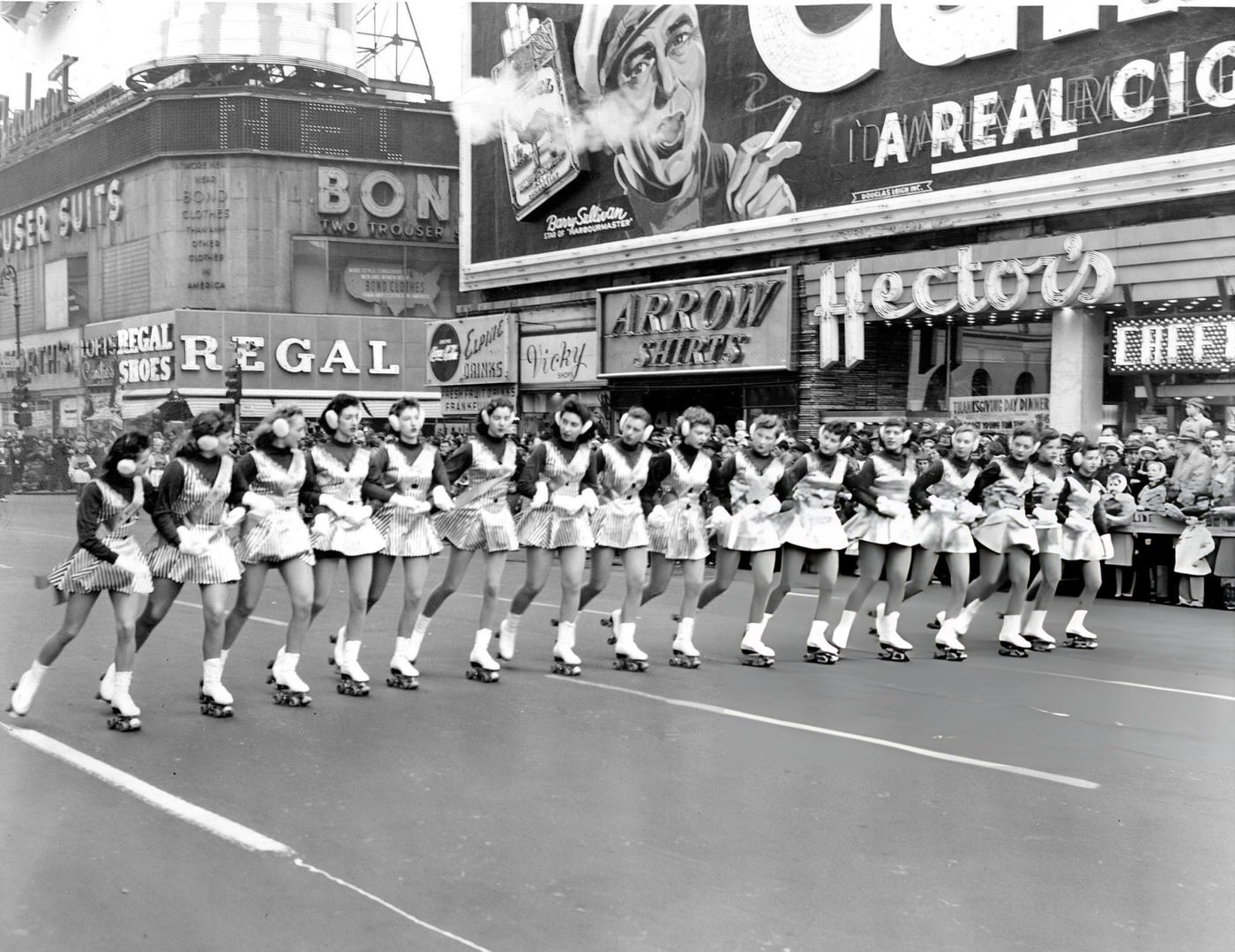
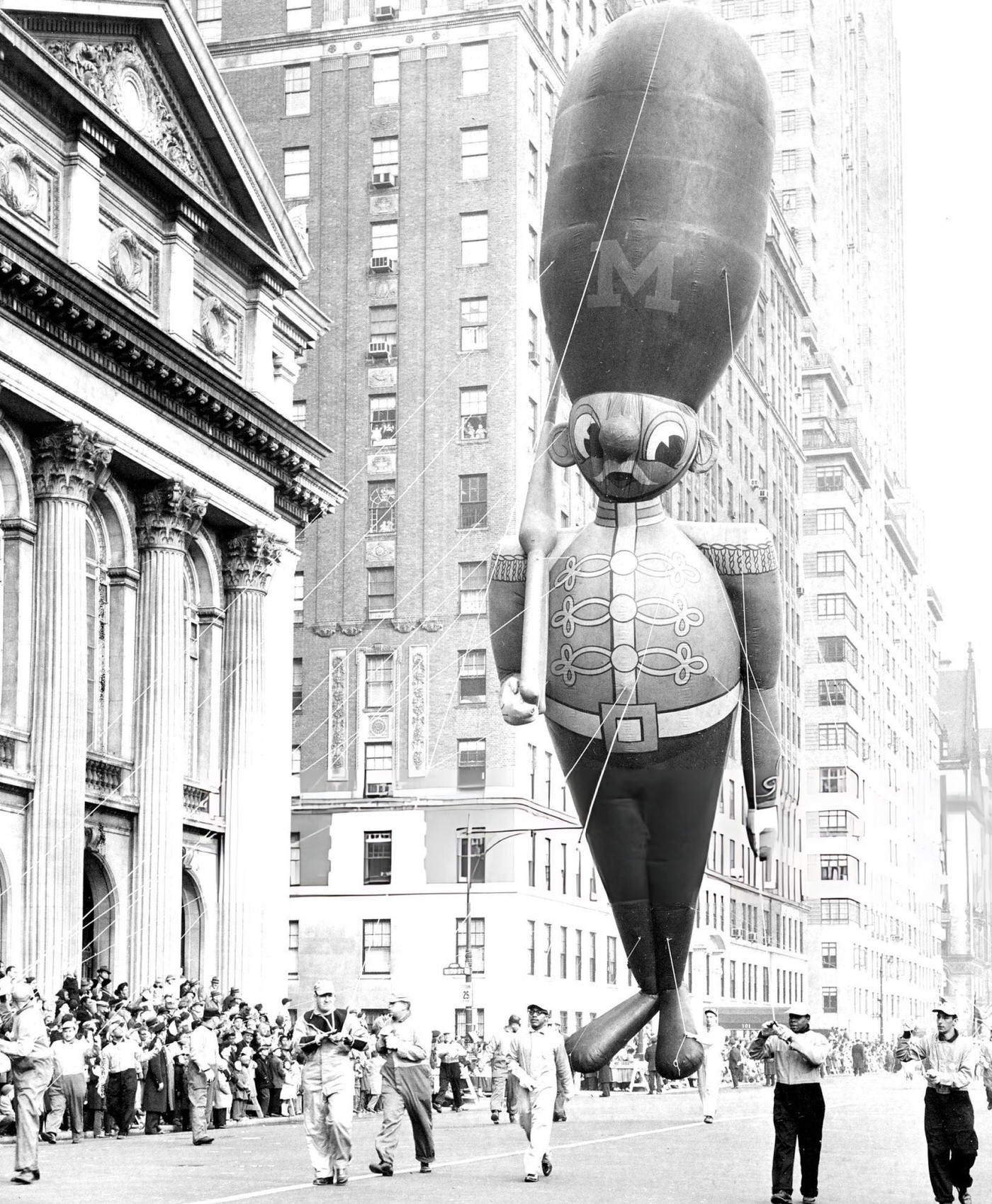

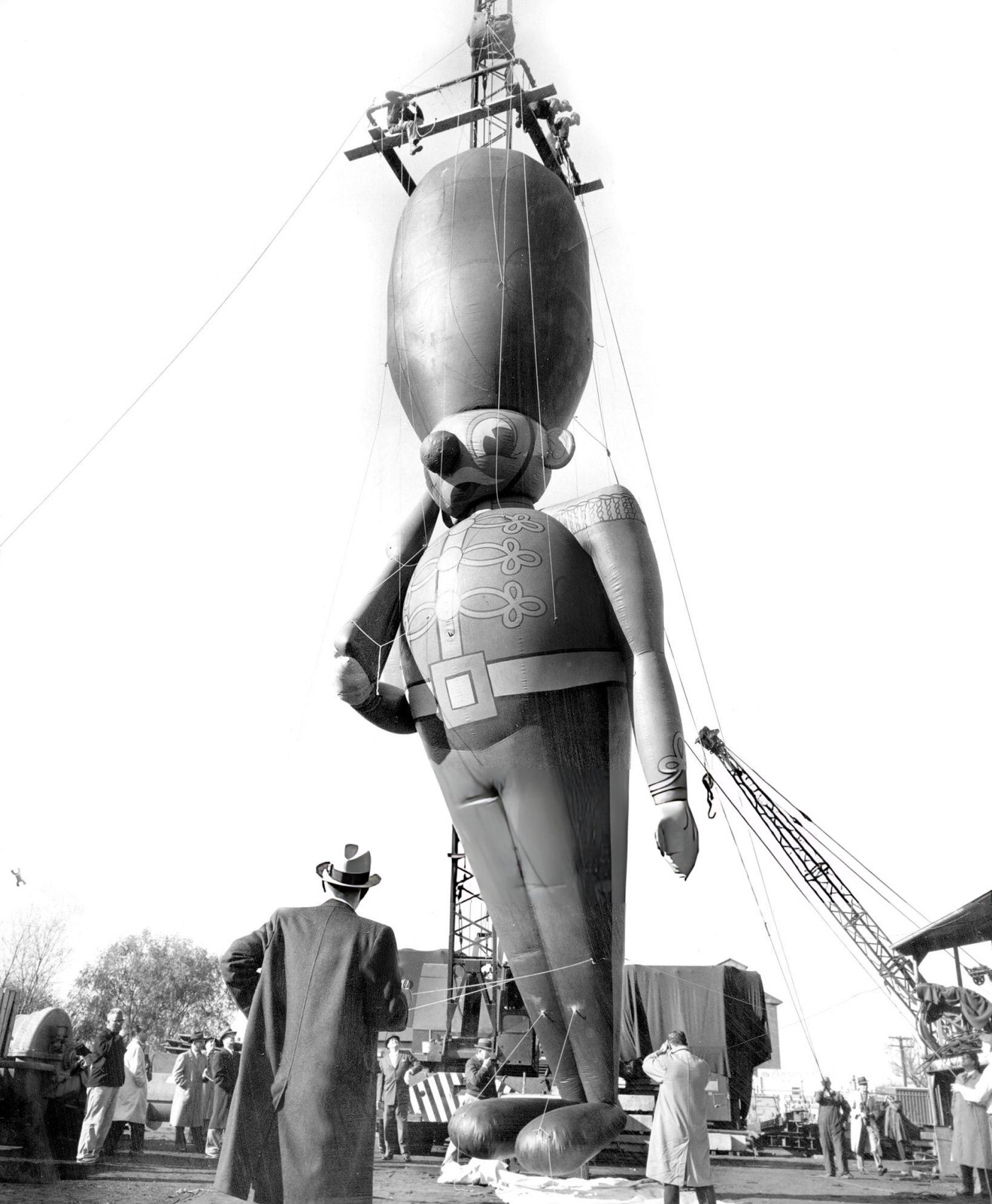
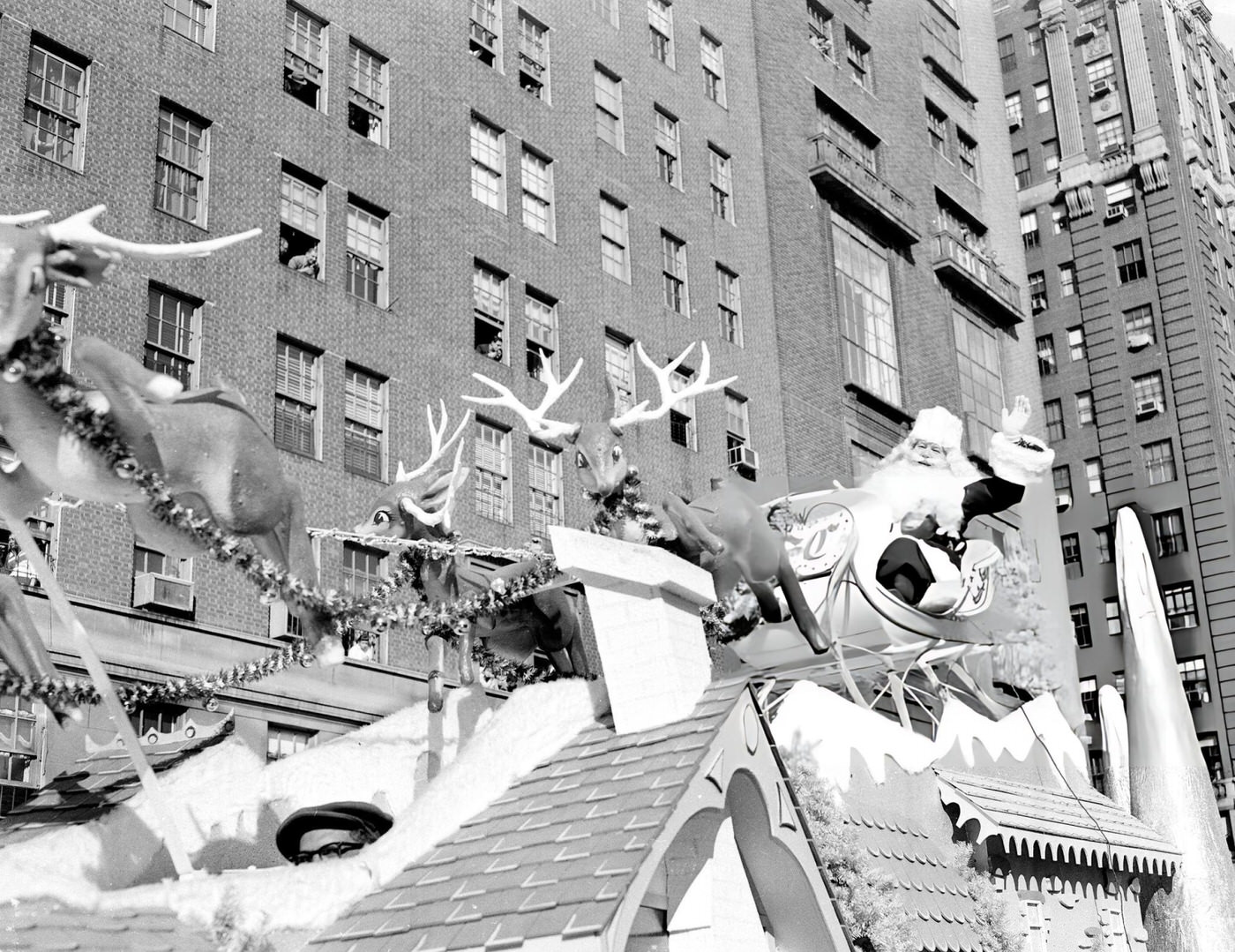
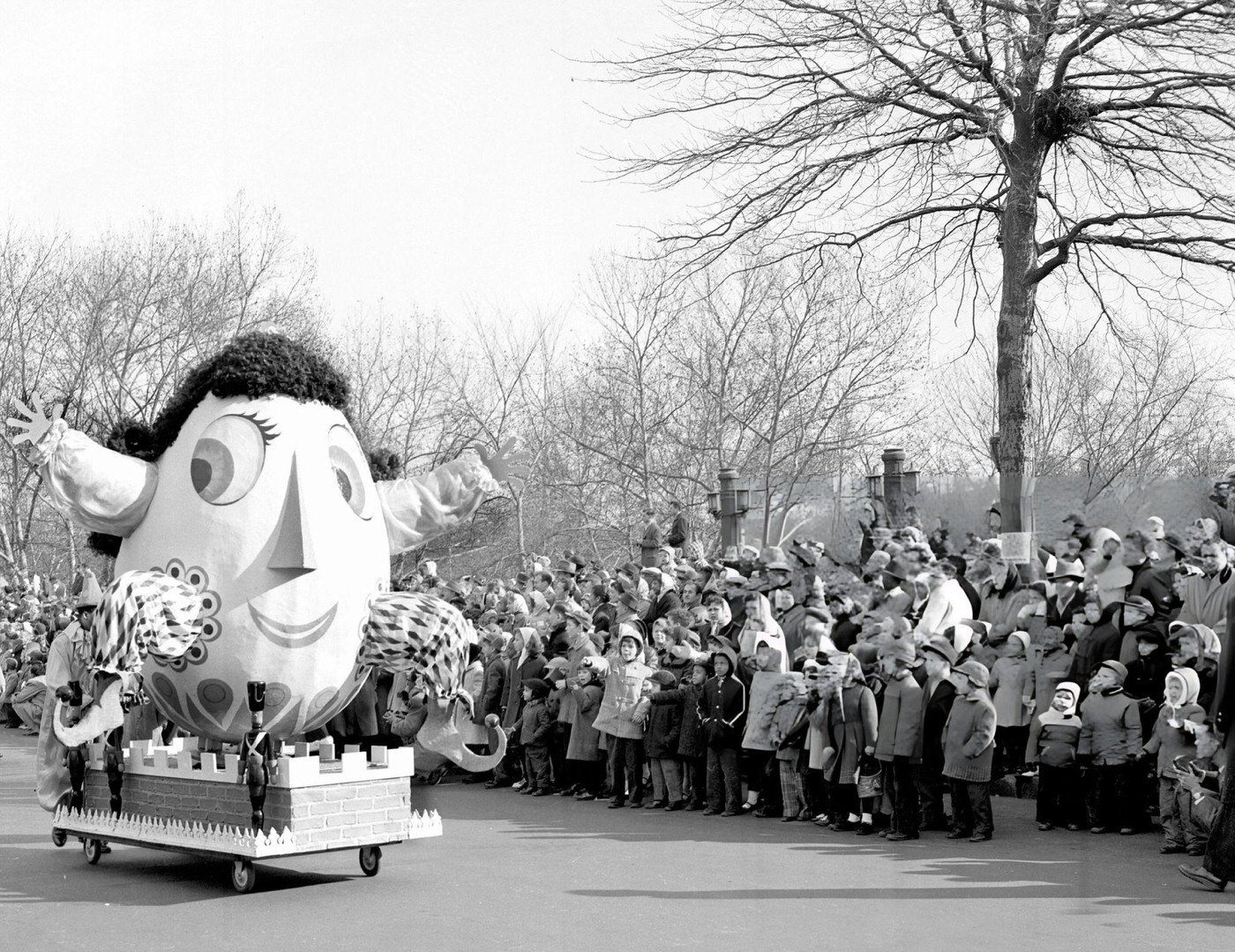
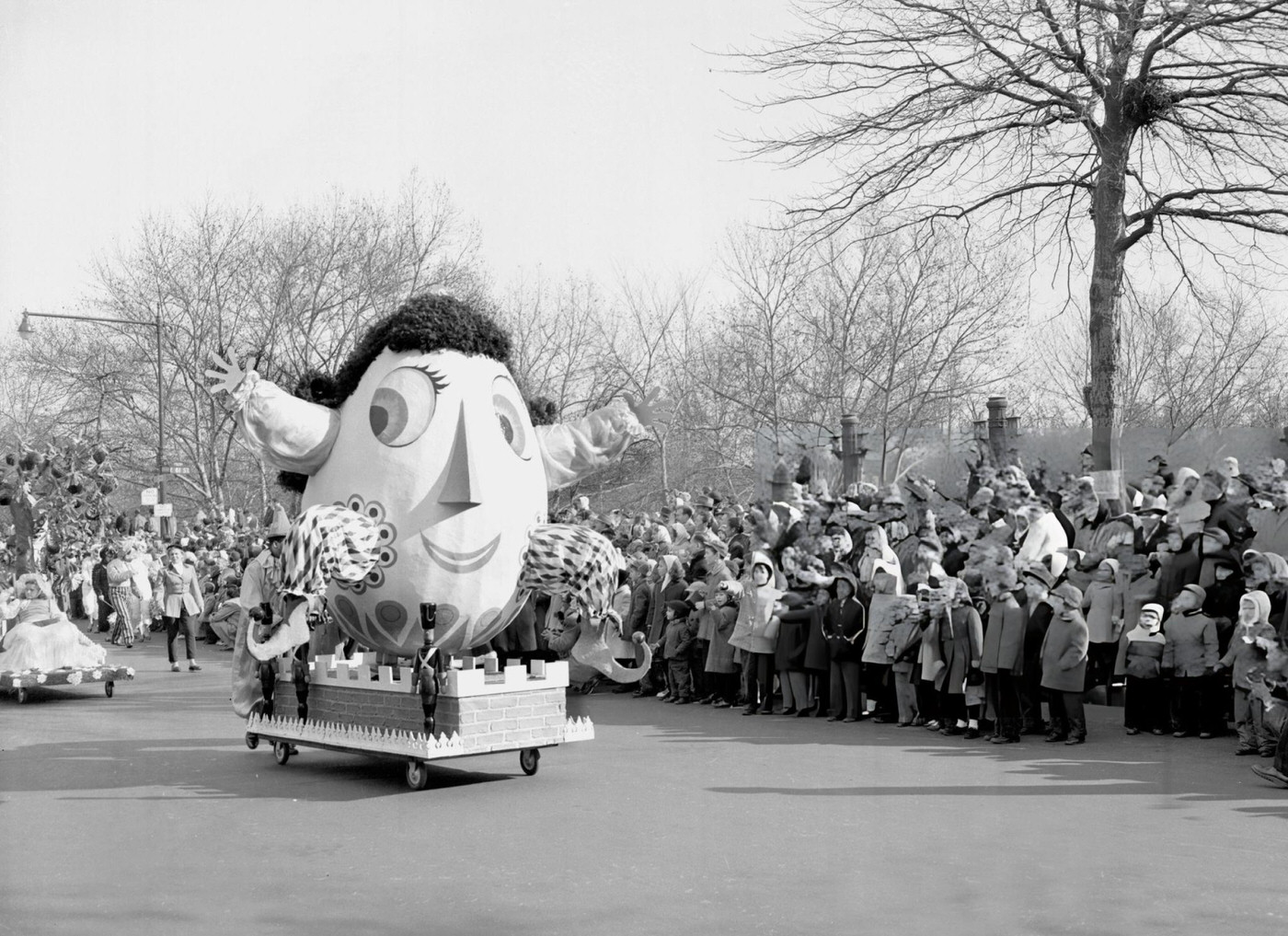

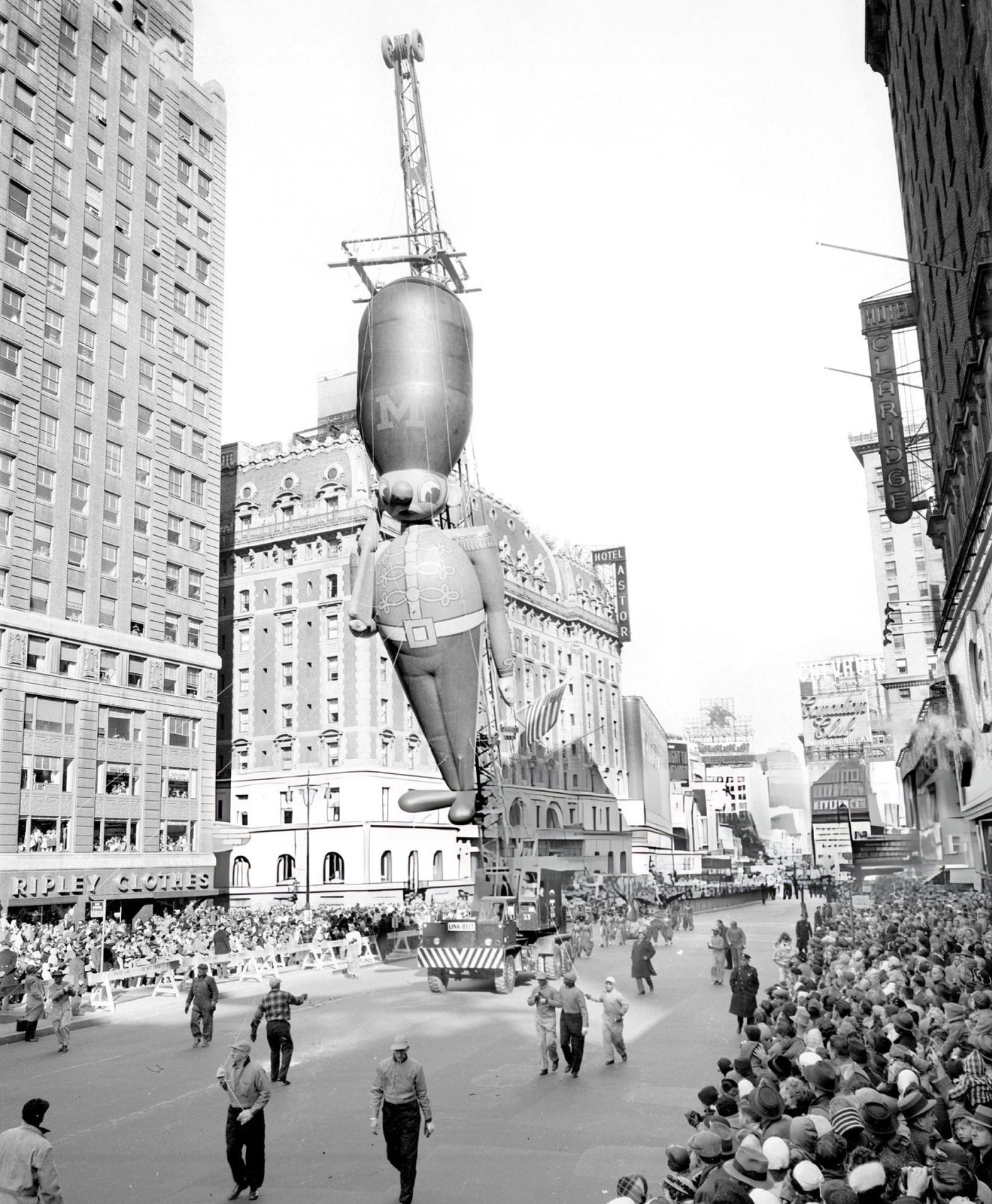
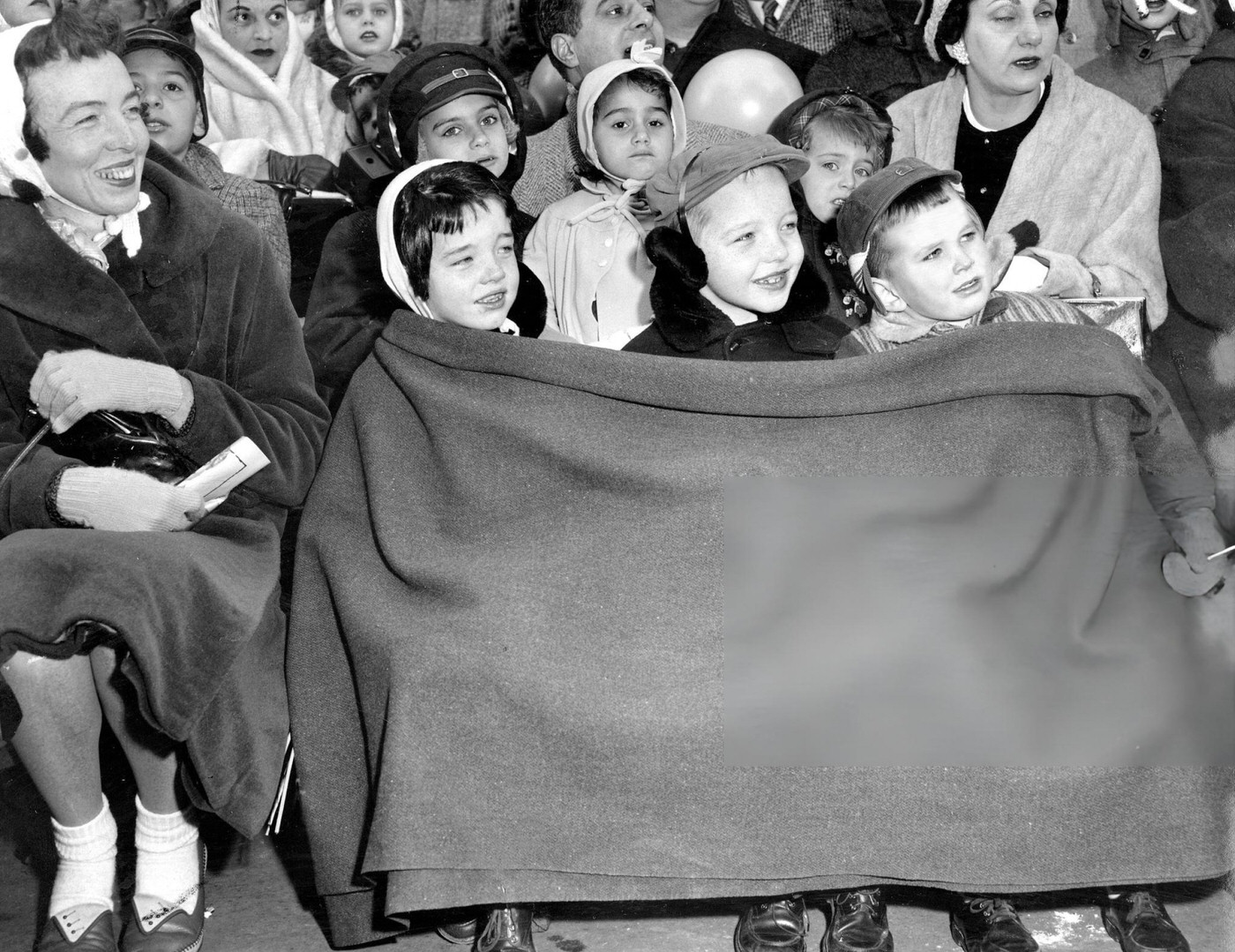
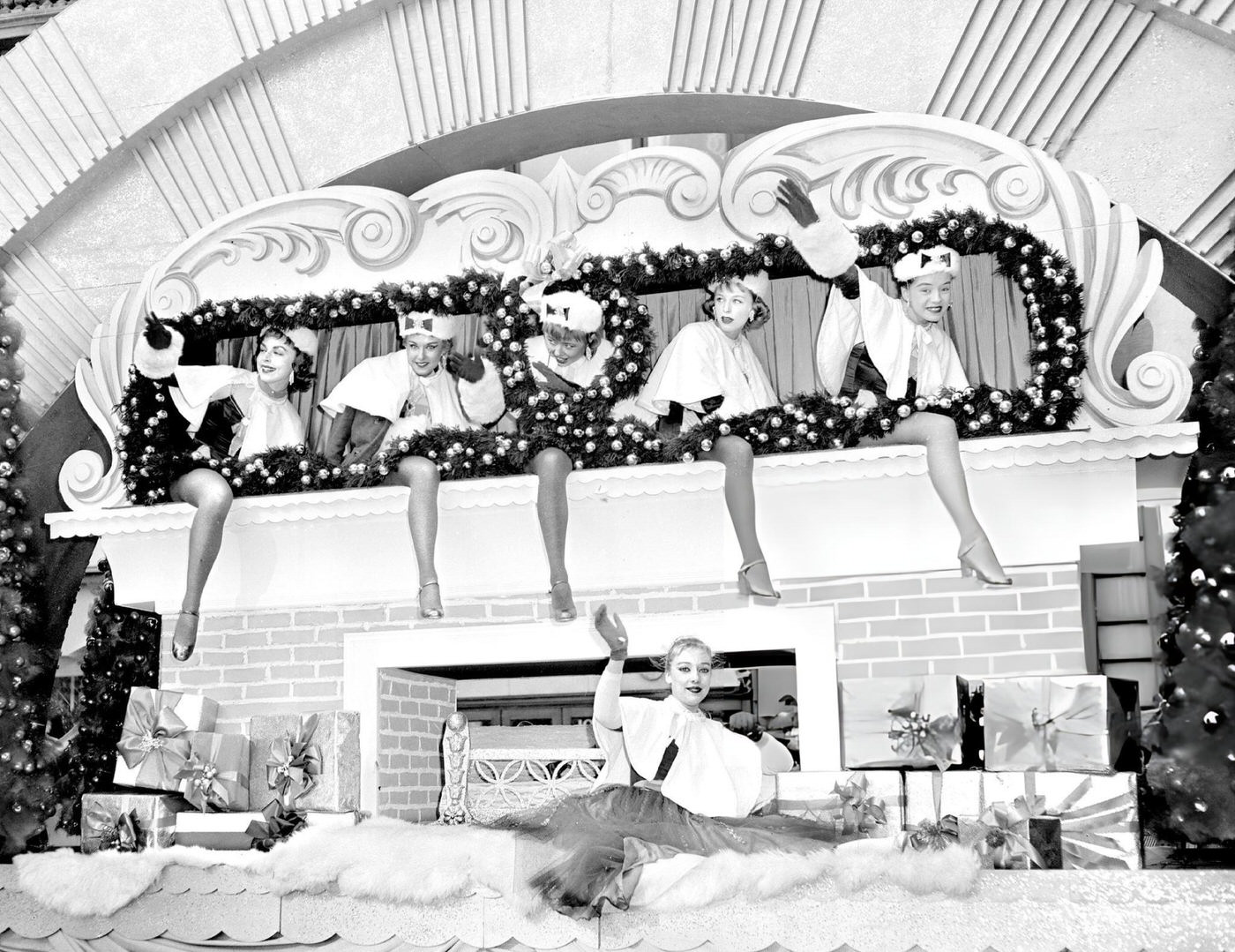
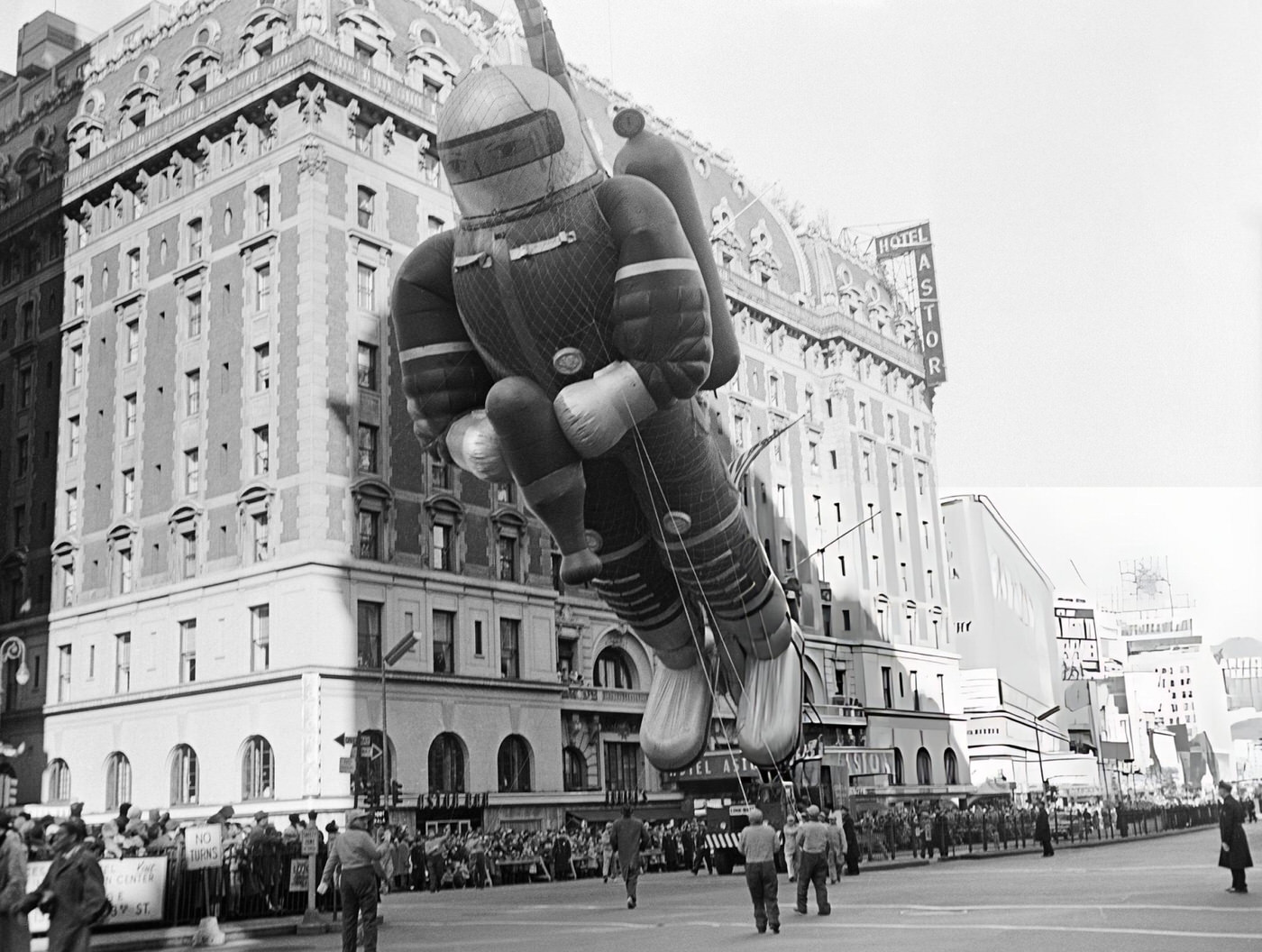
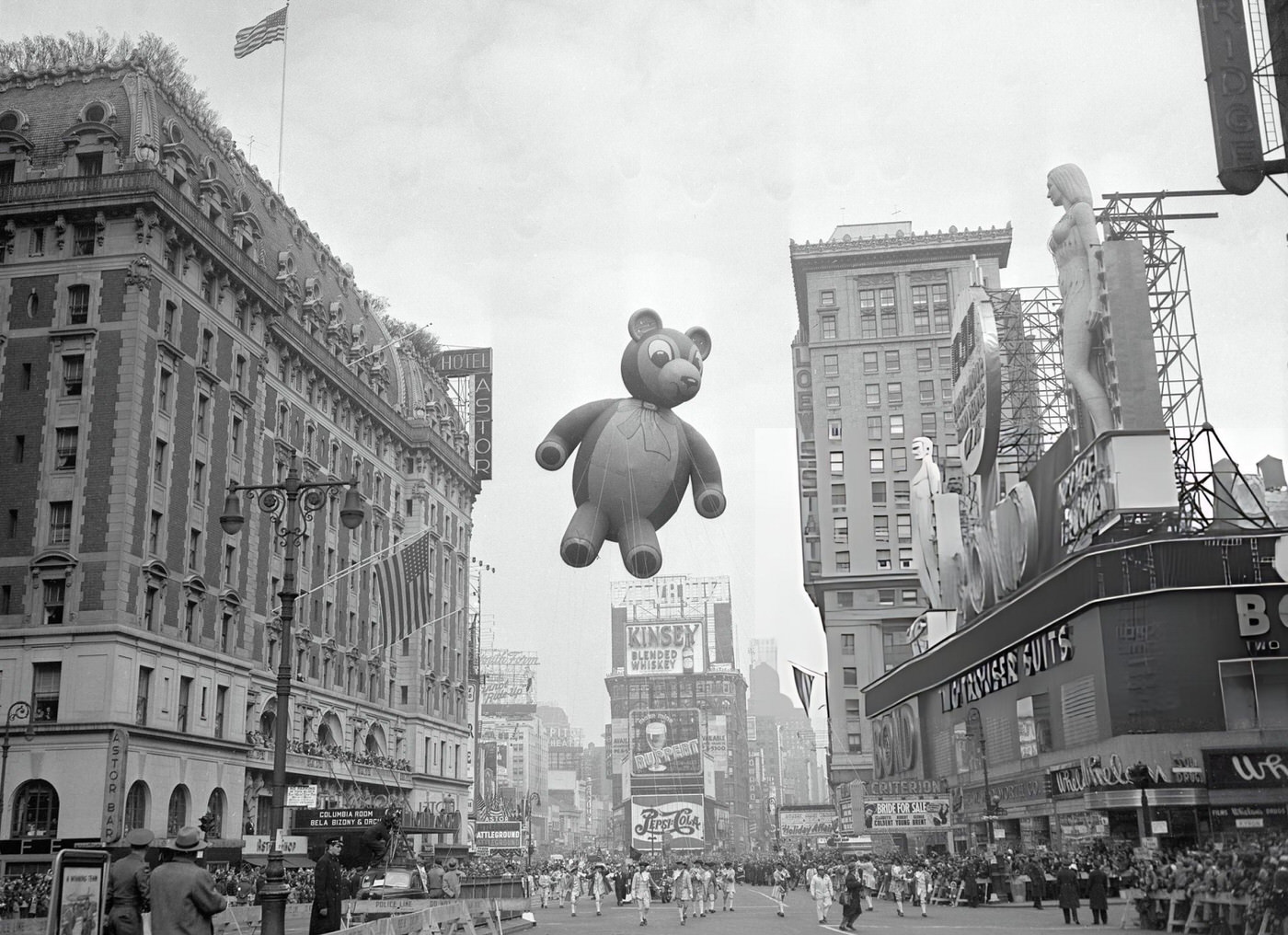
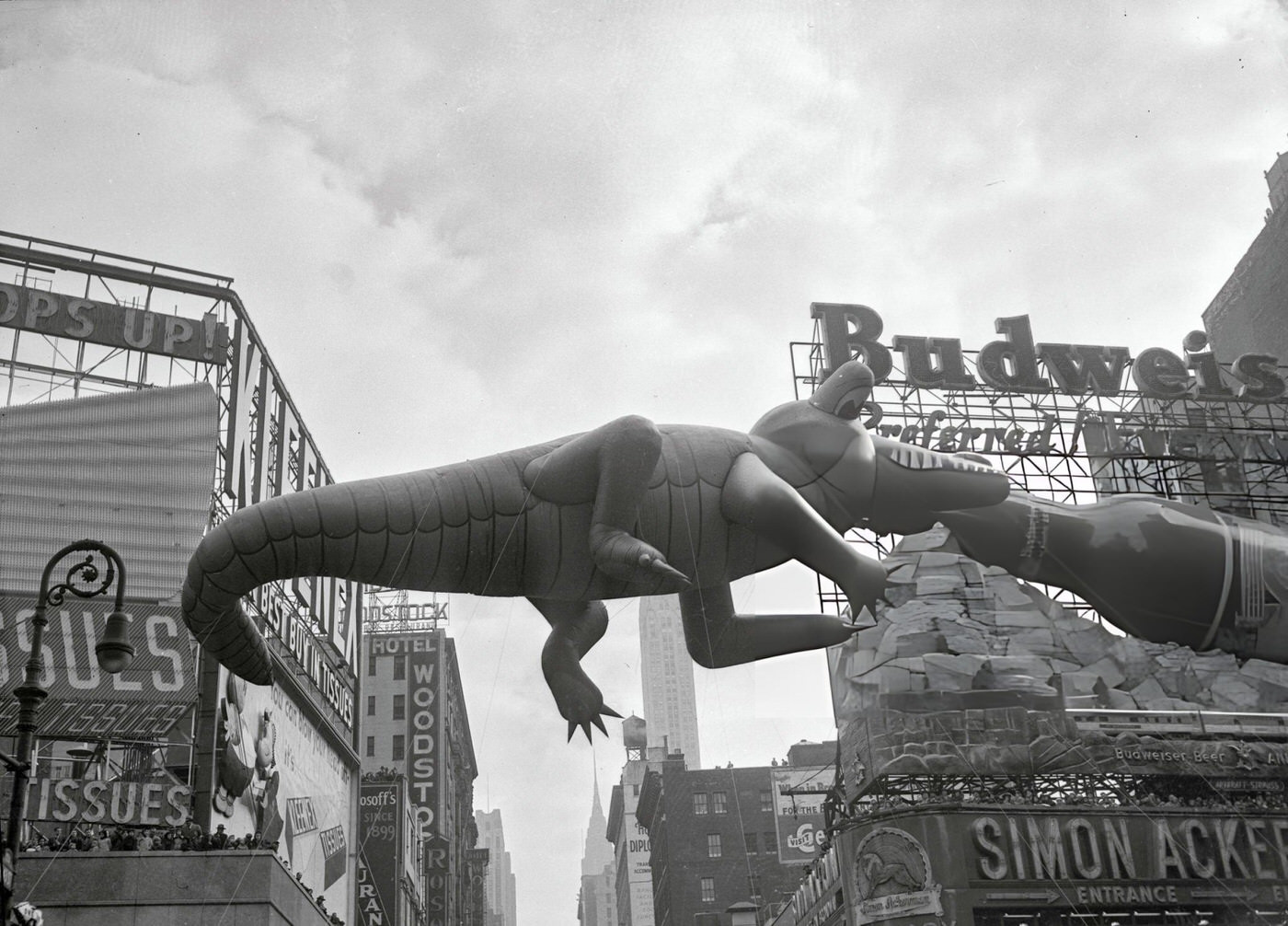
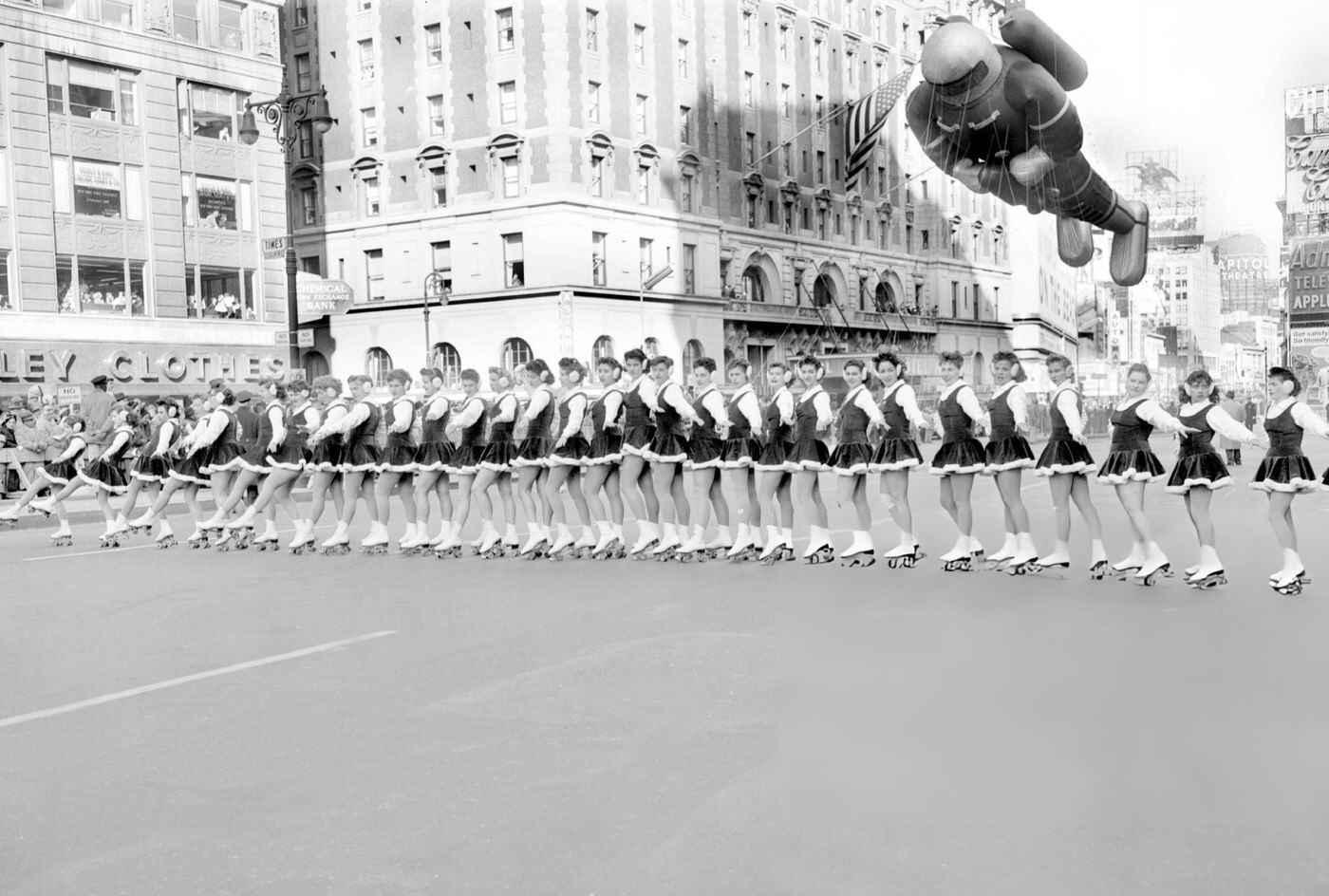
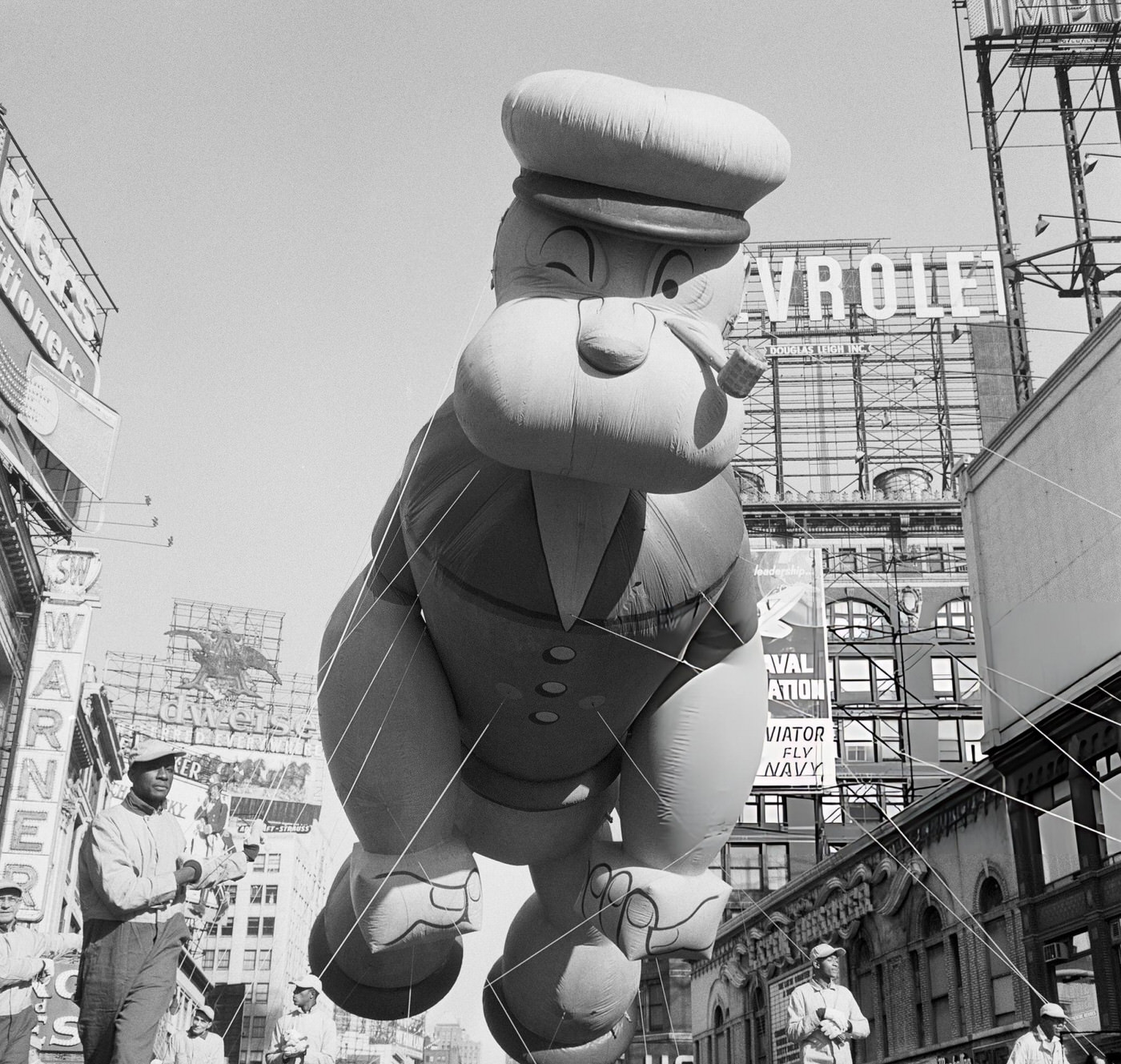
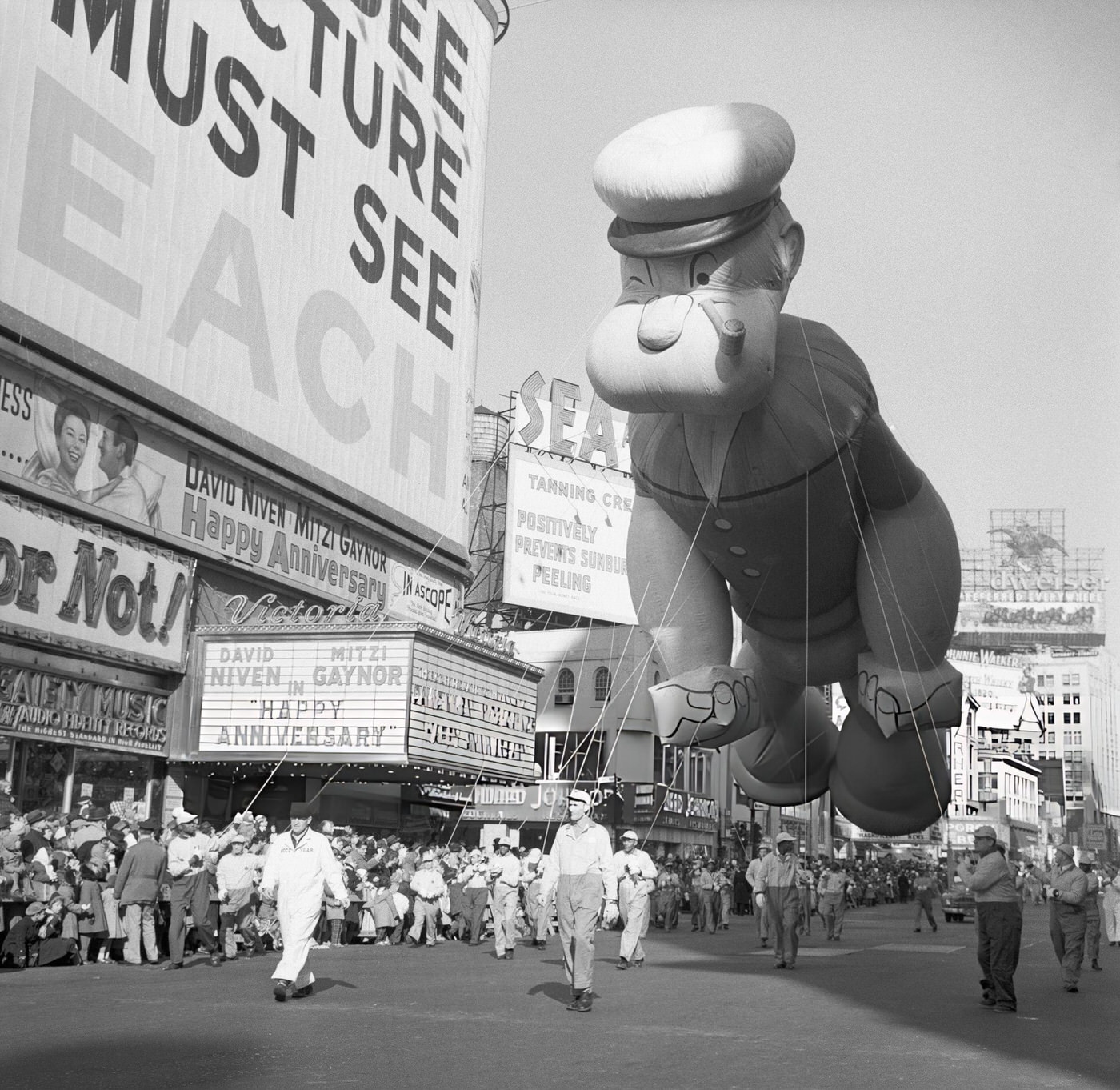
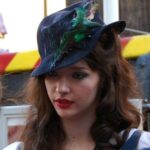
GIPHY App Key not set. Please check settings